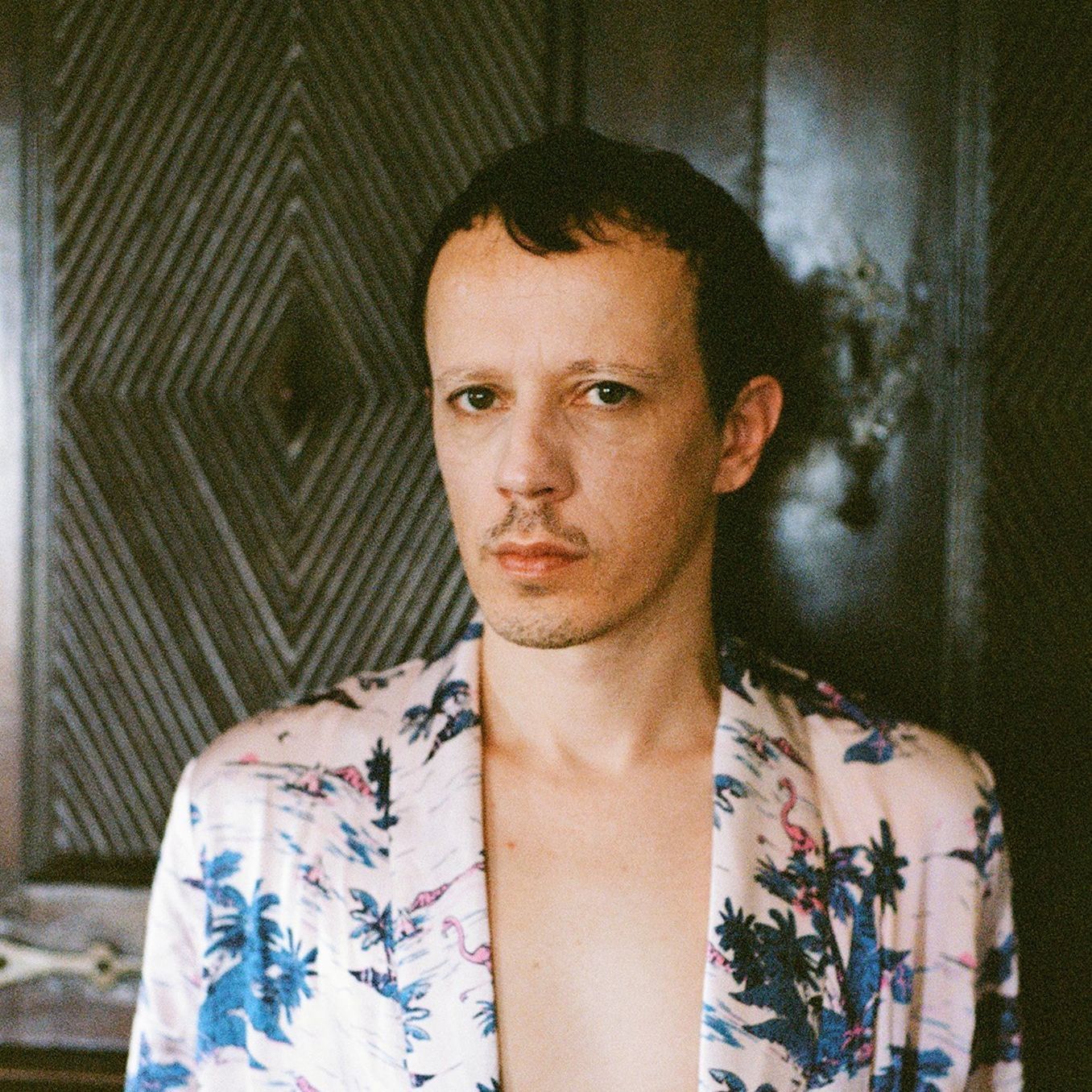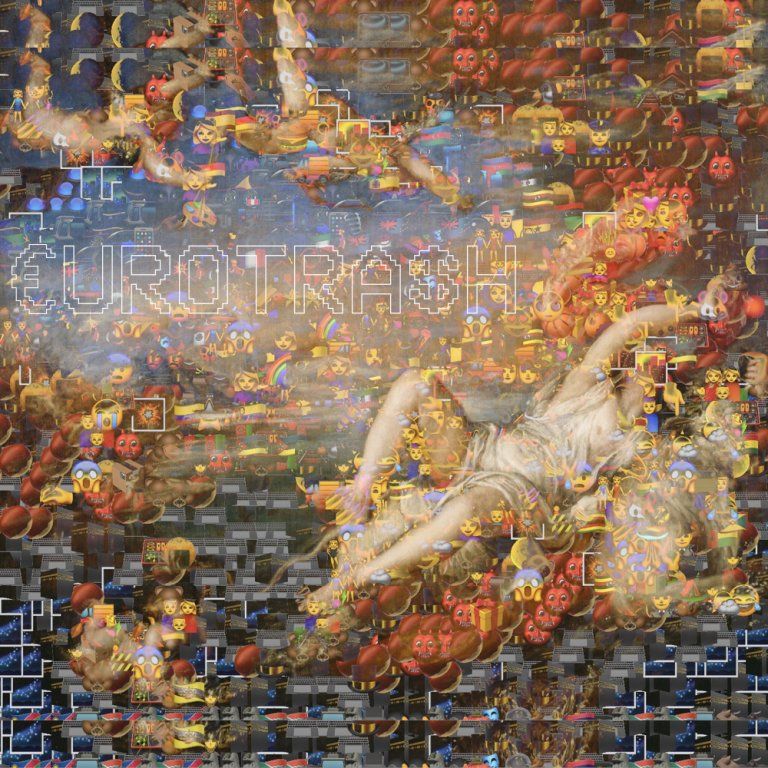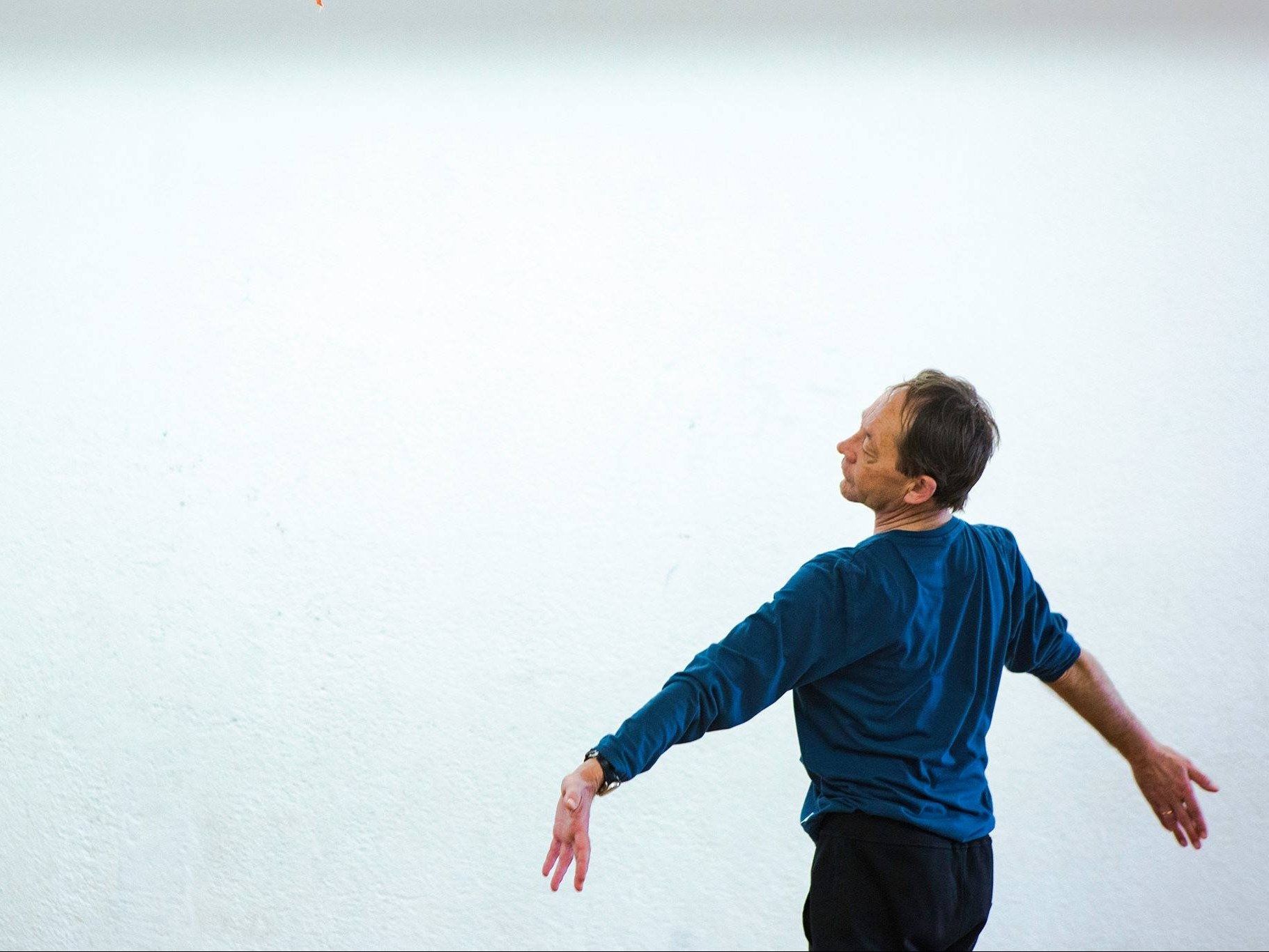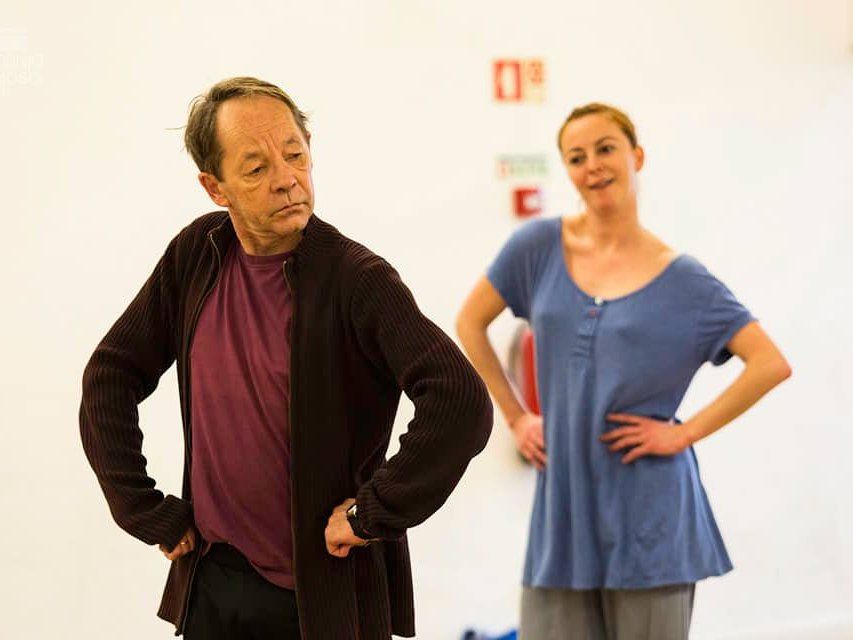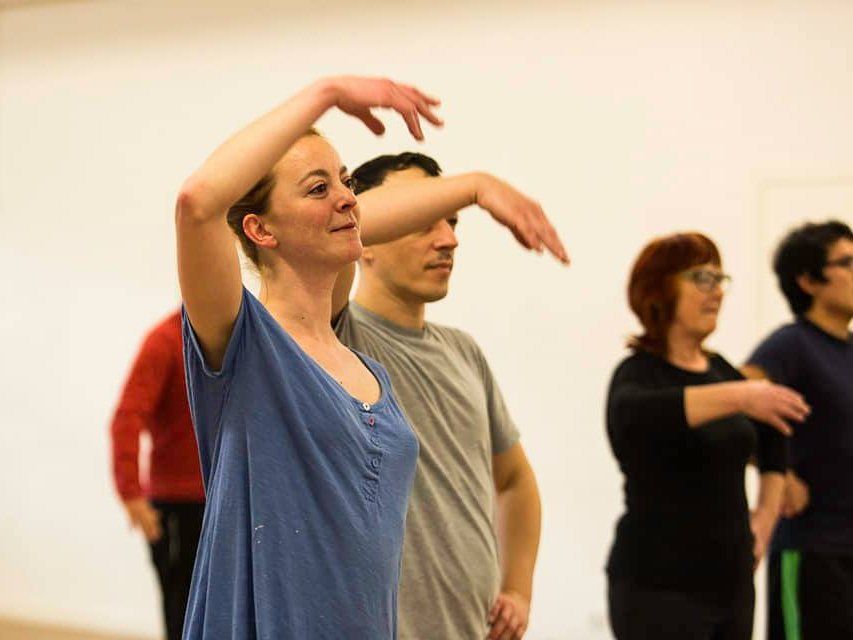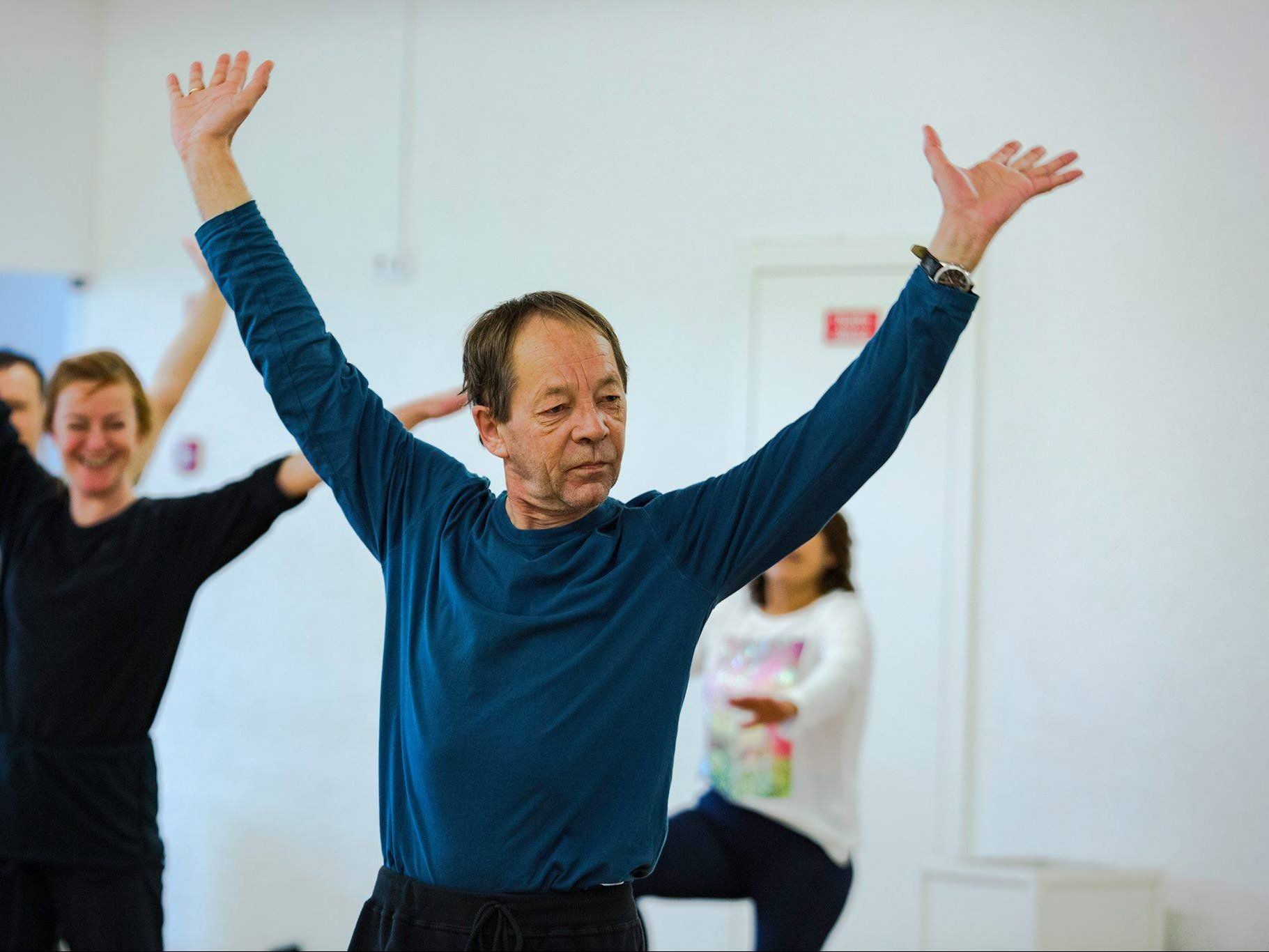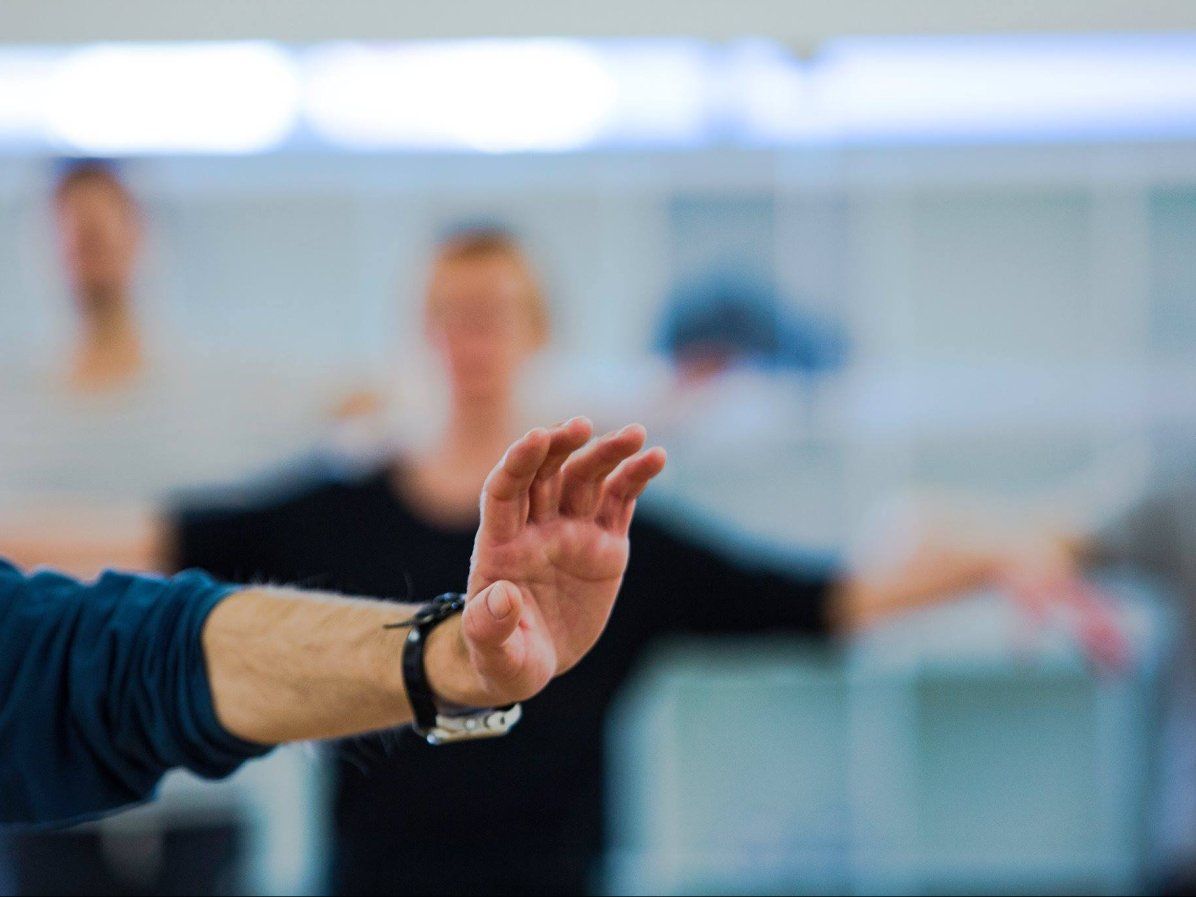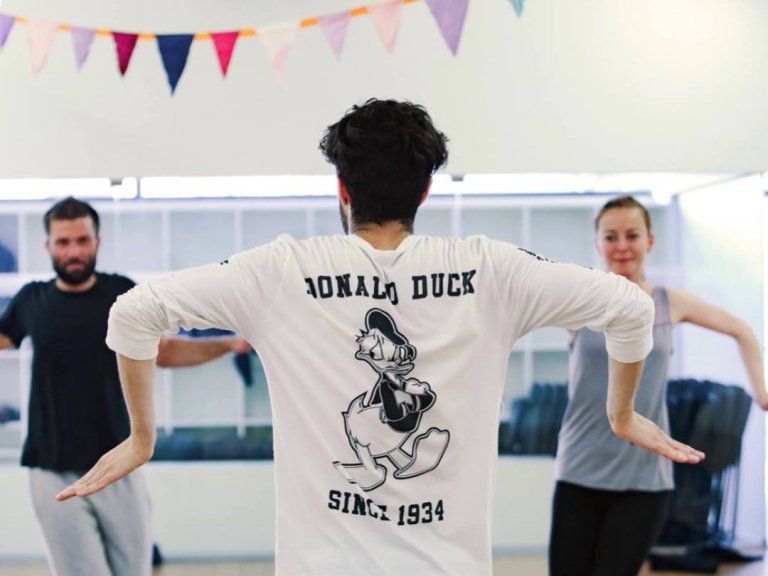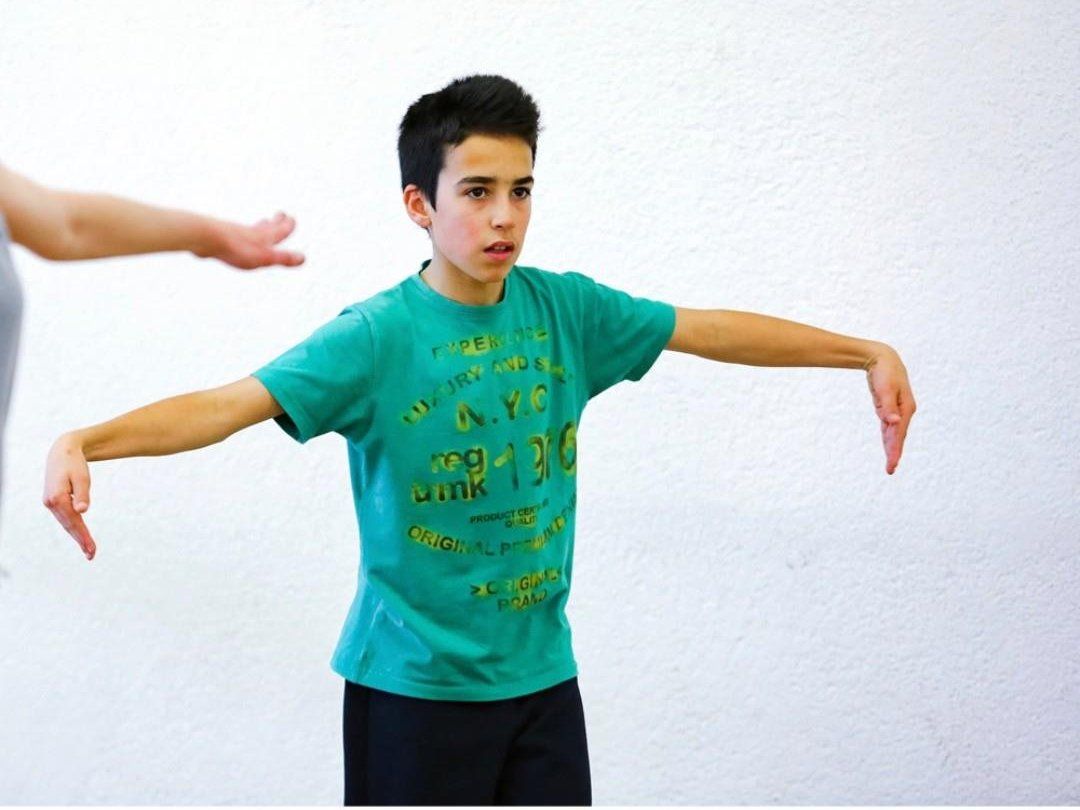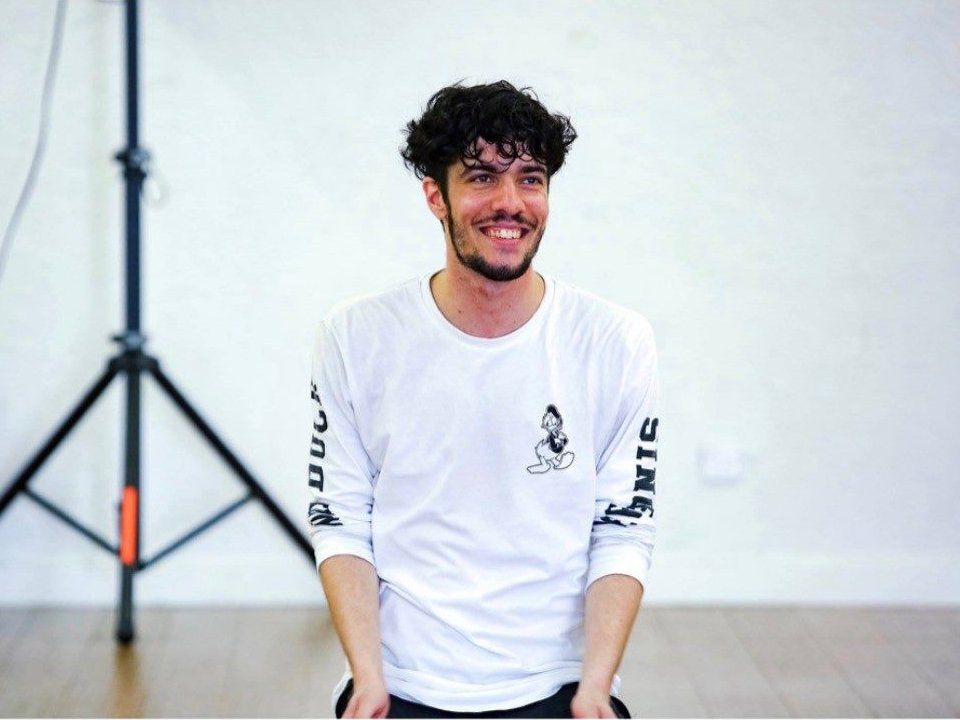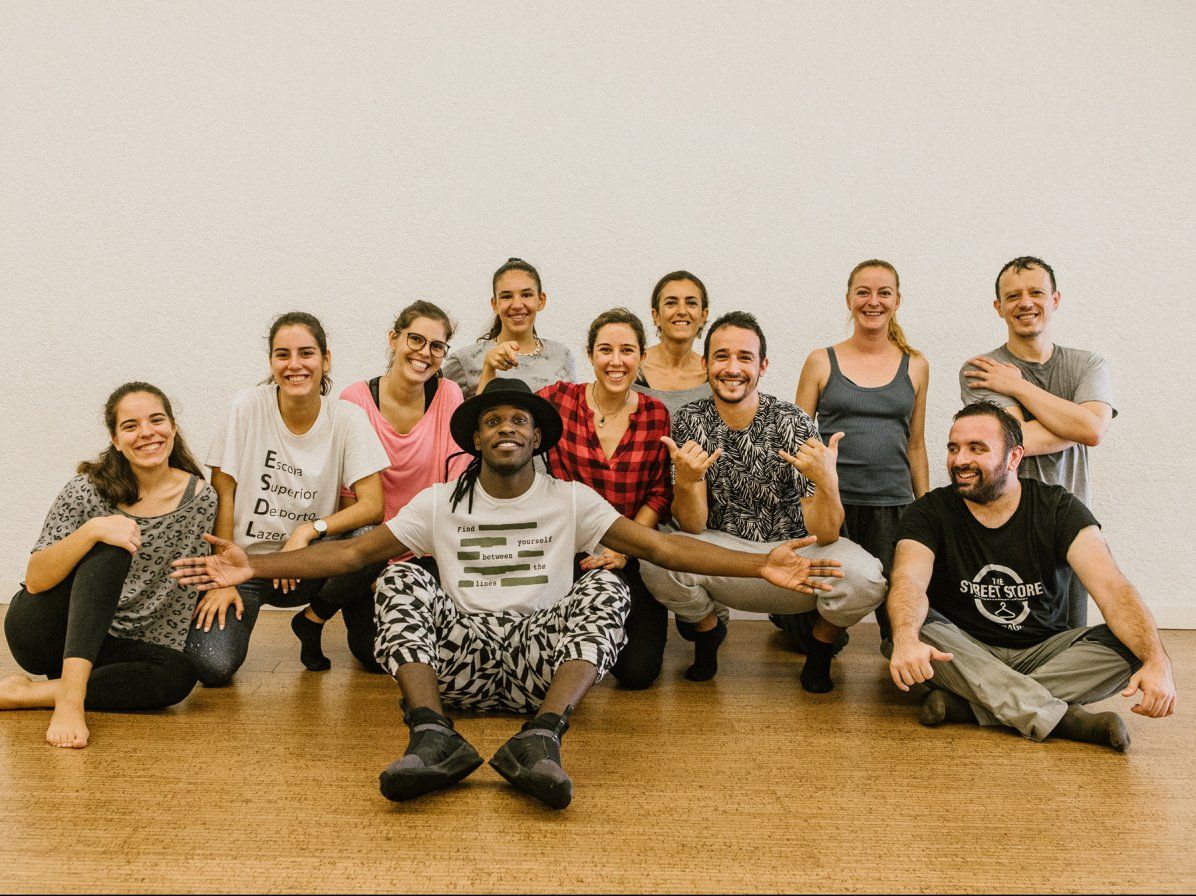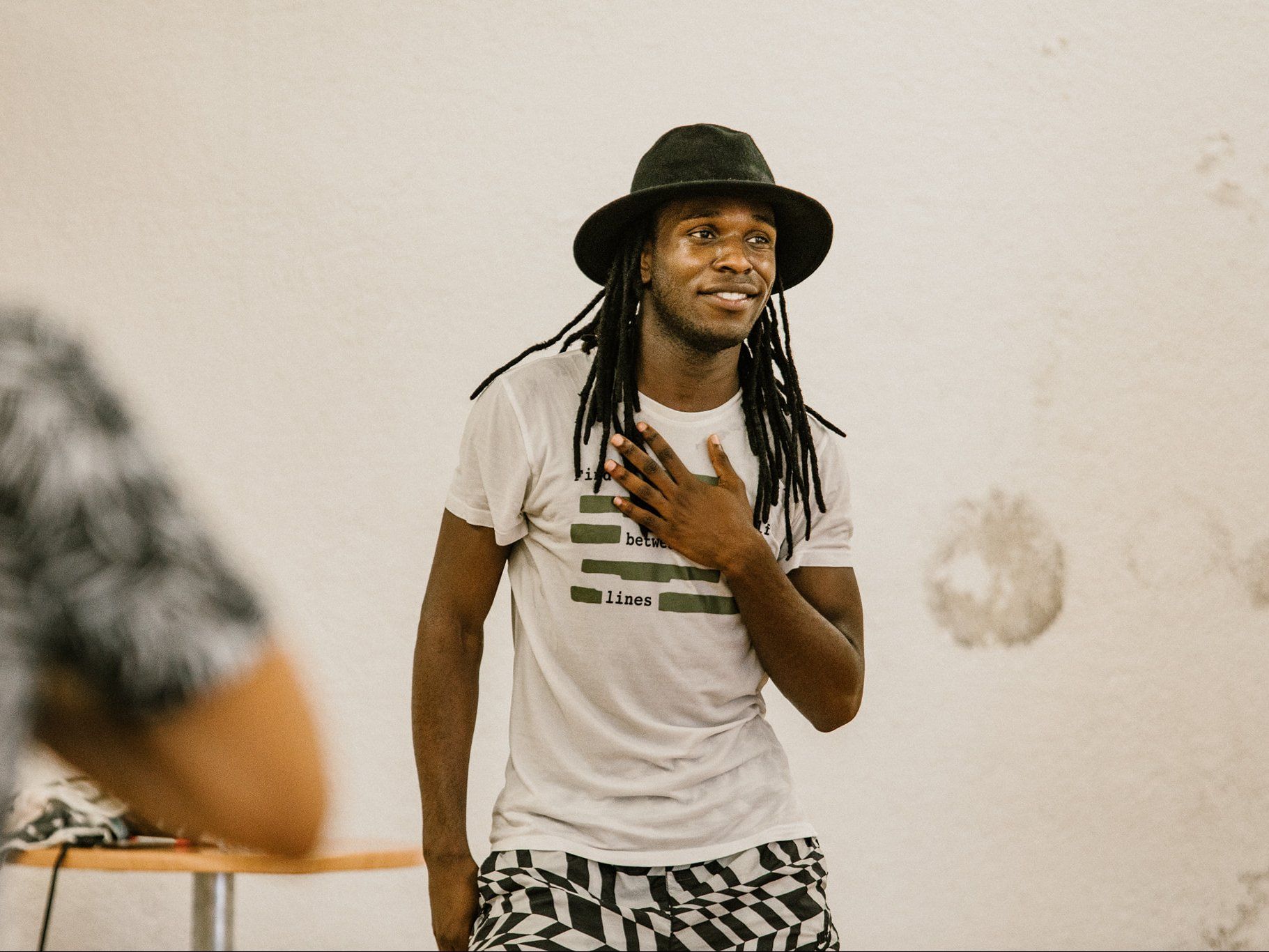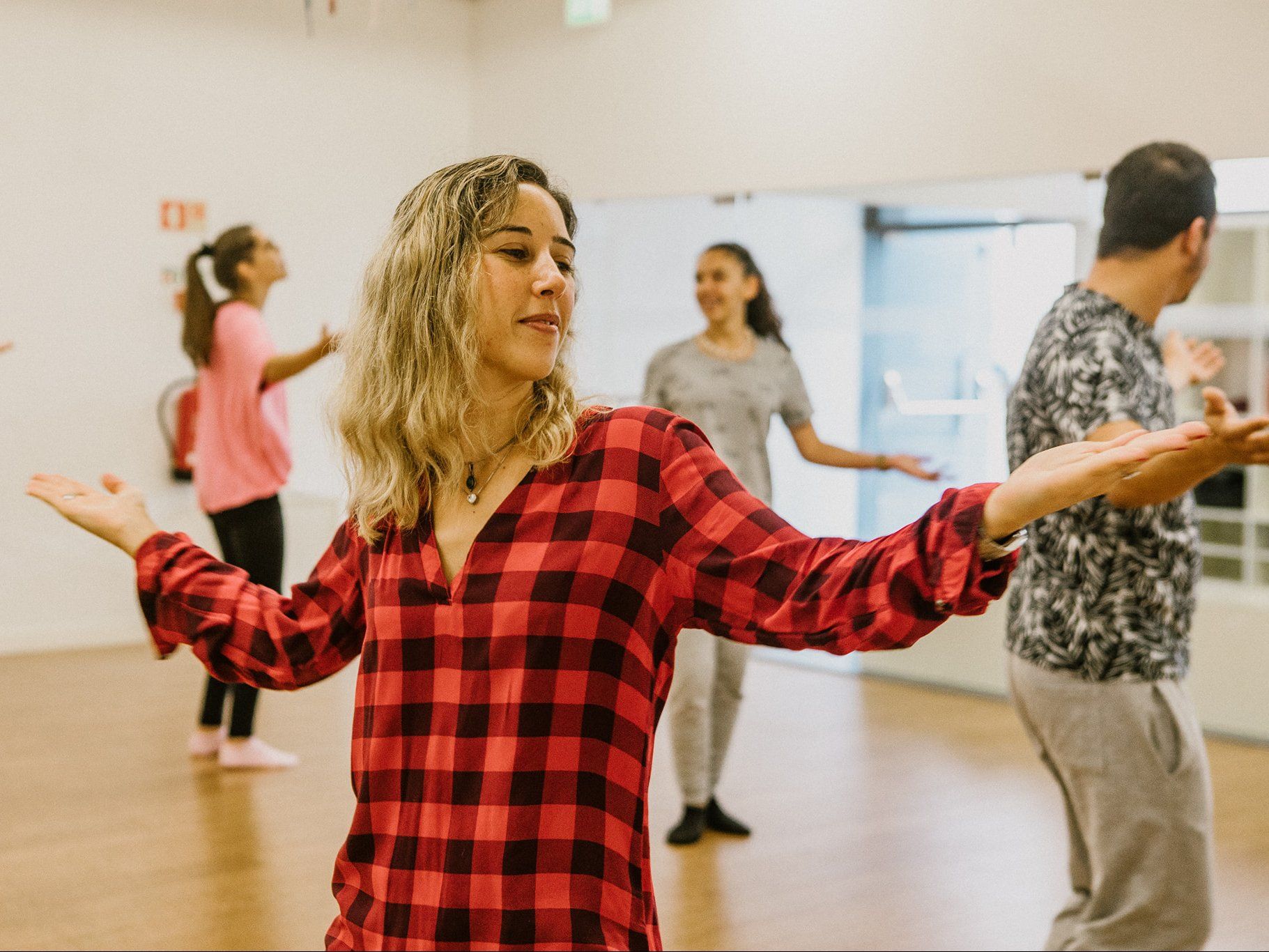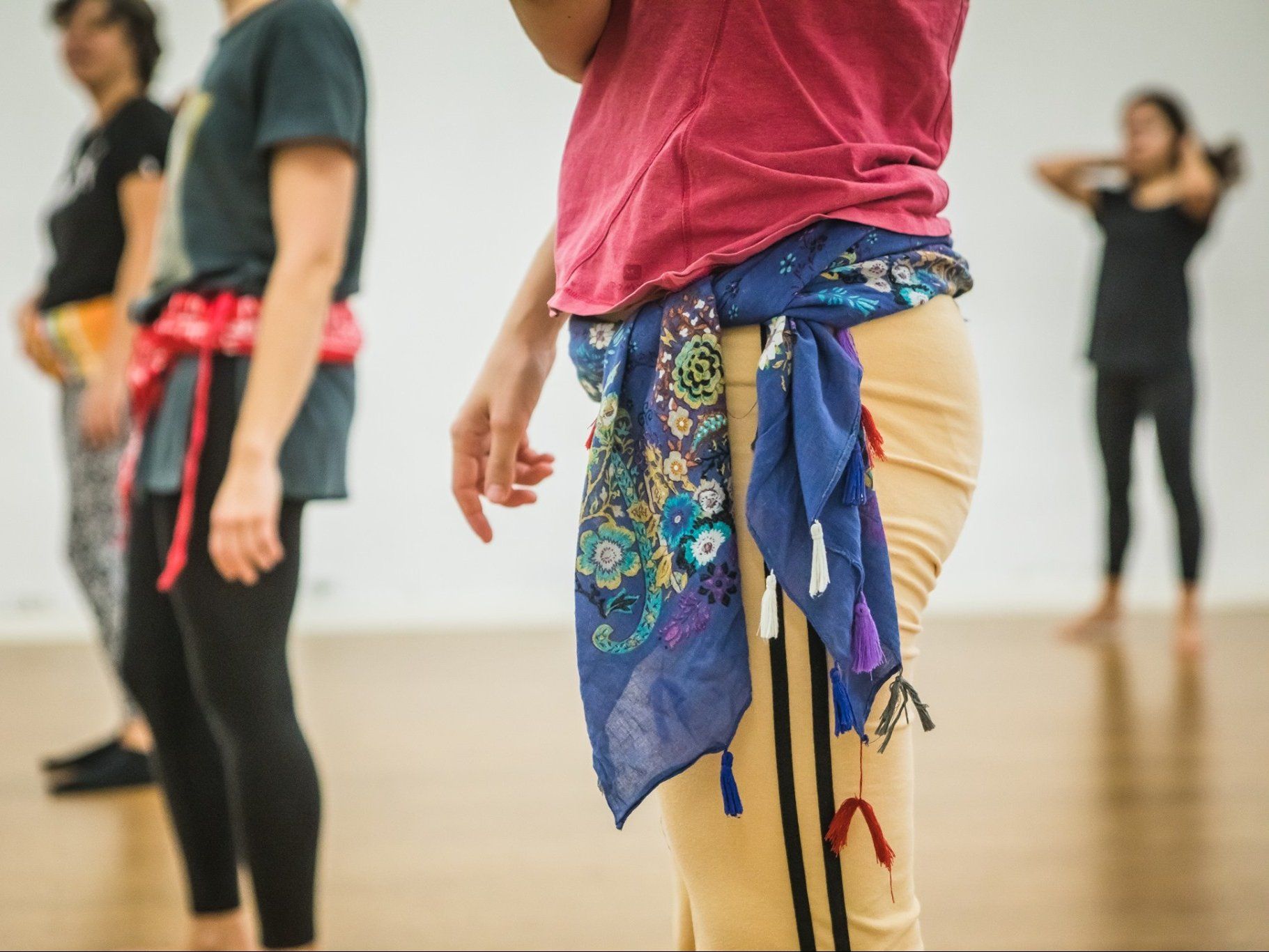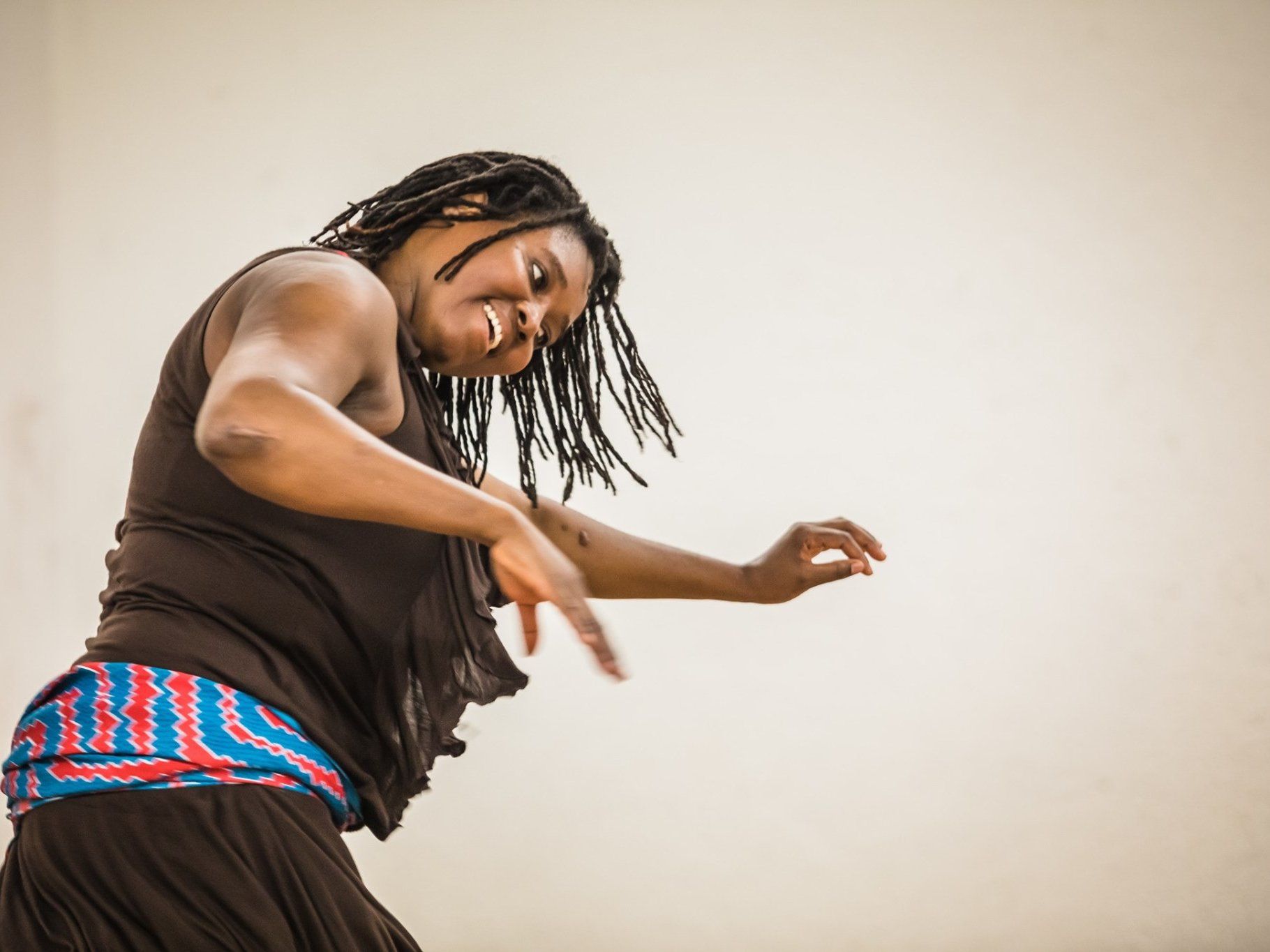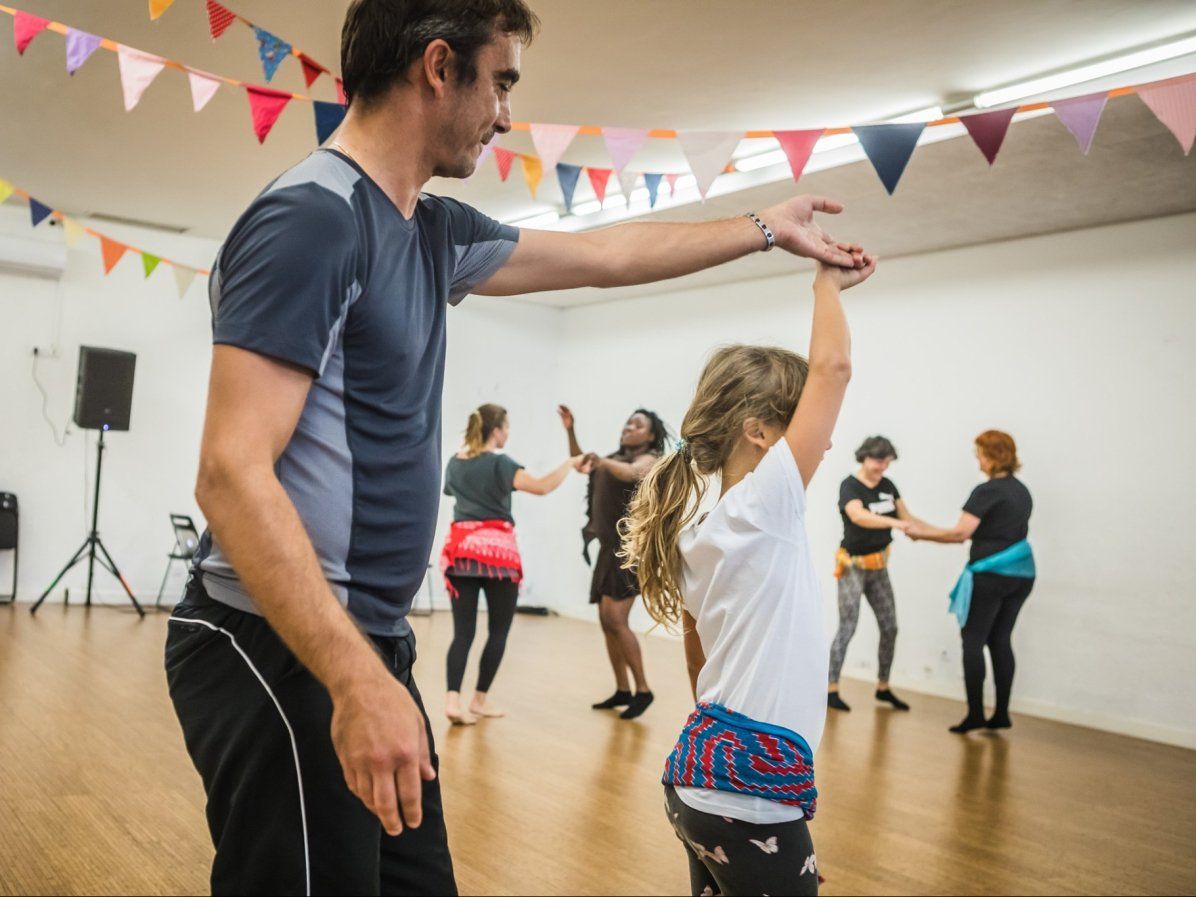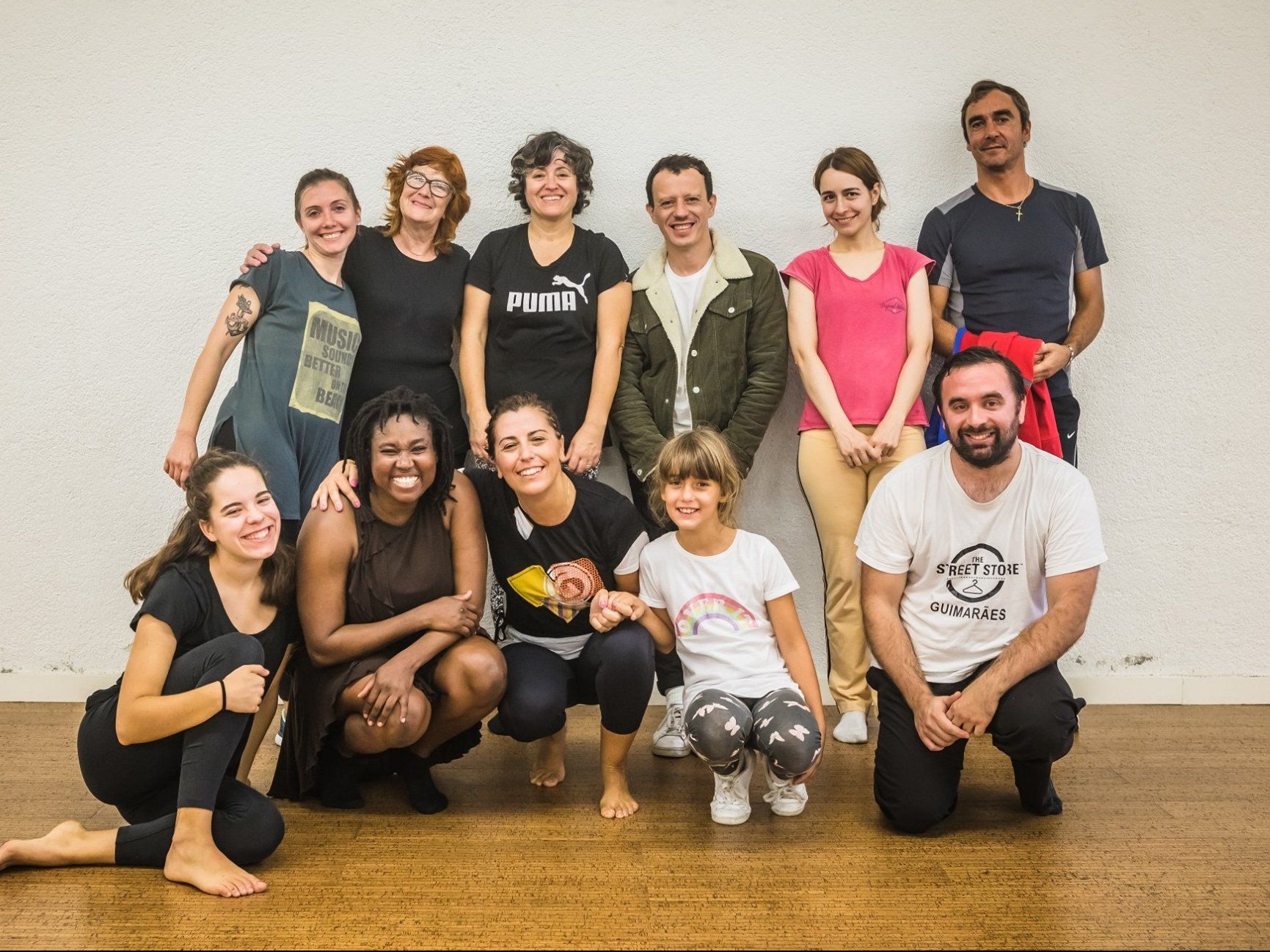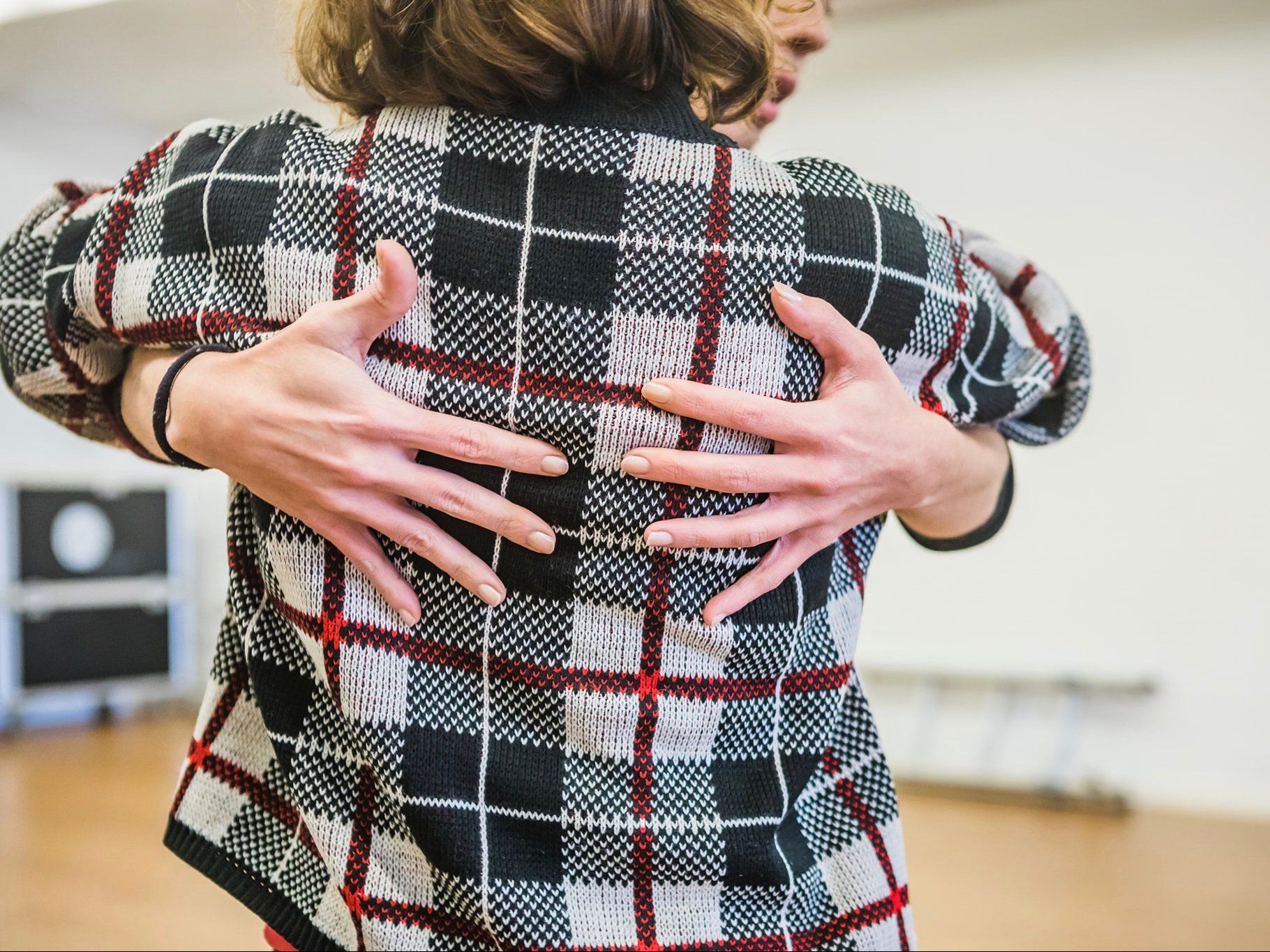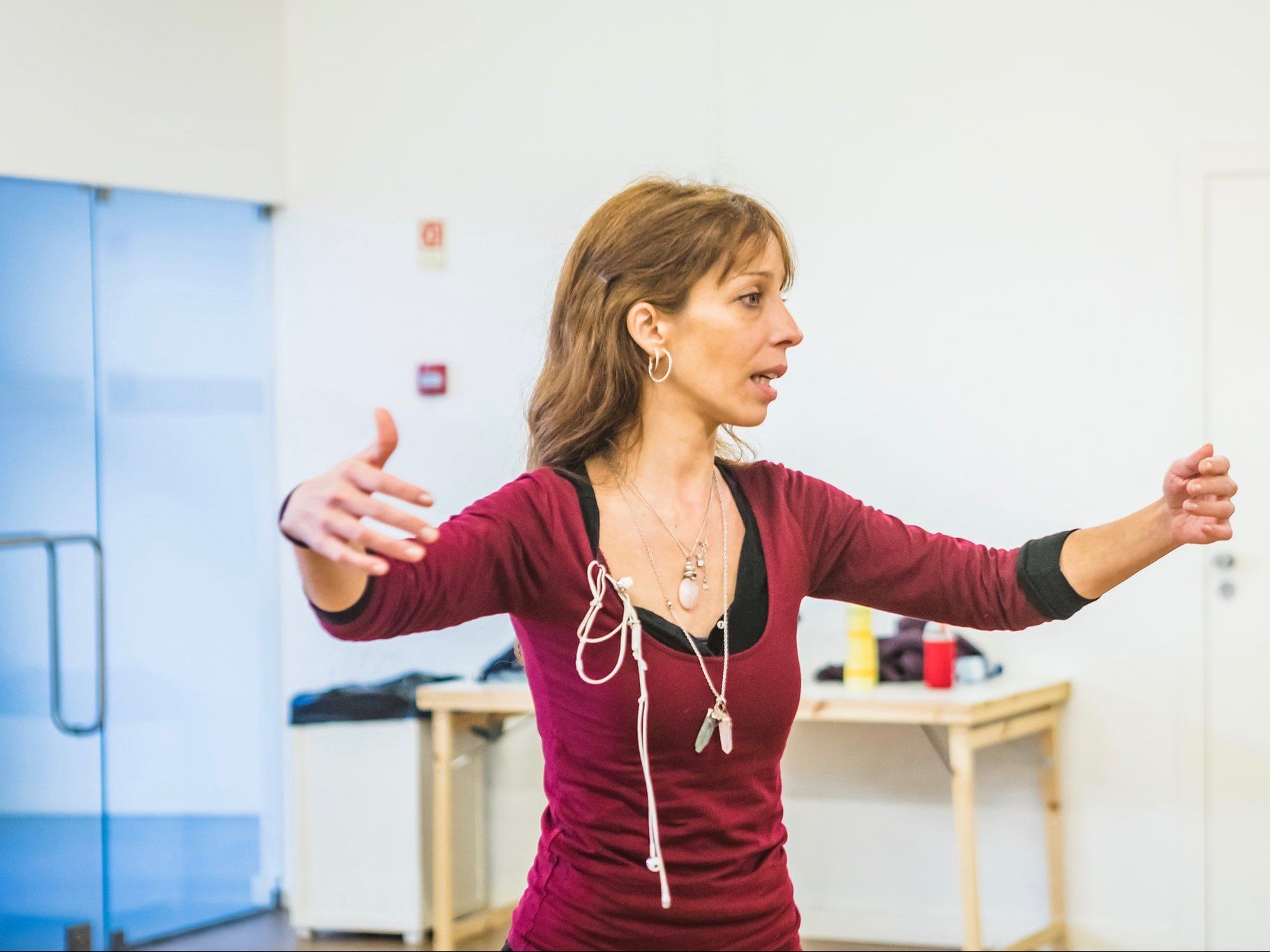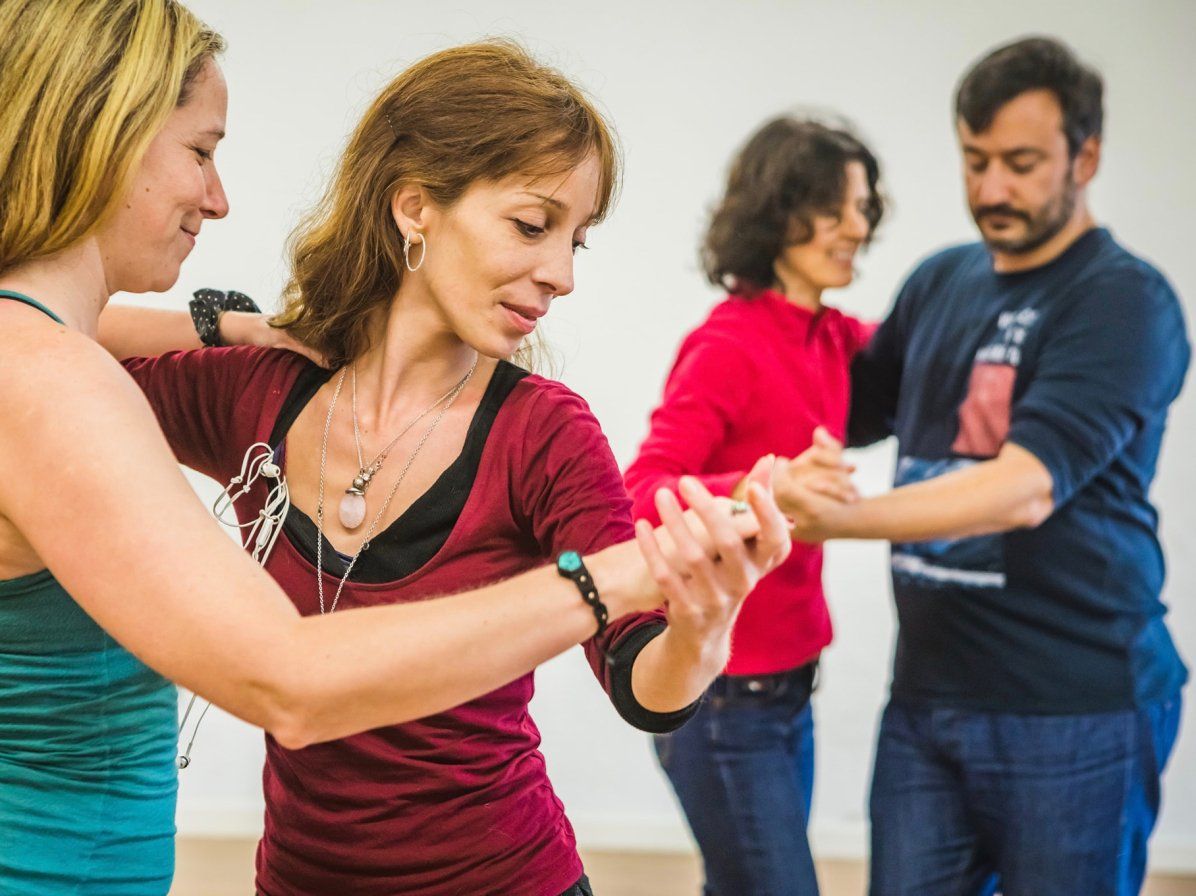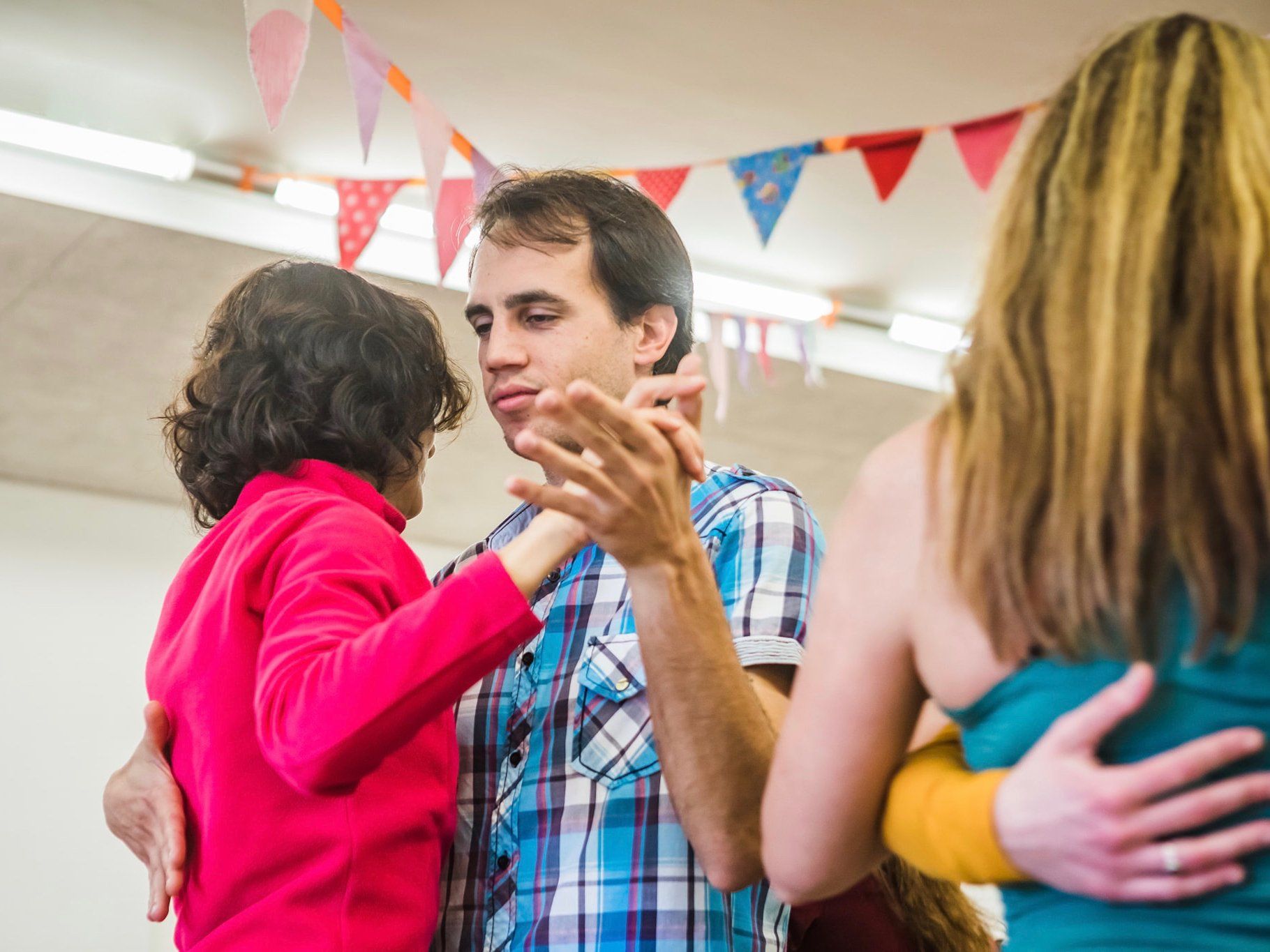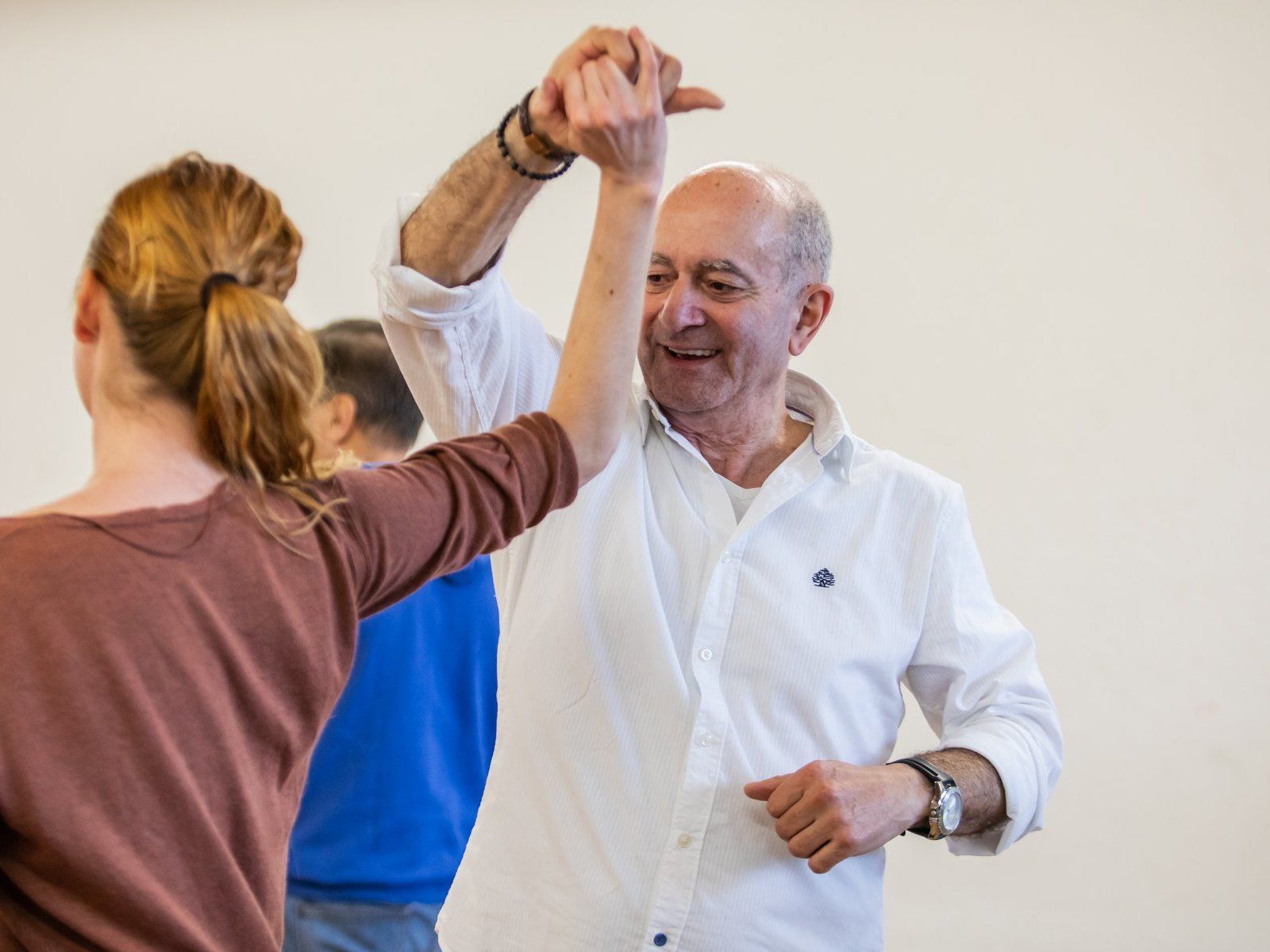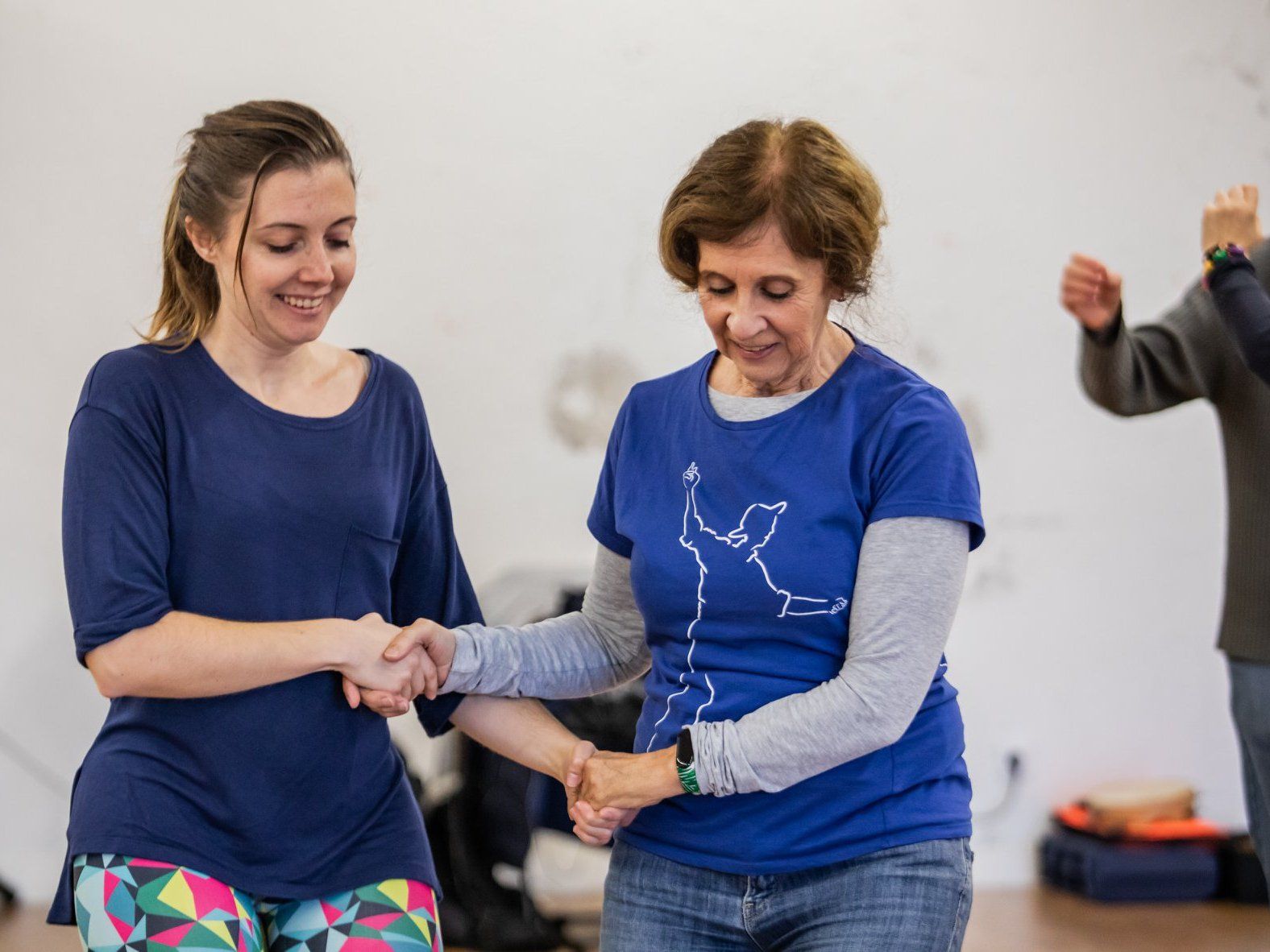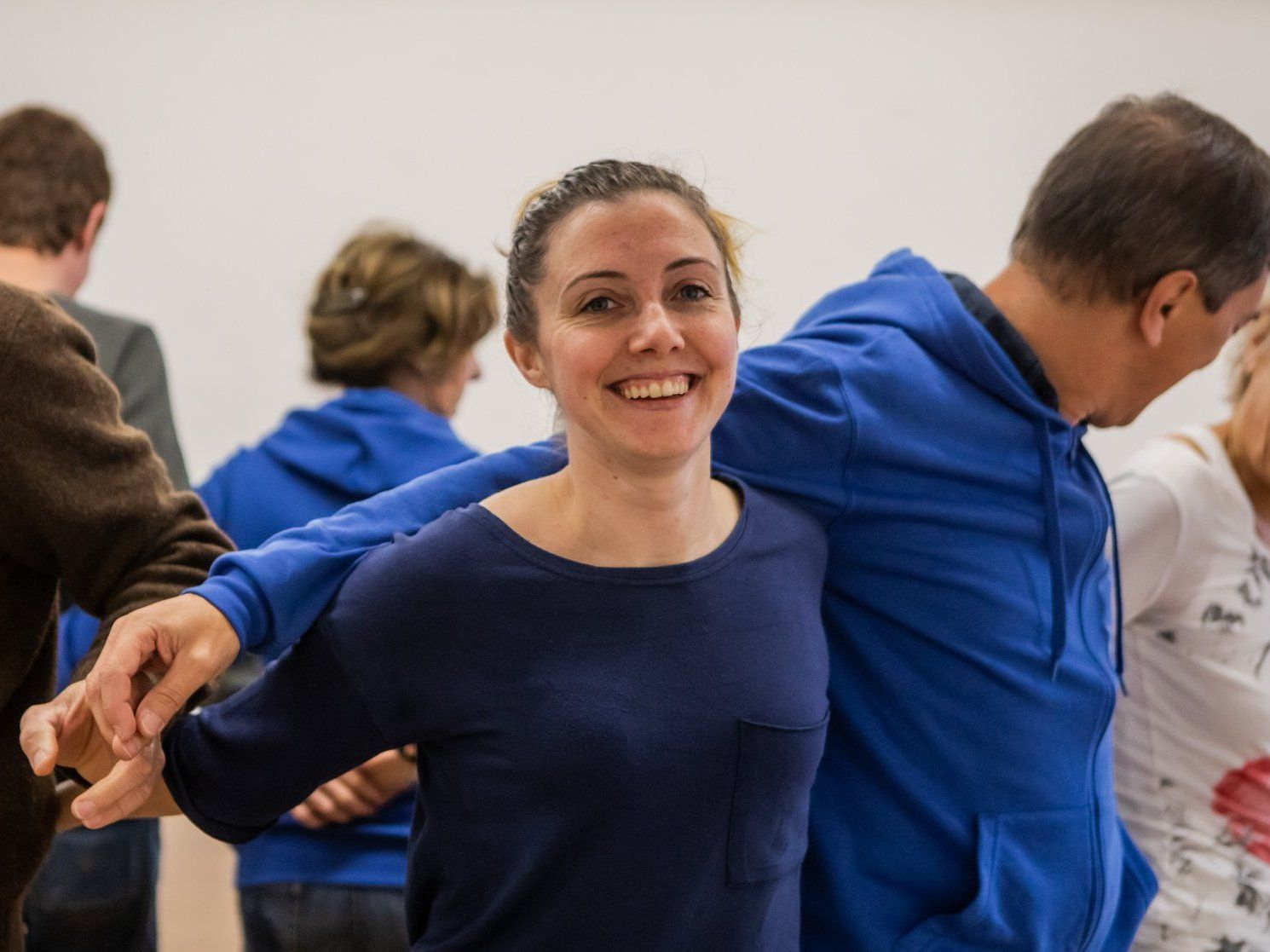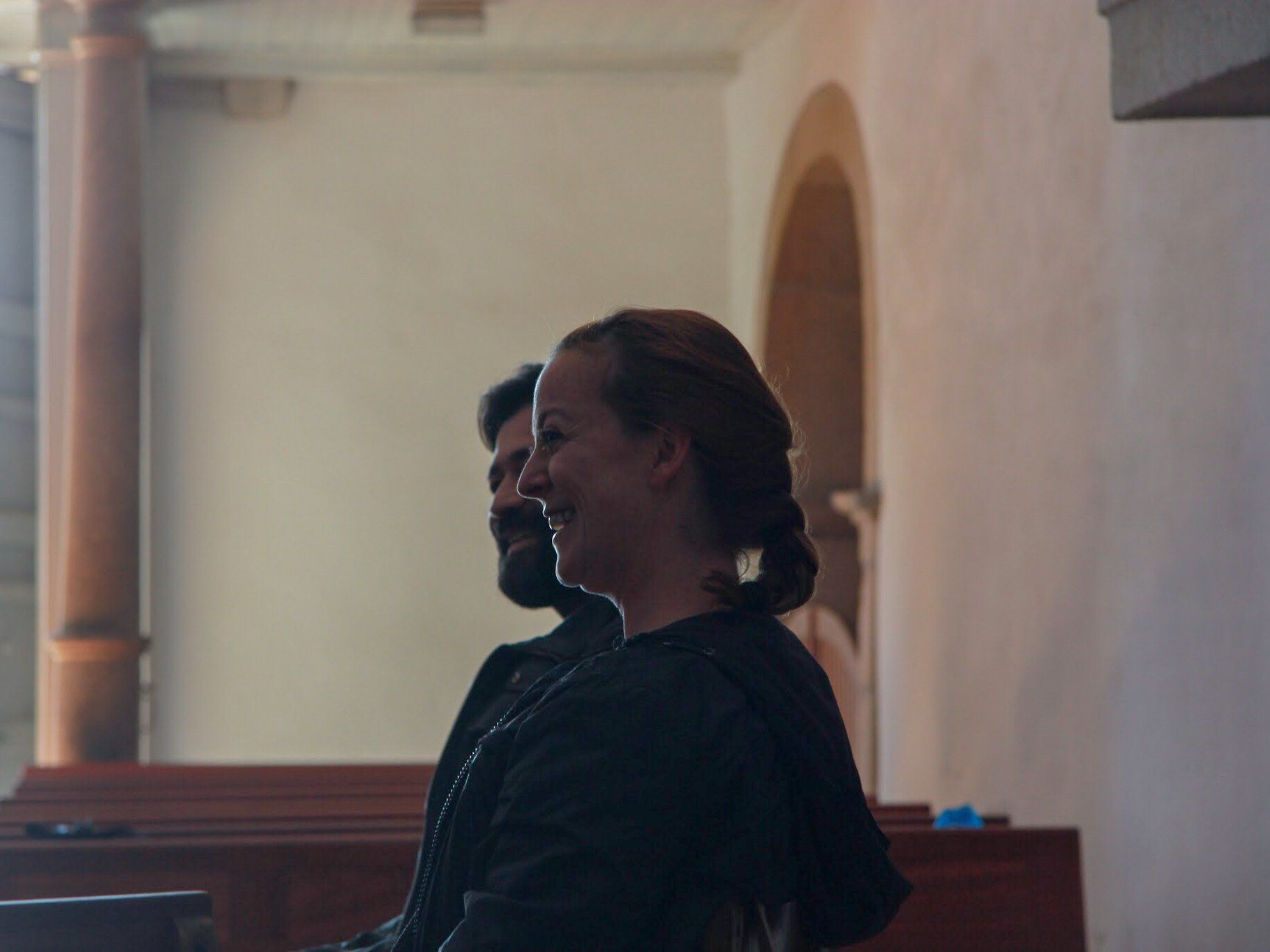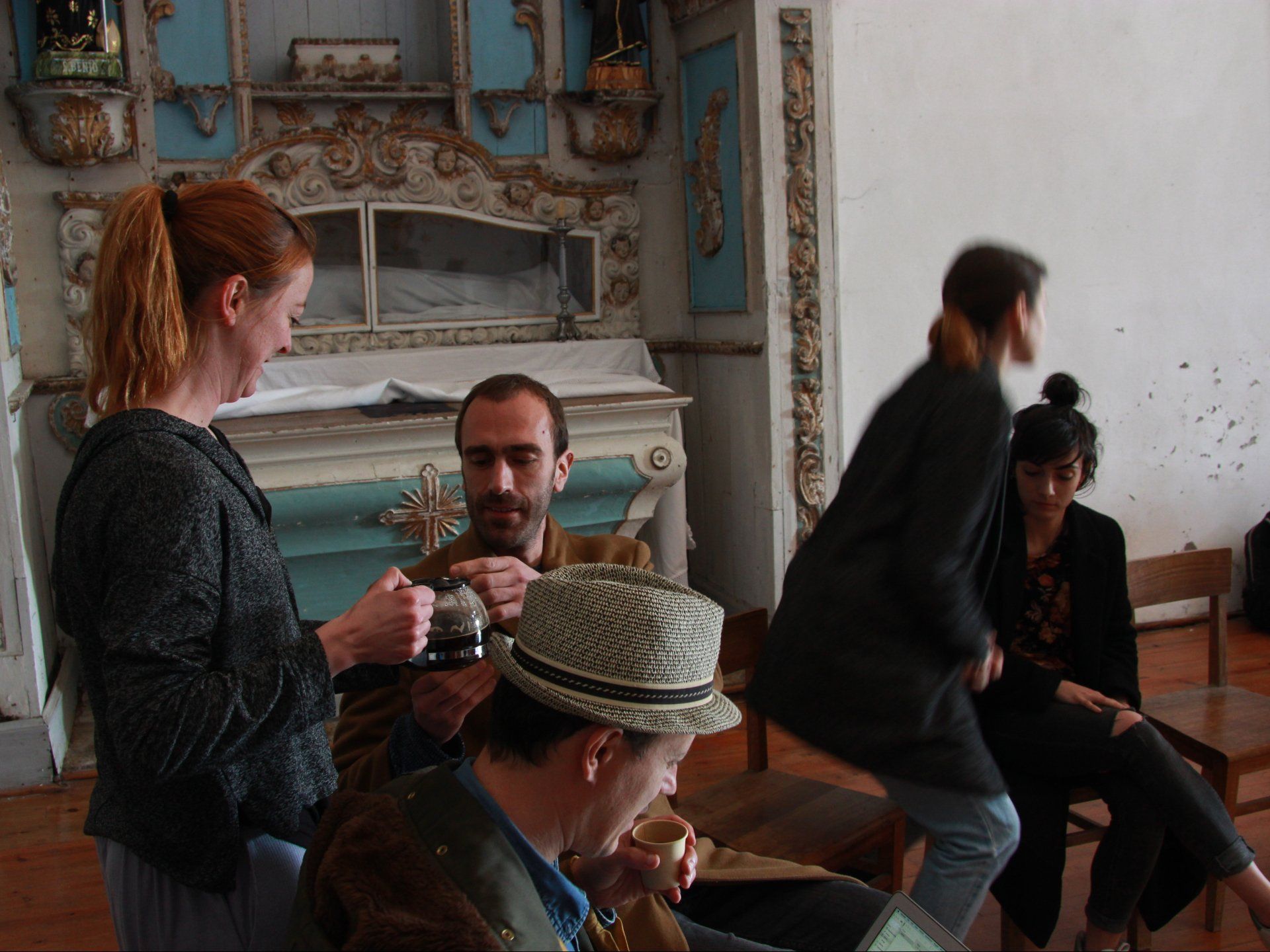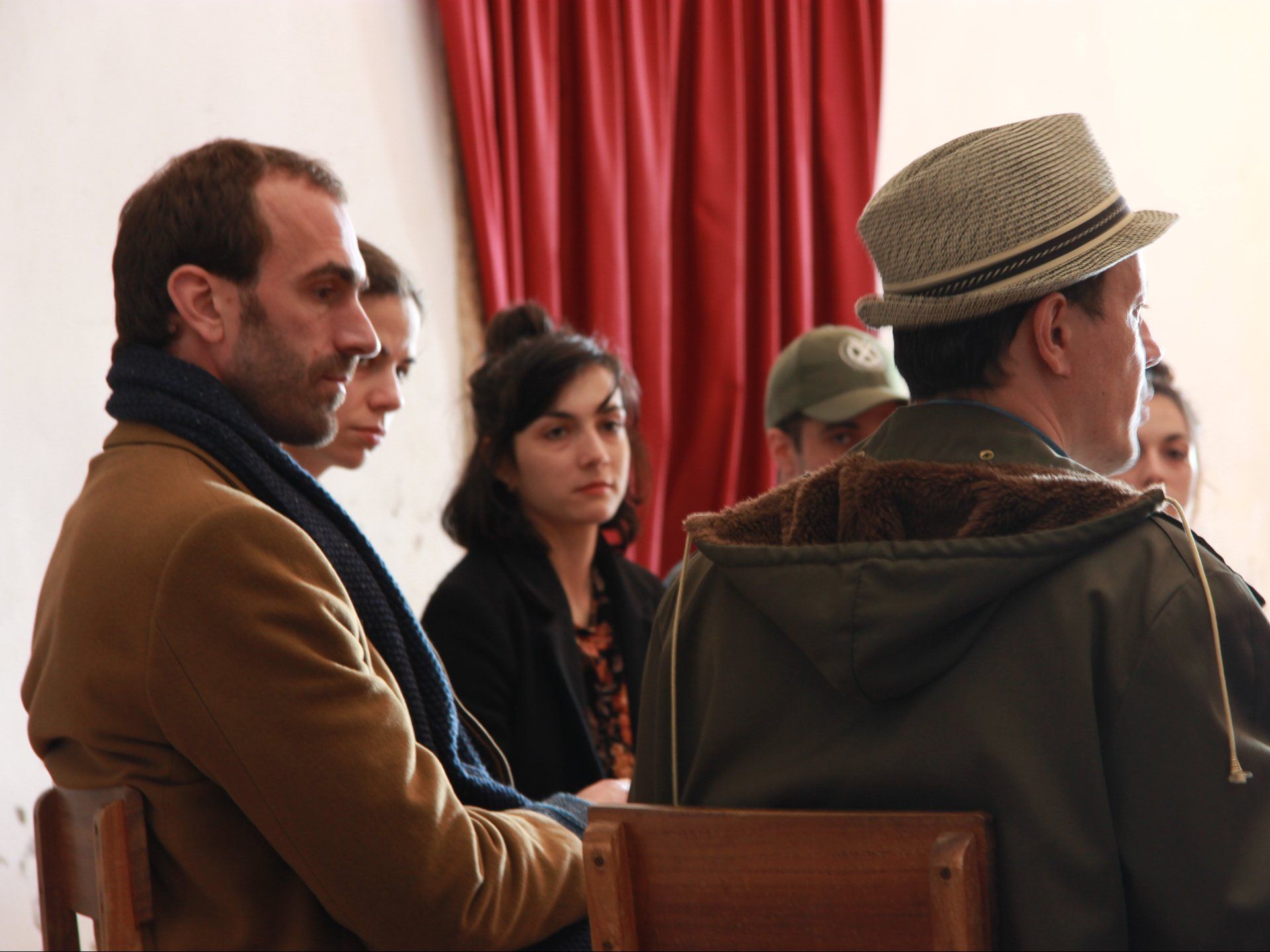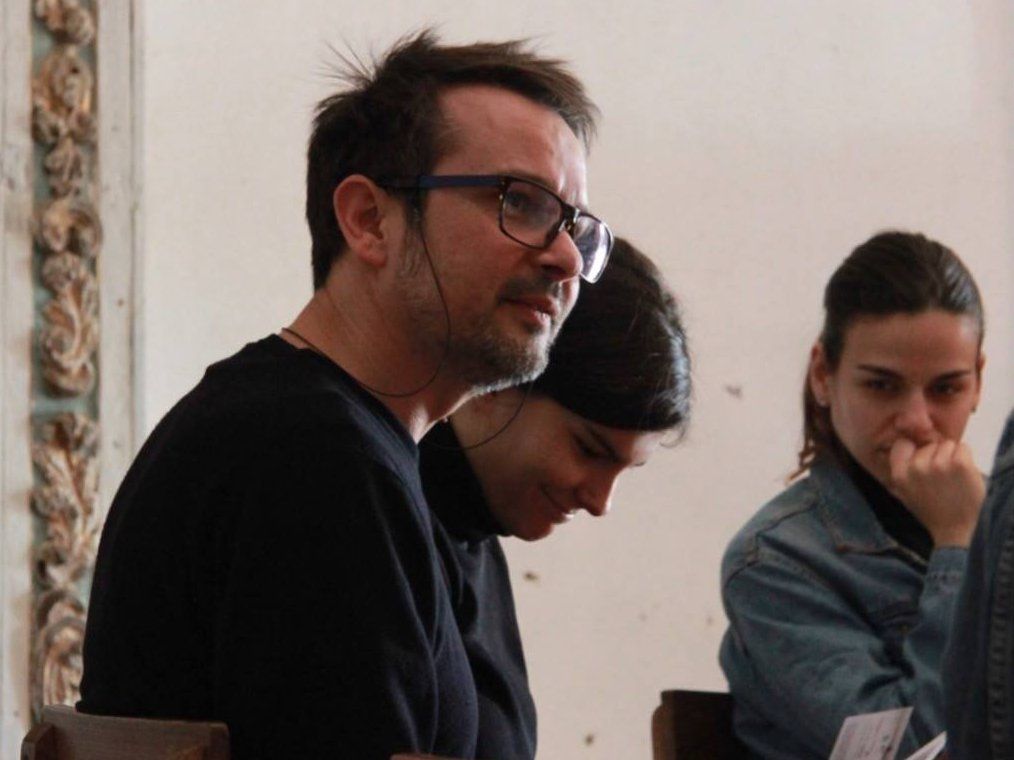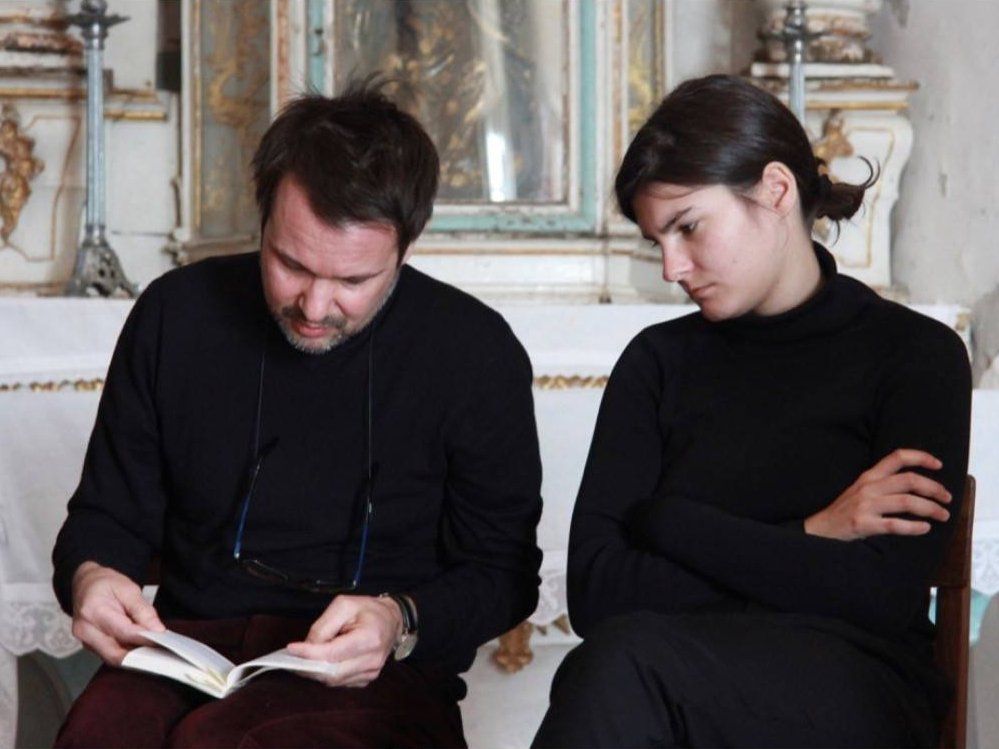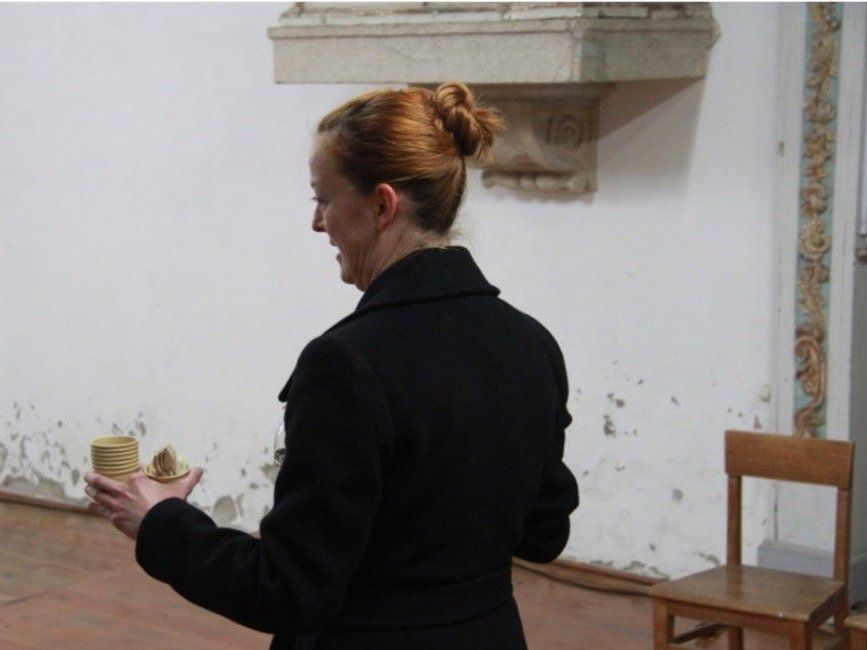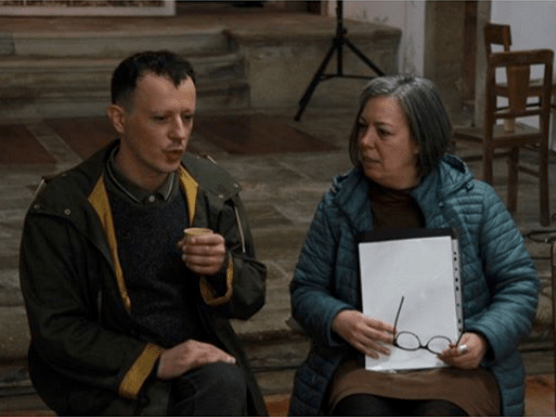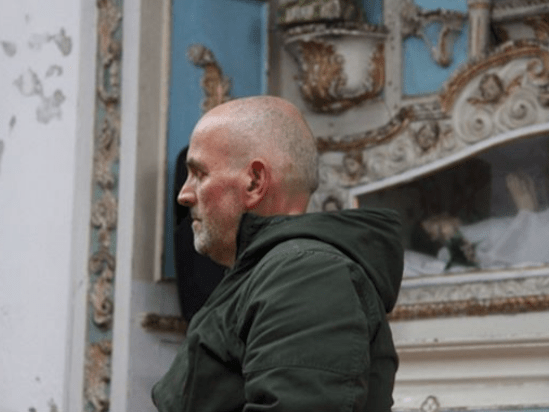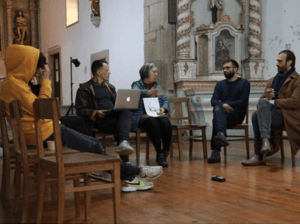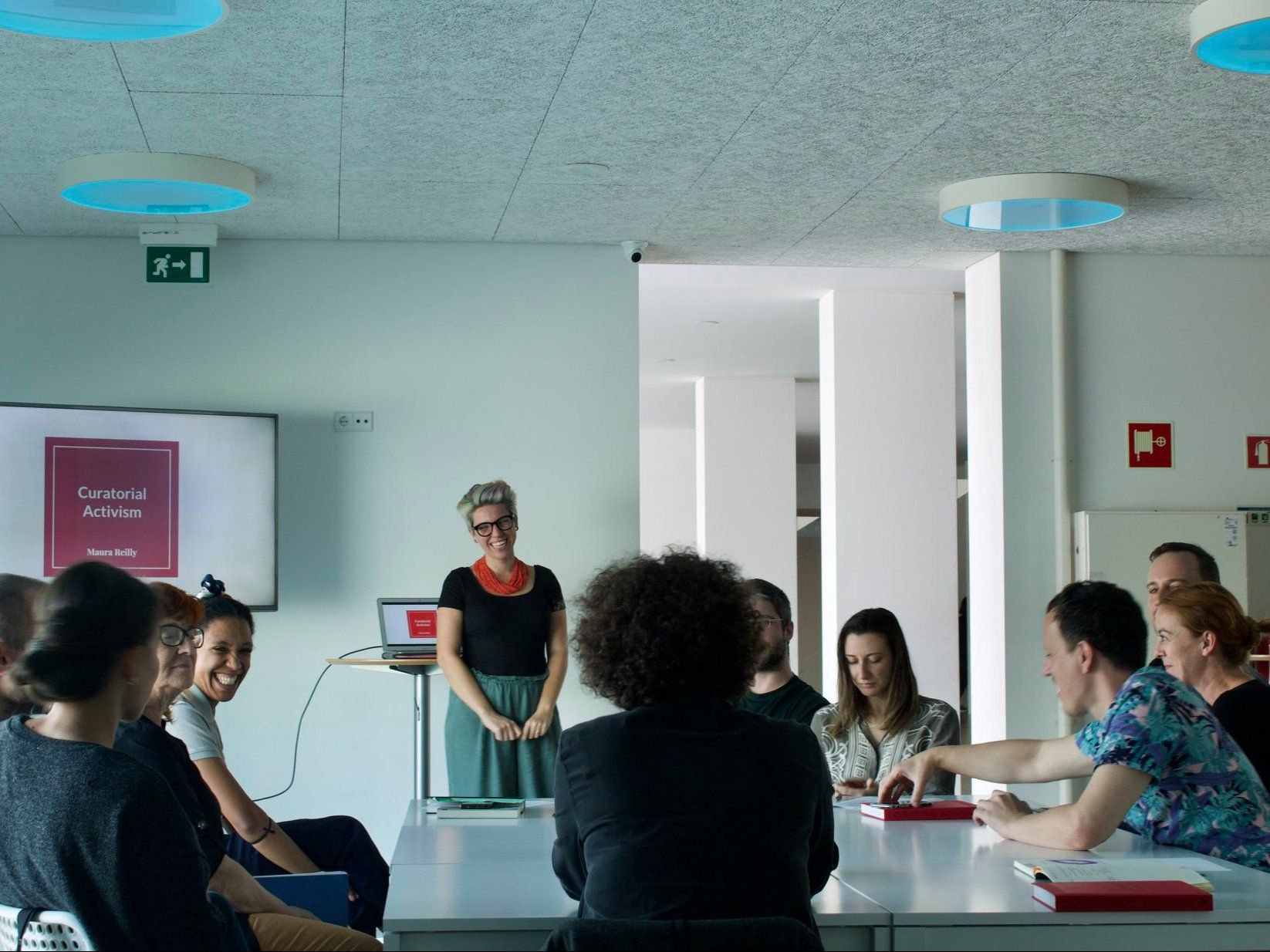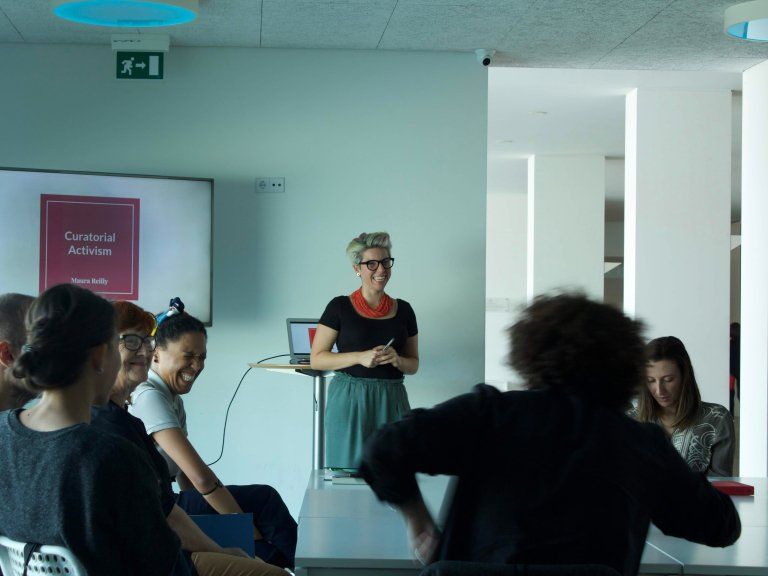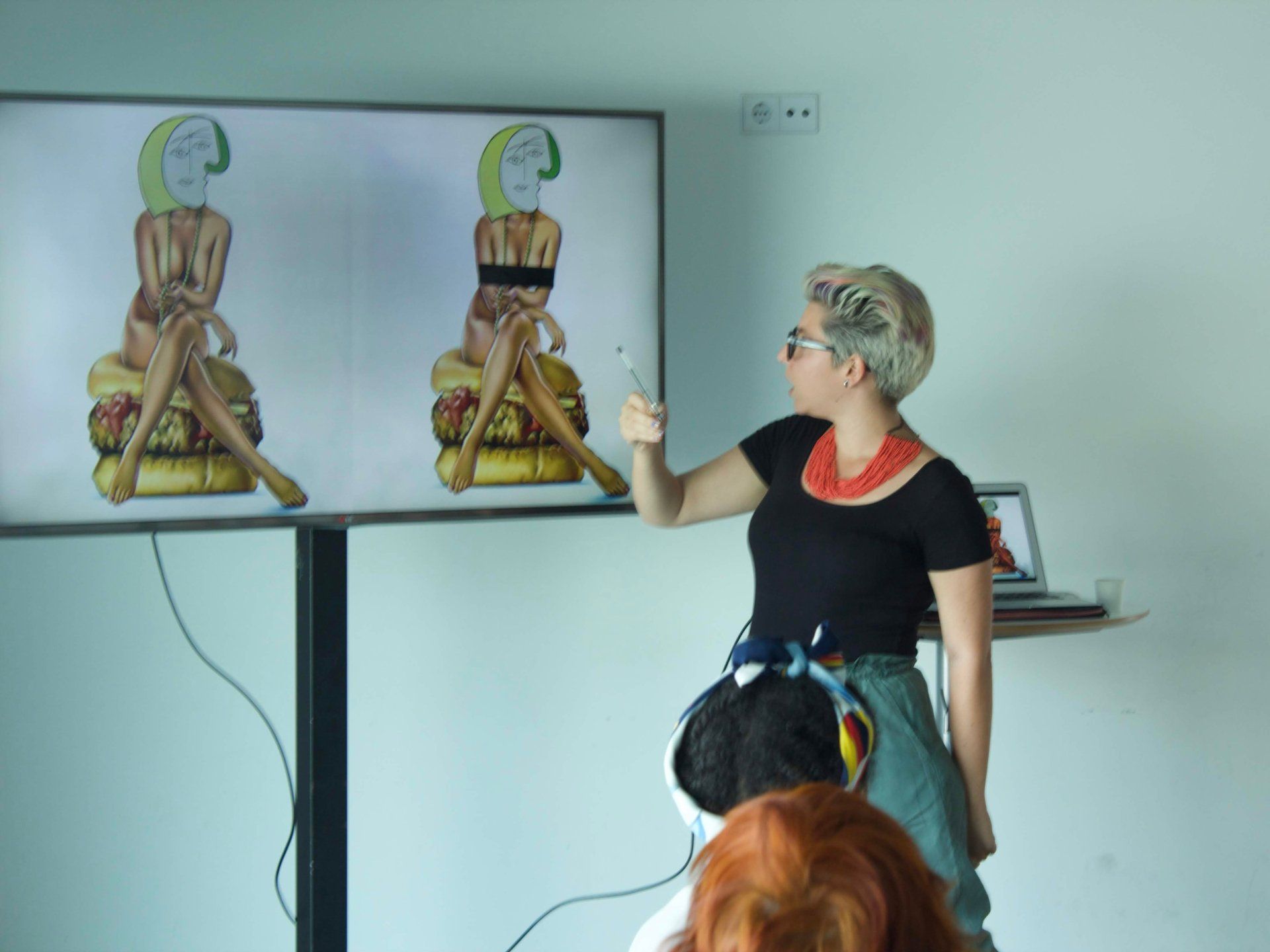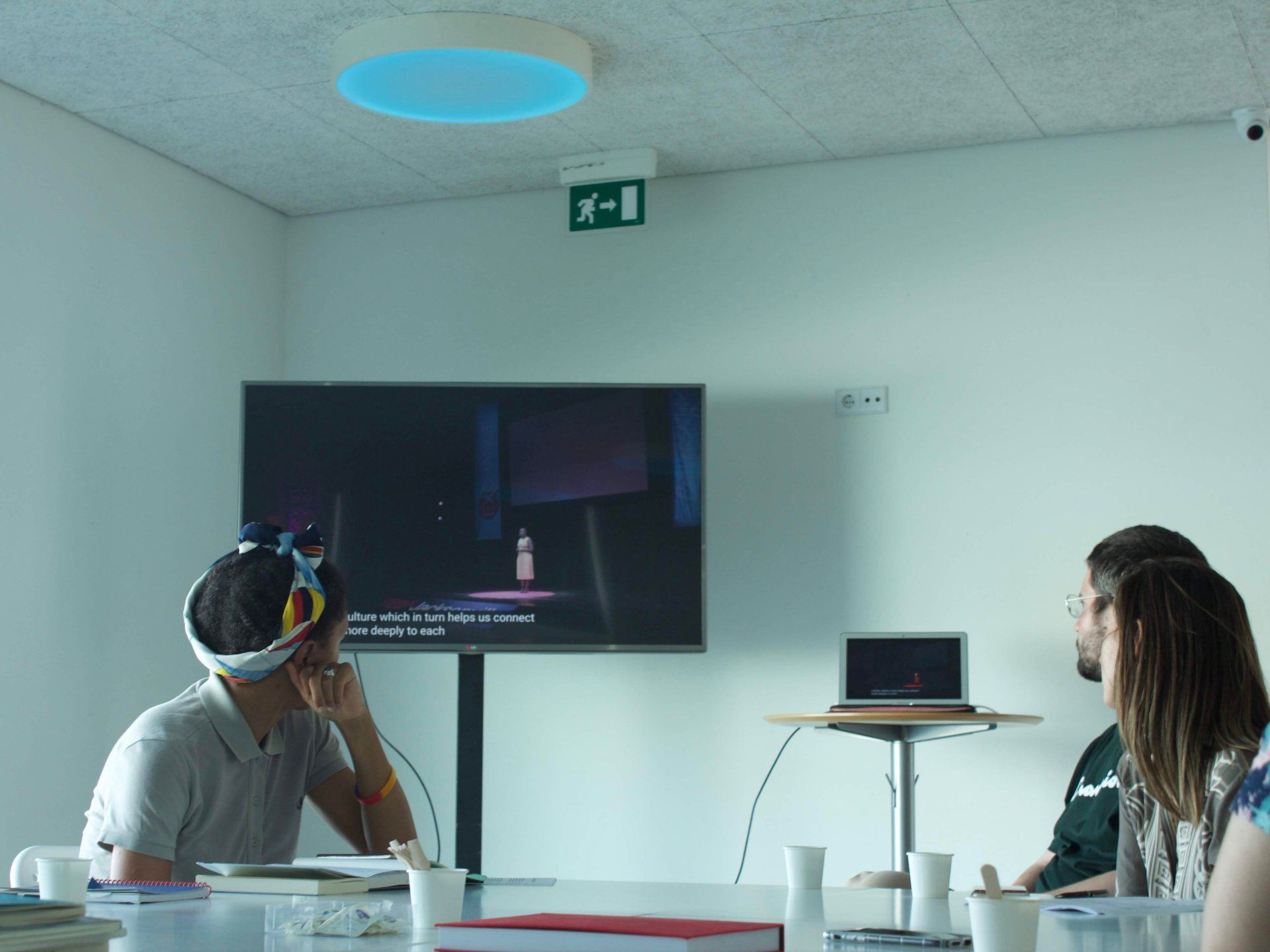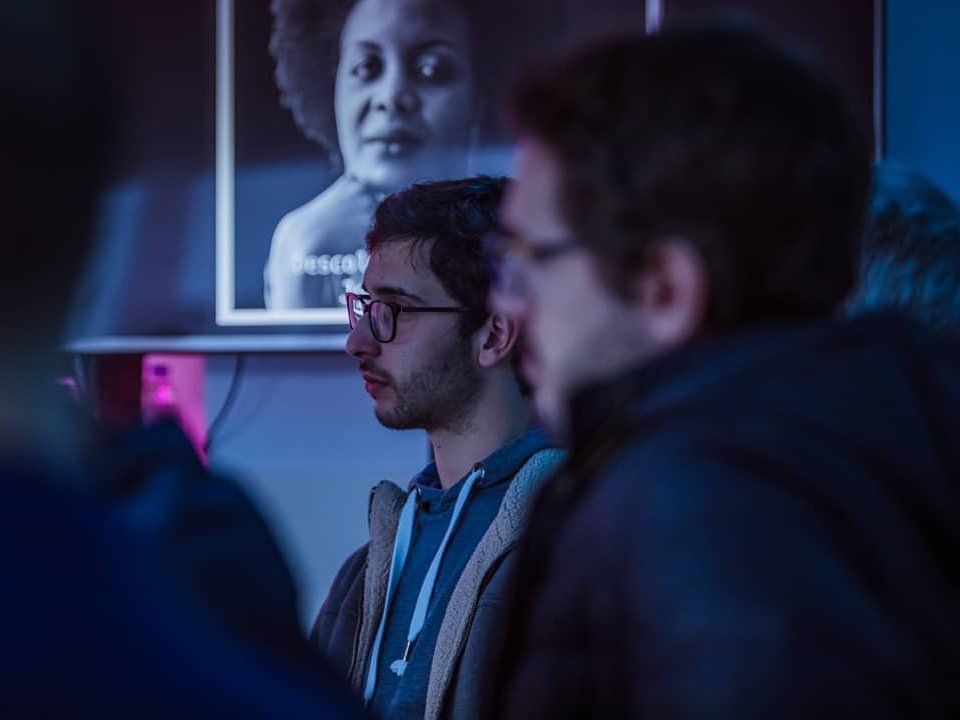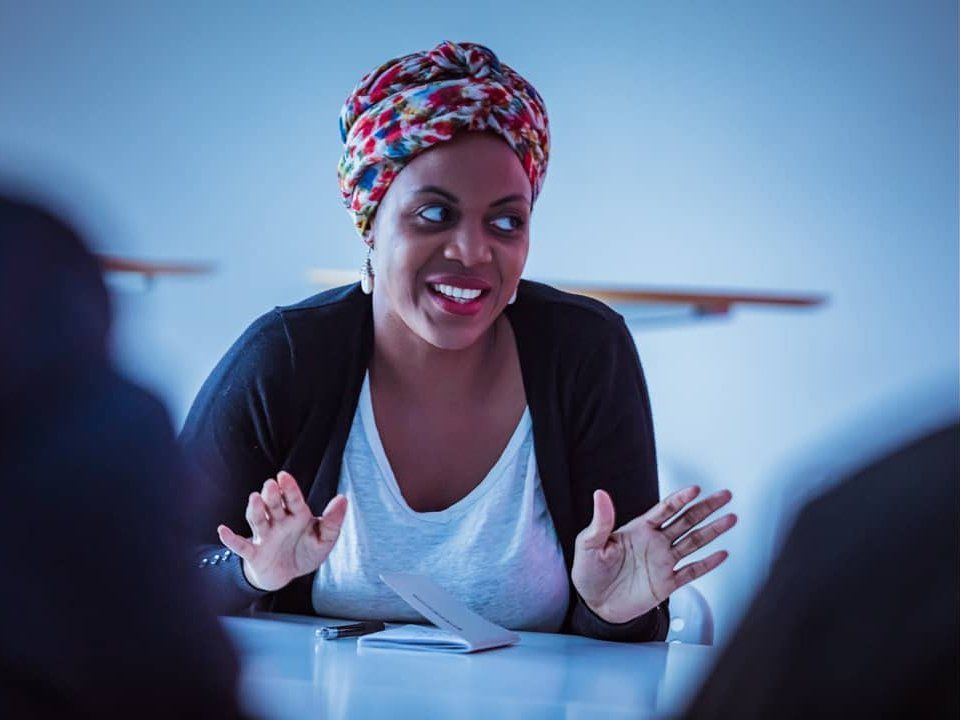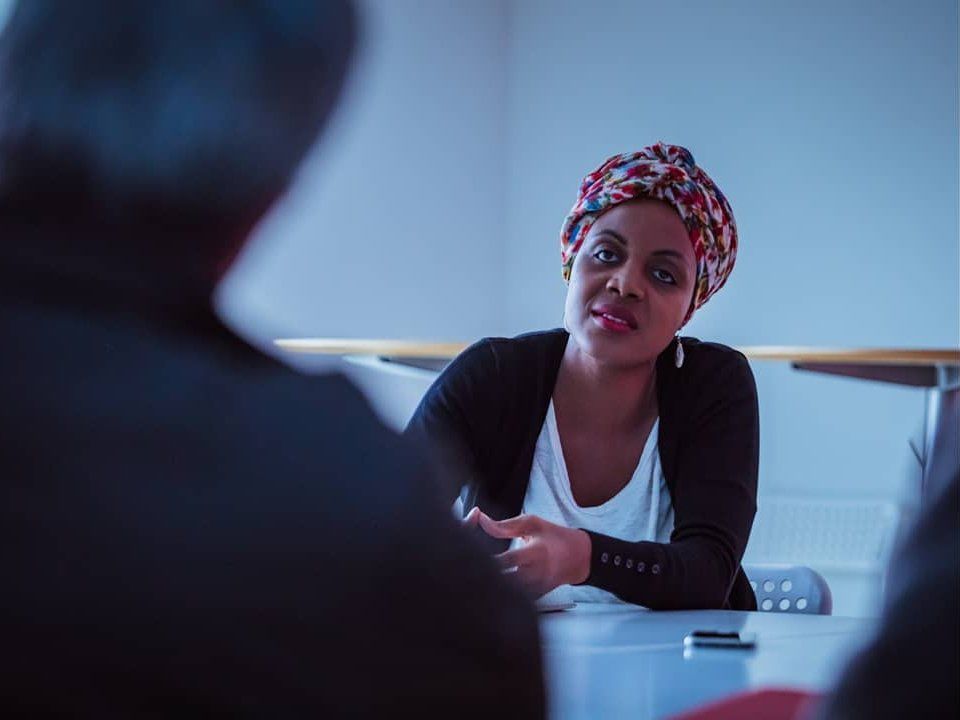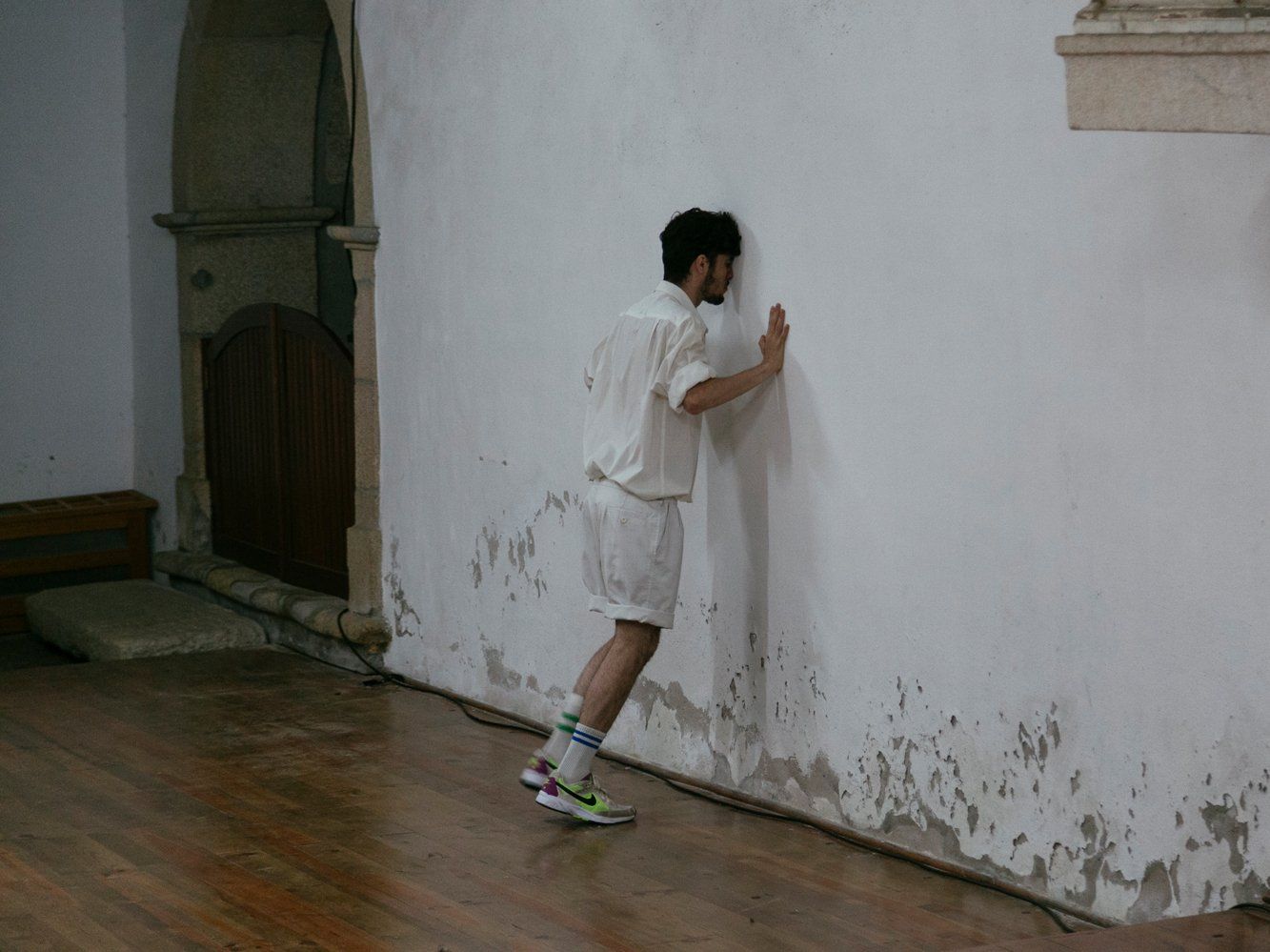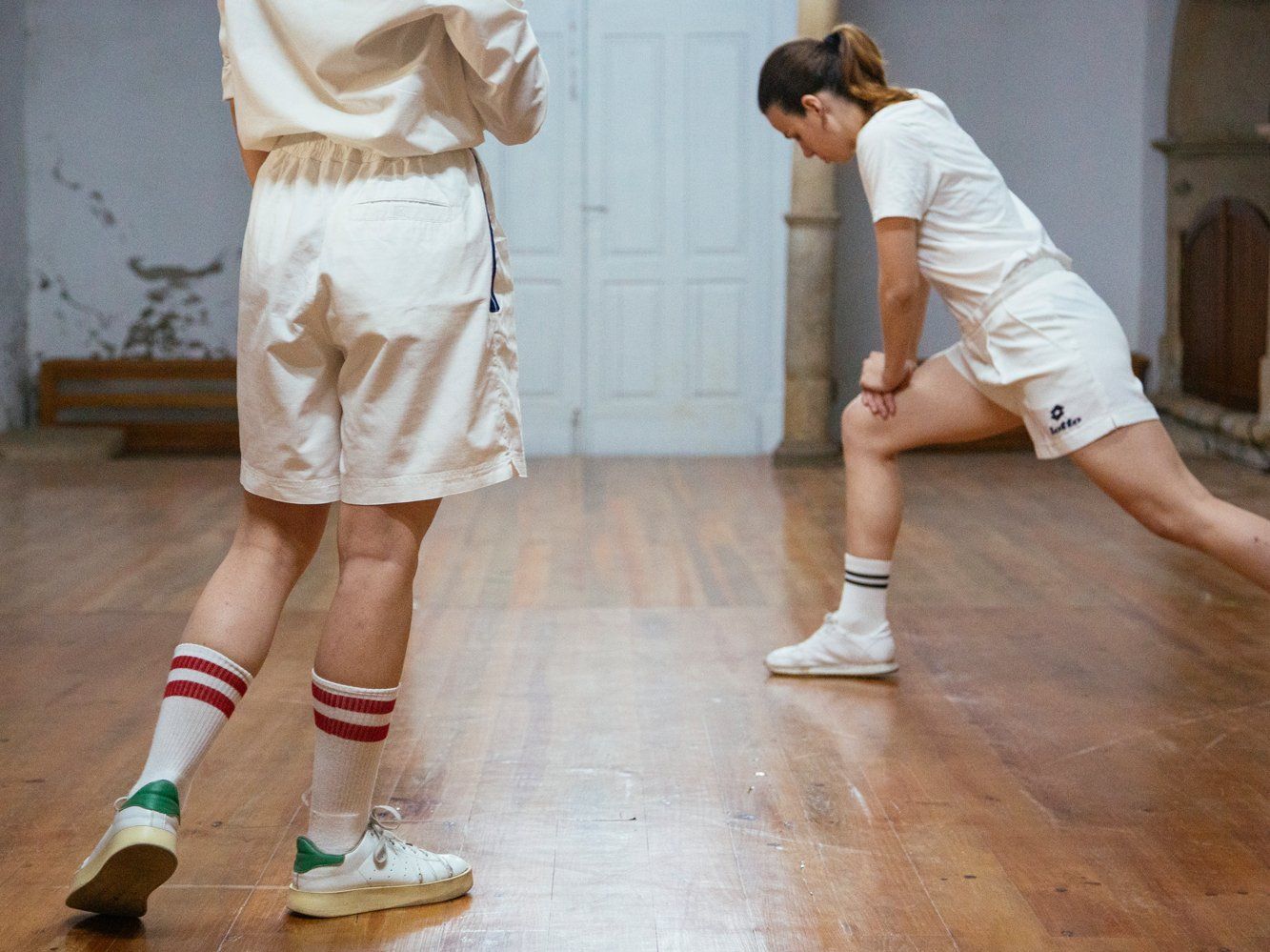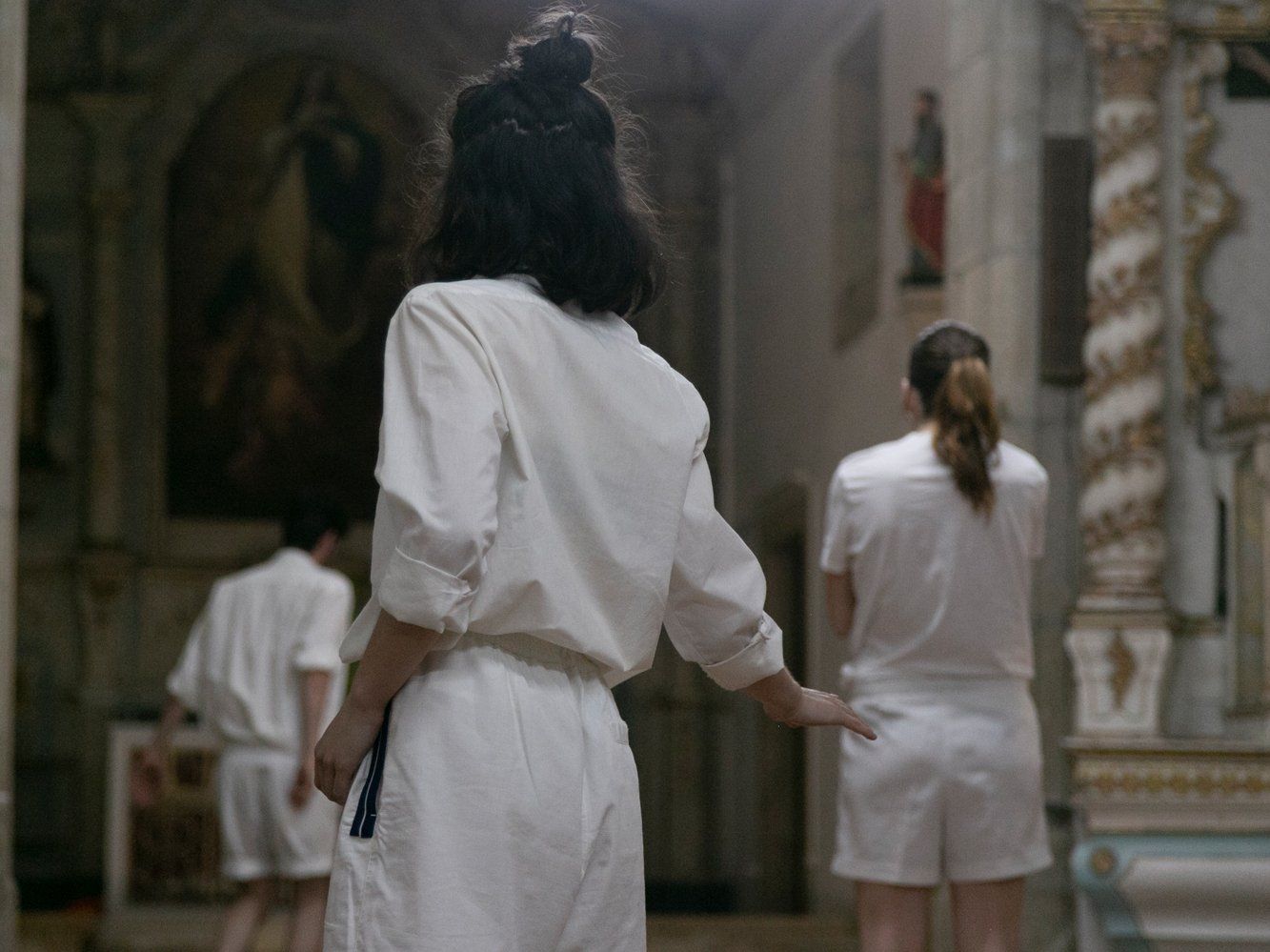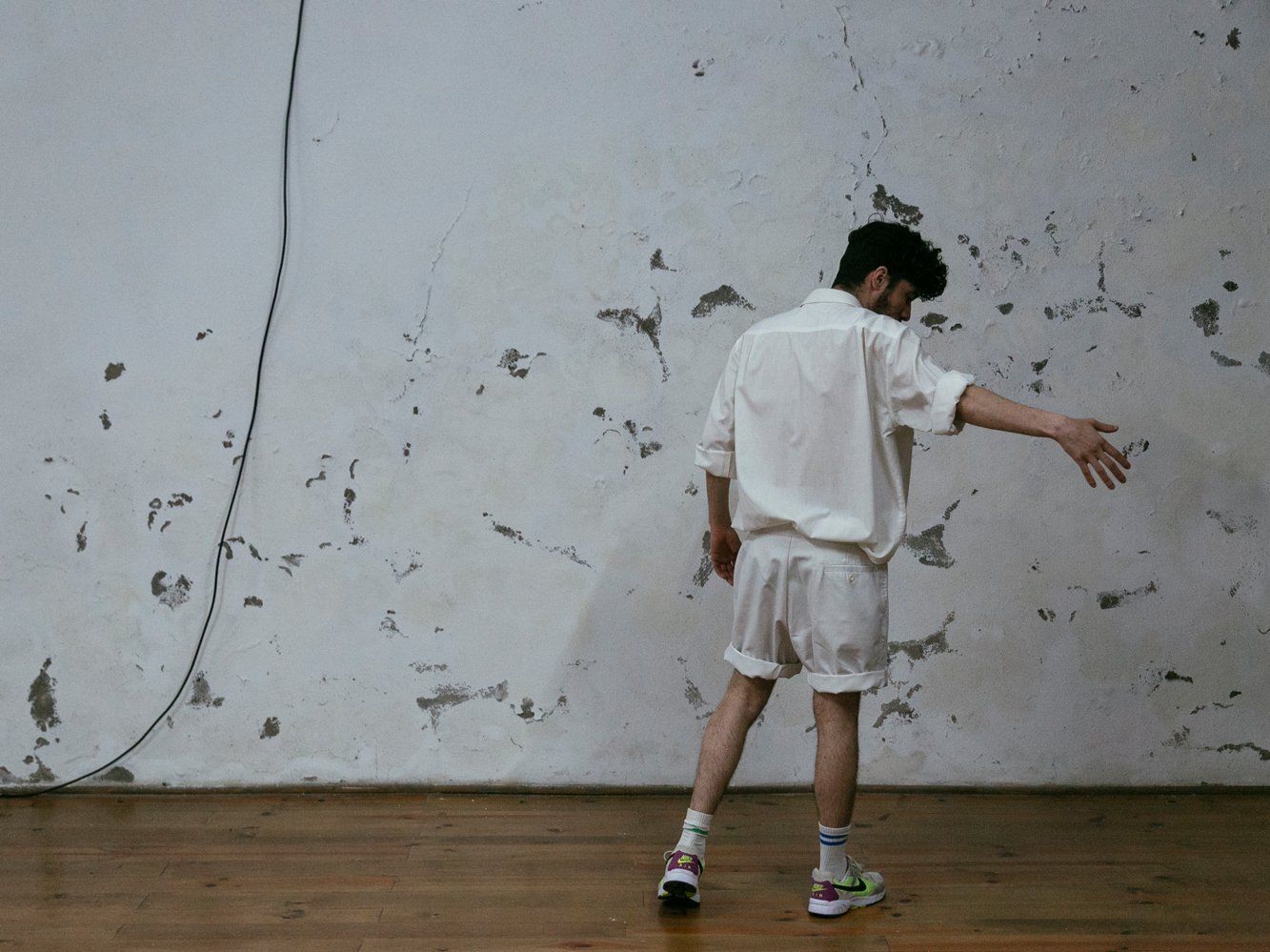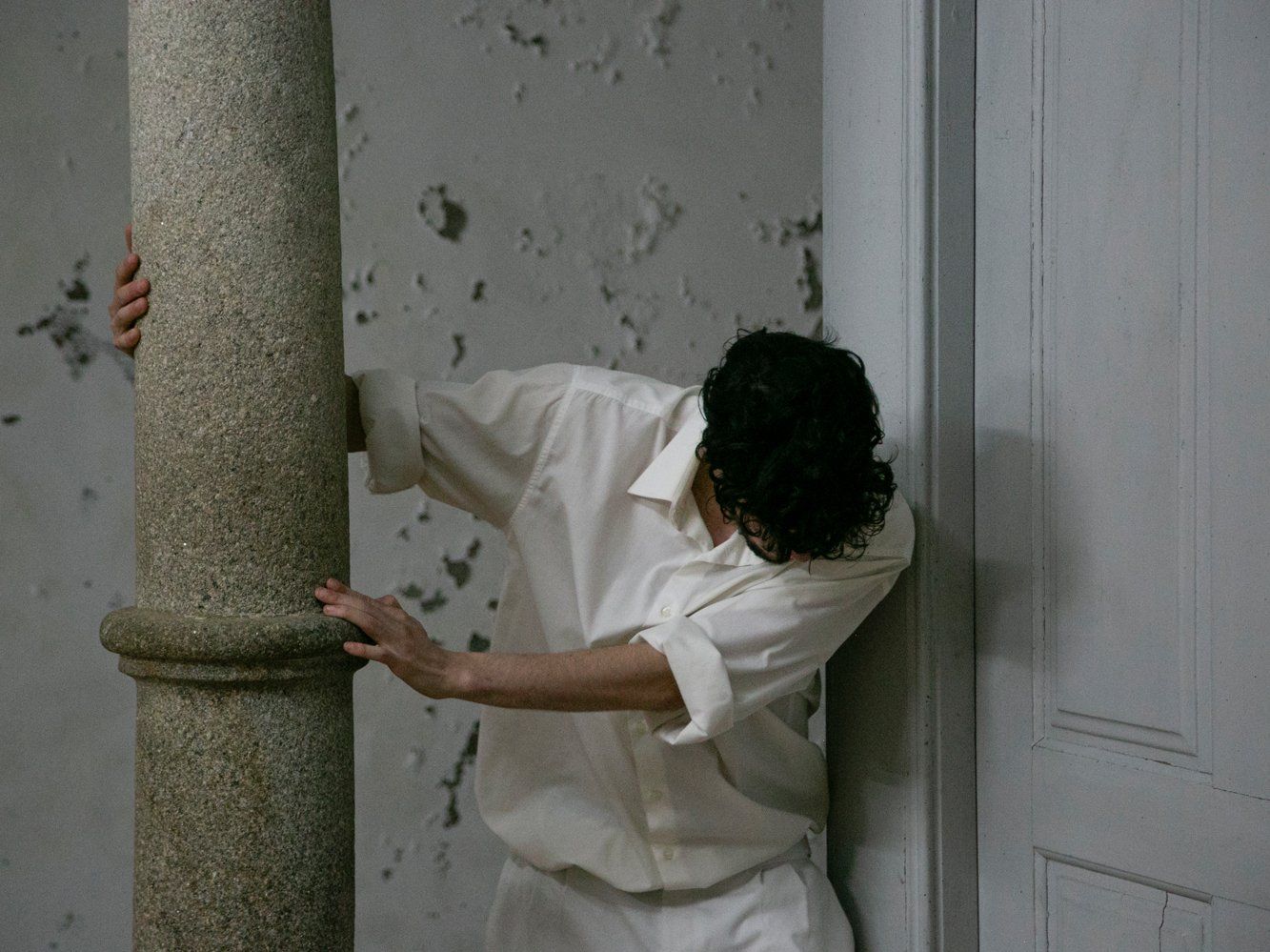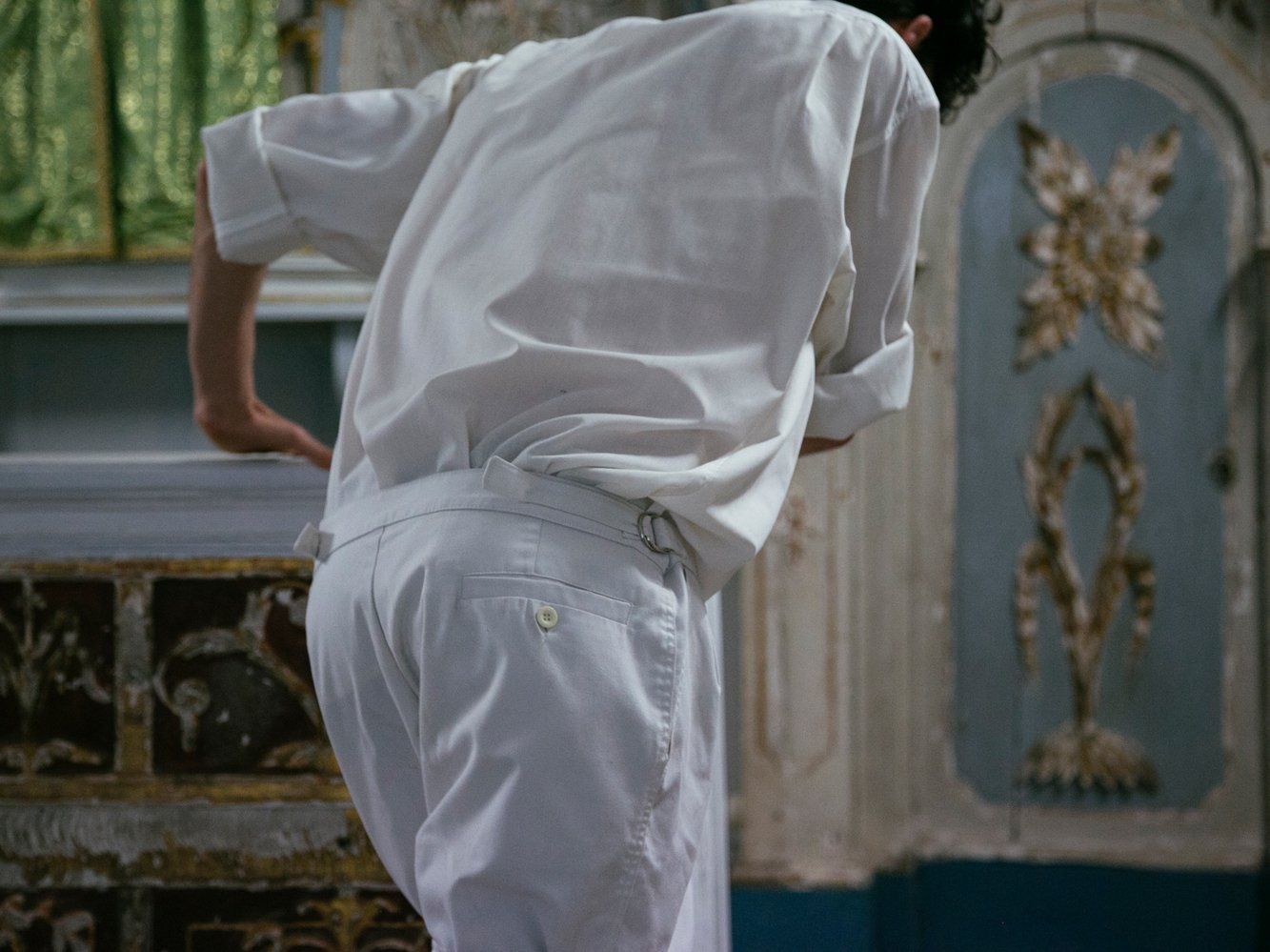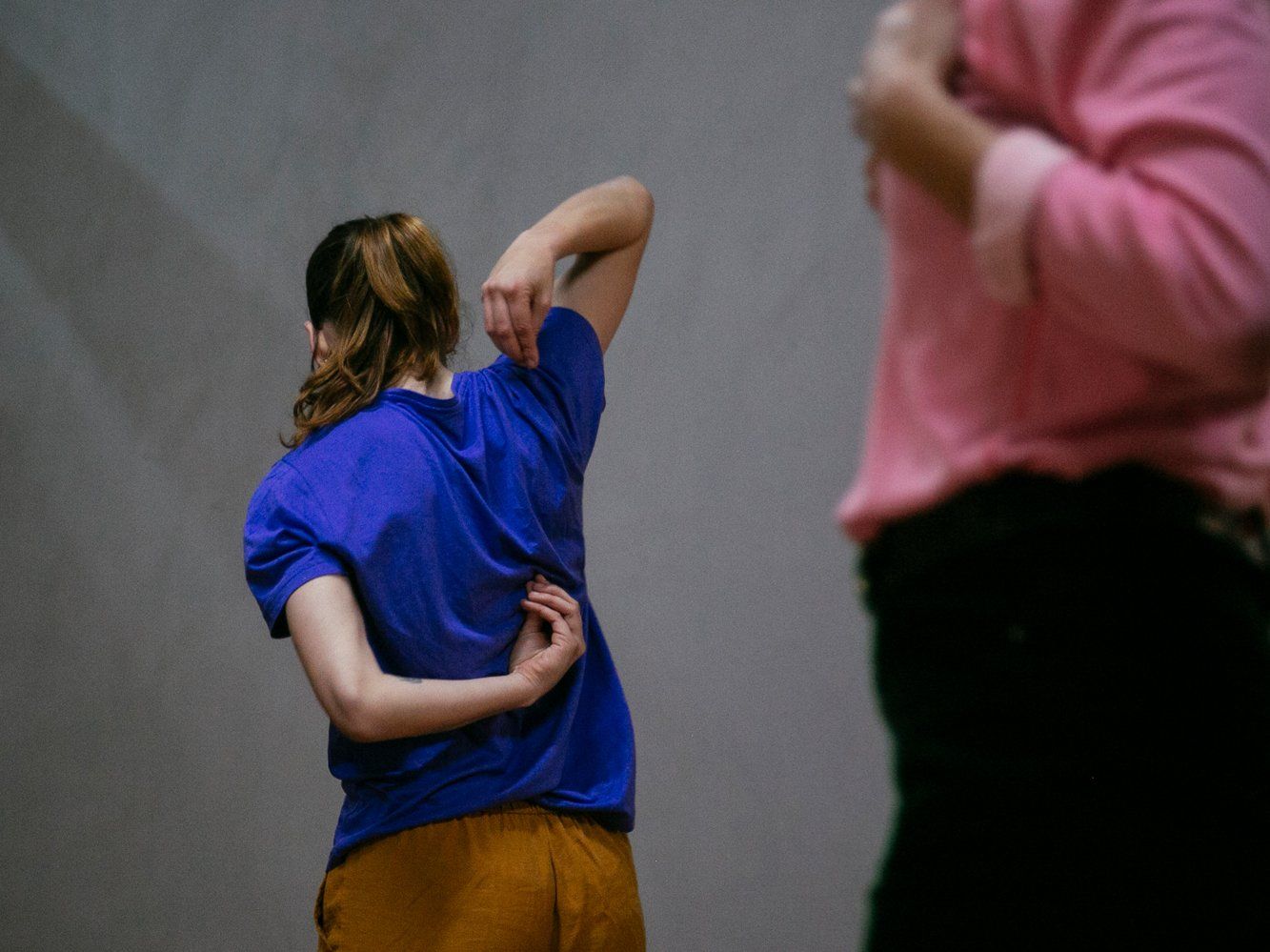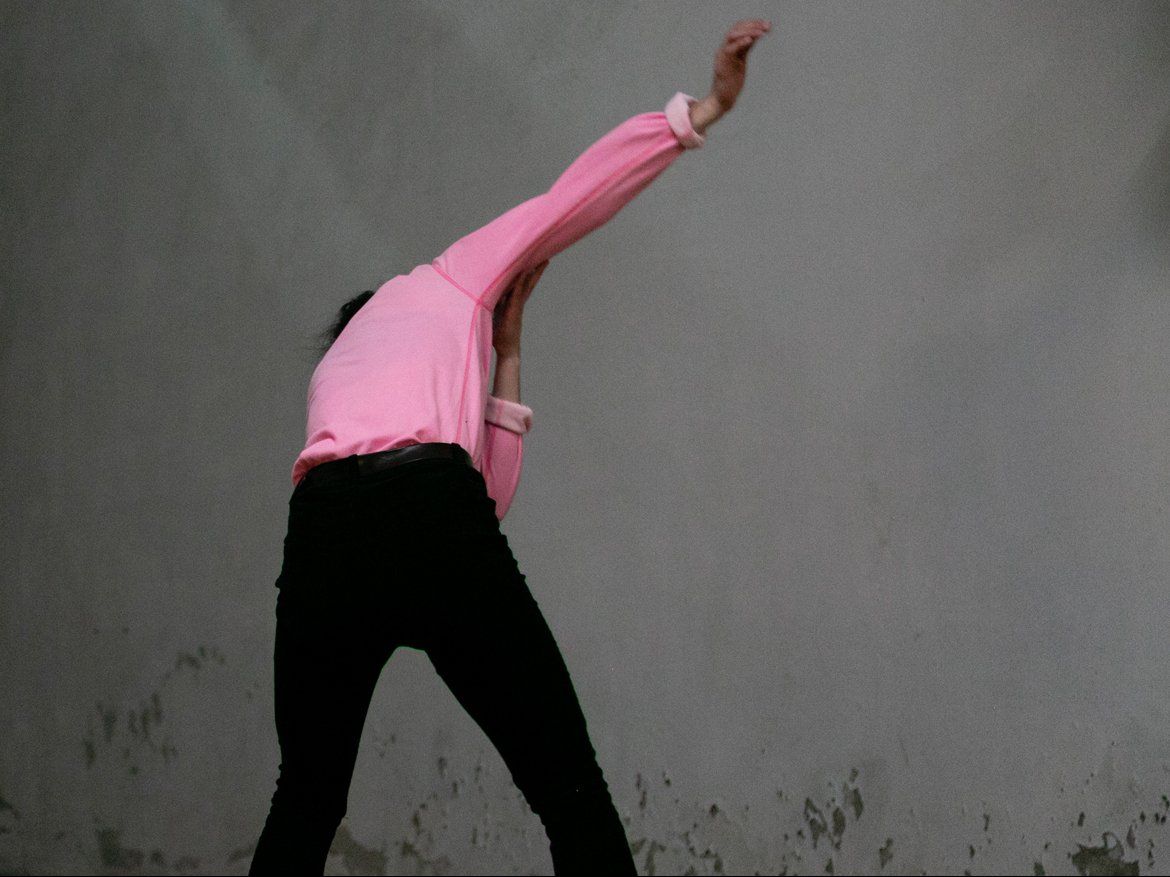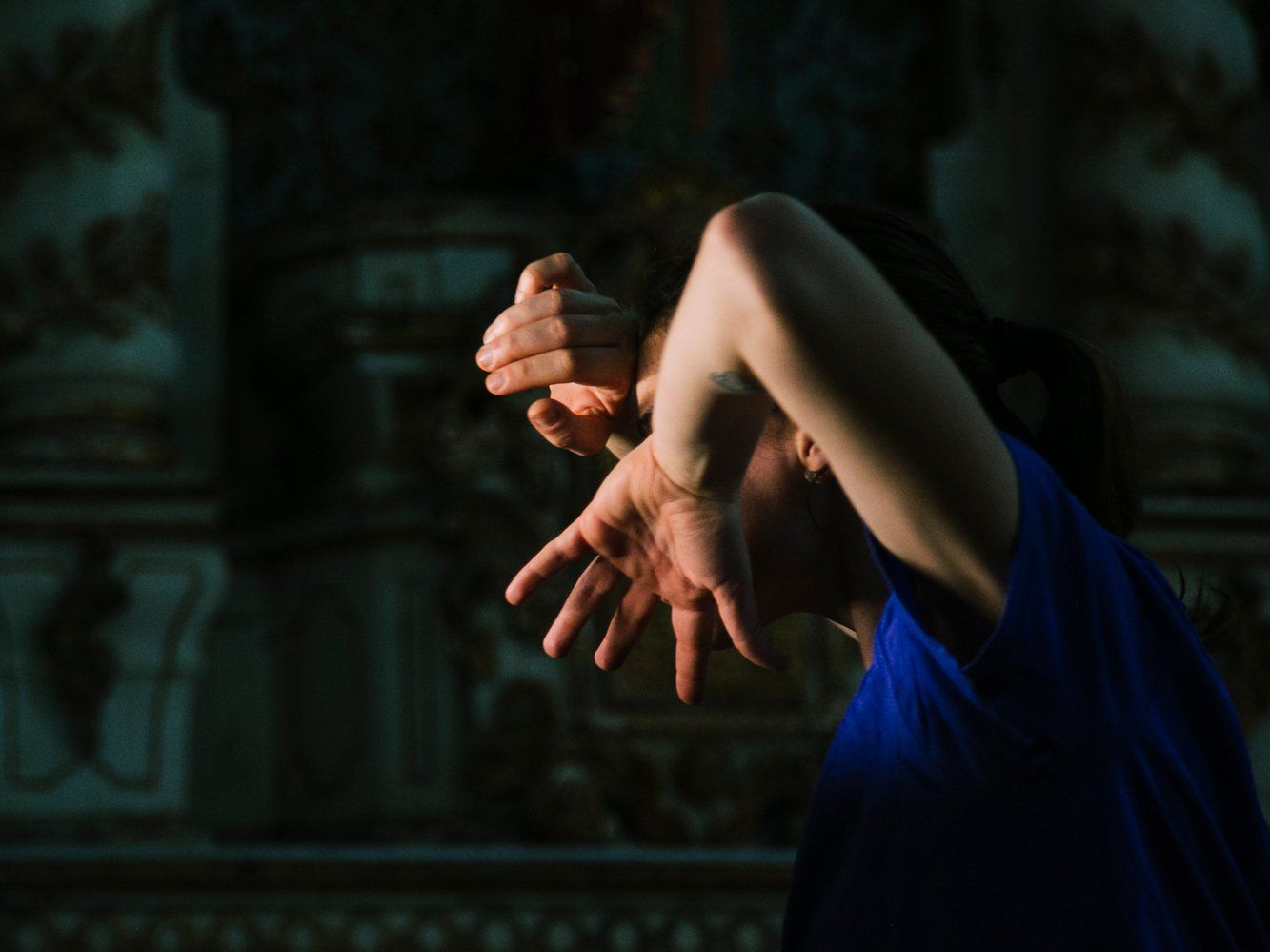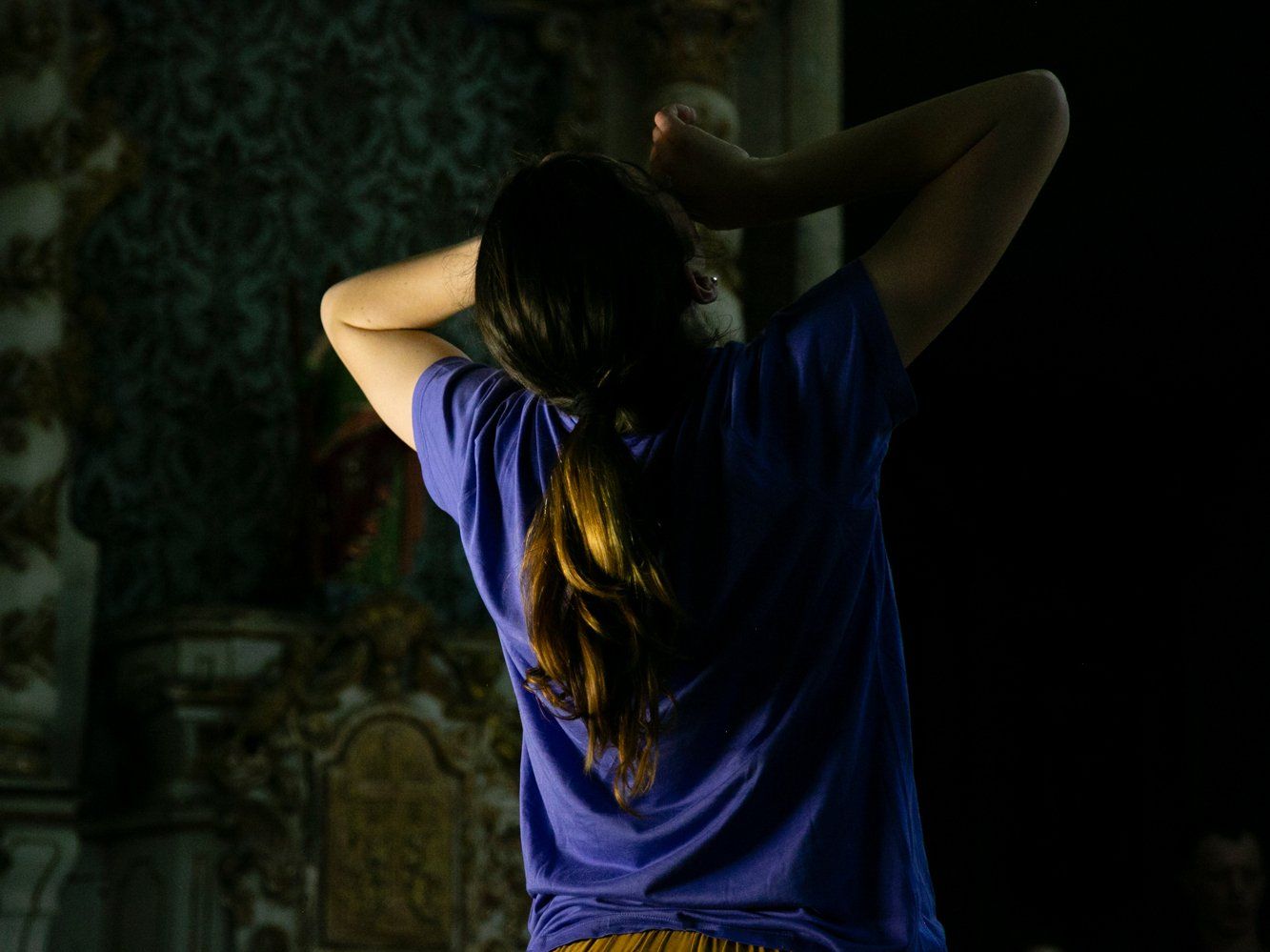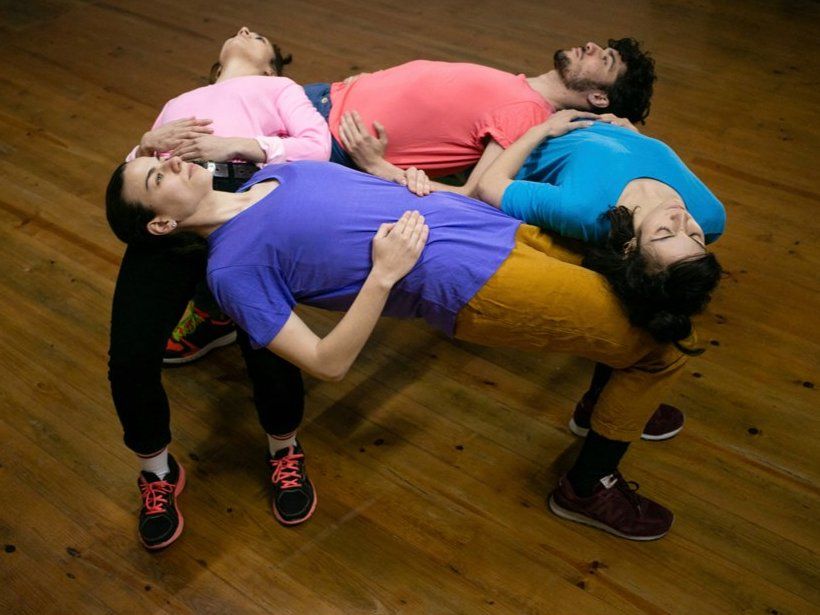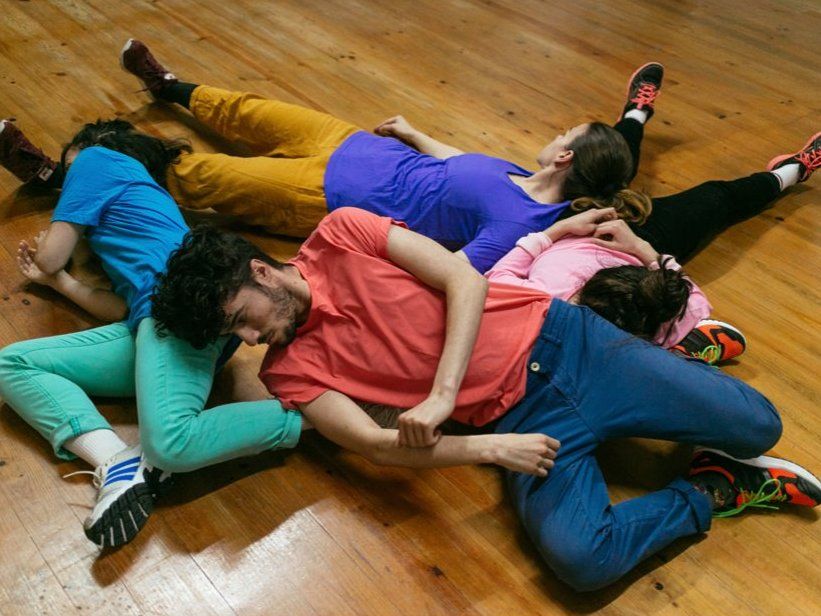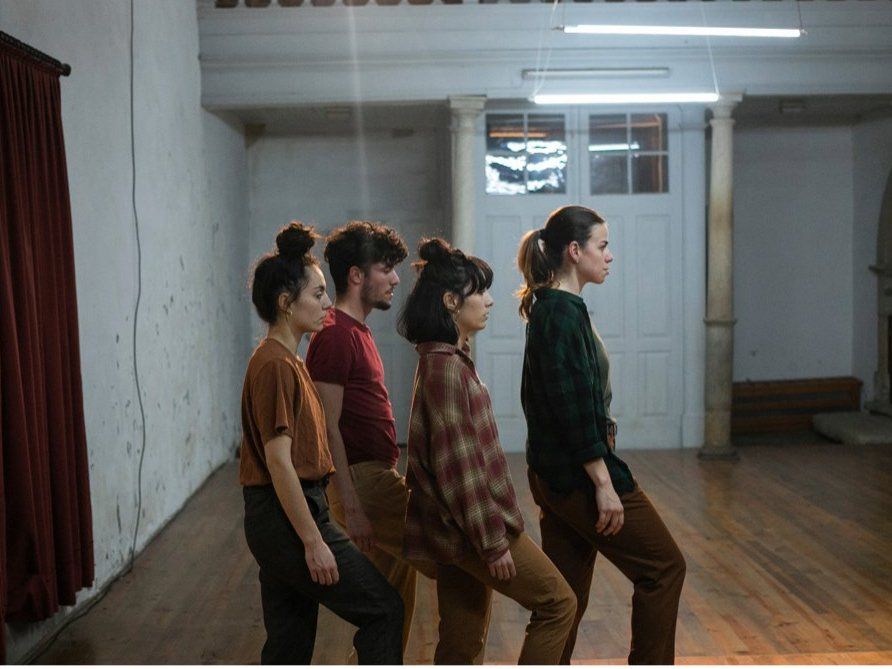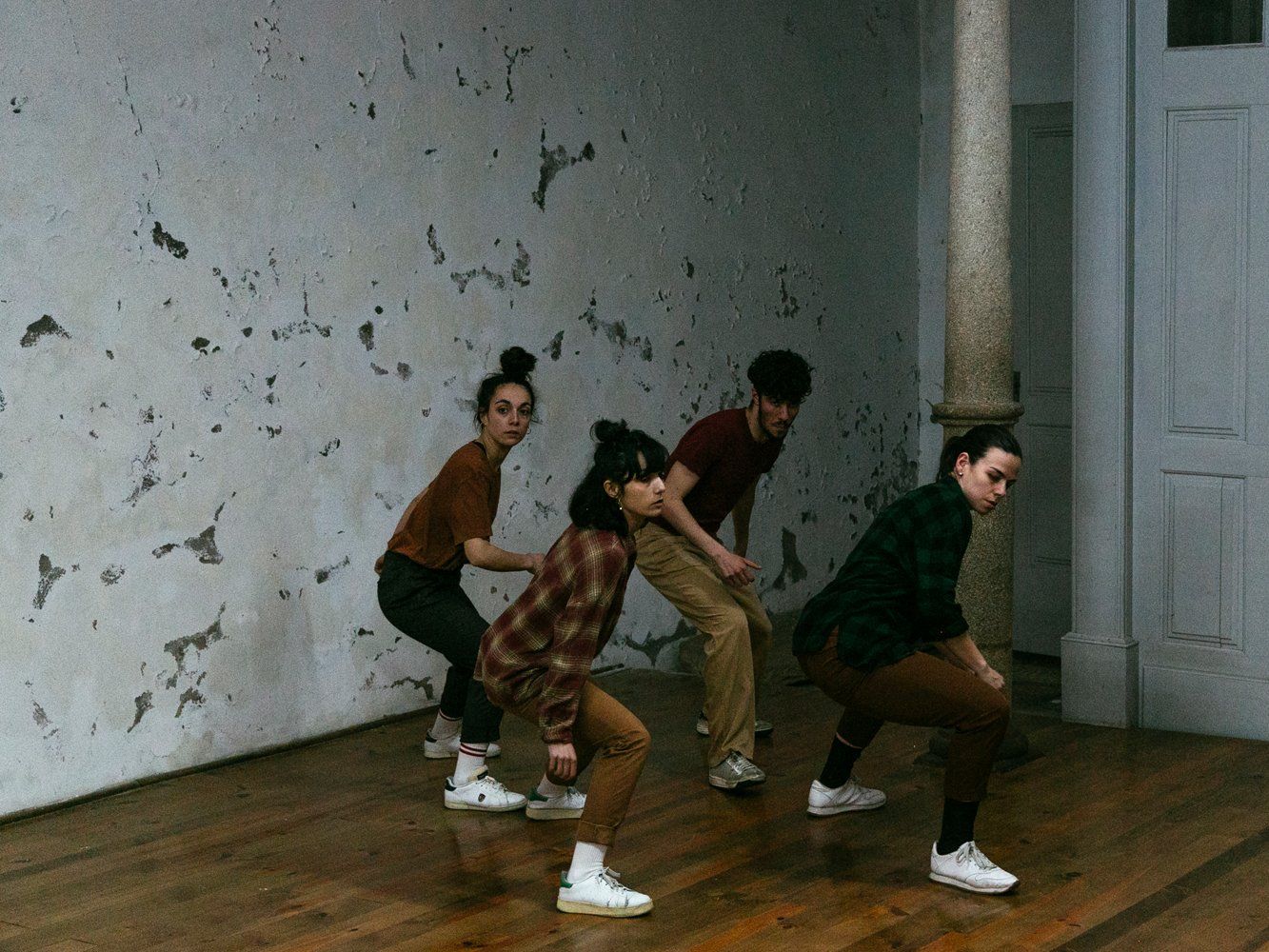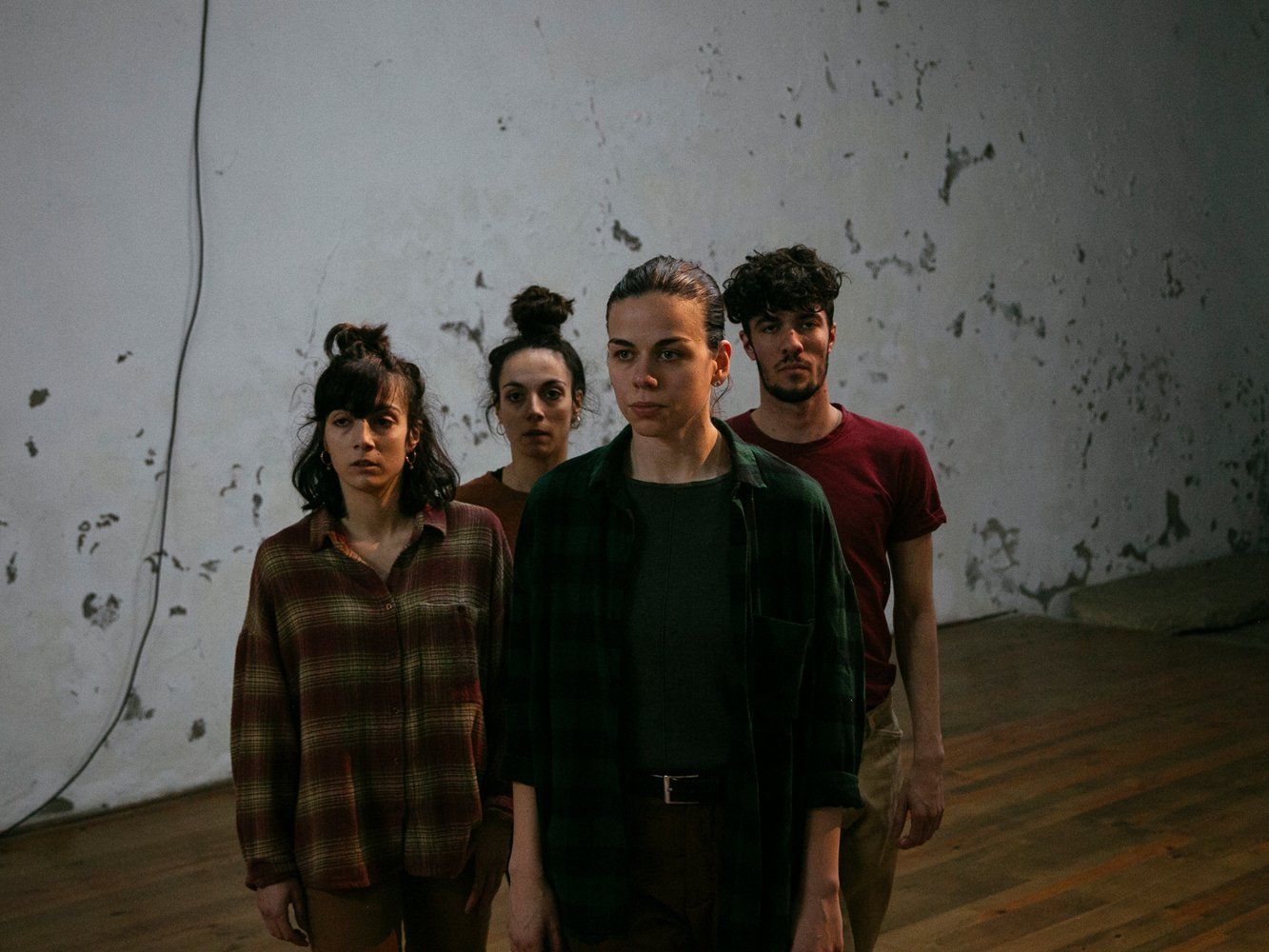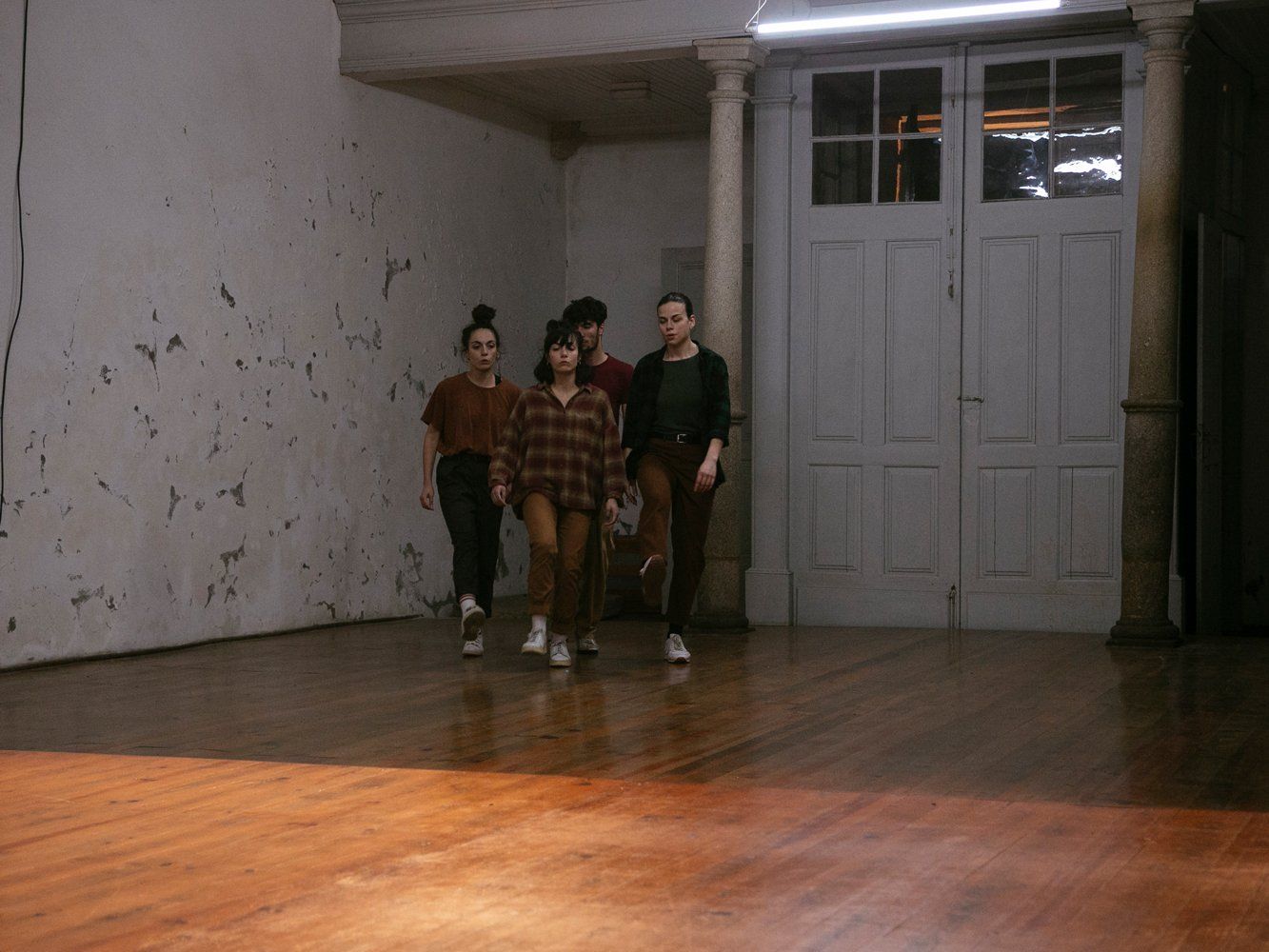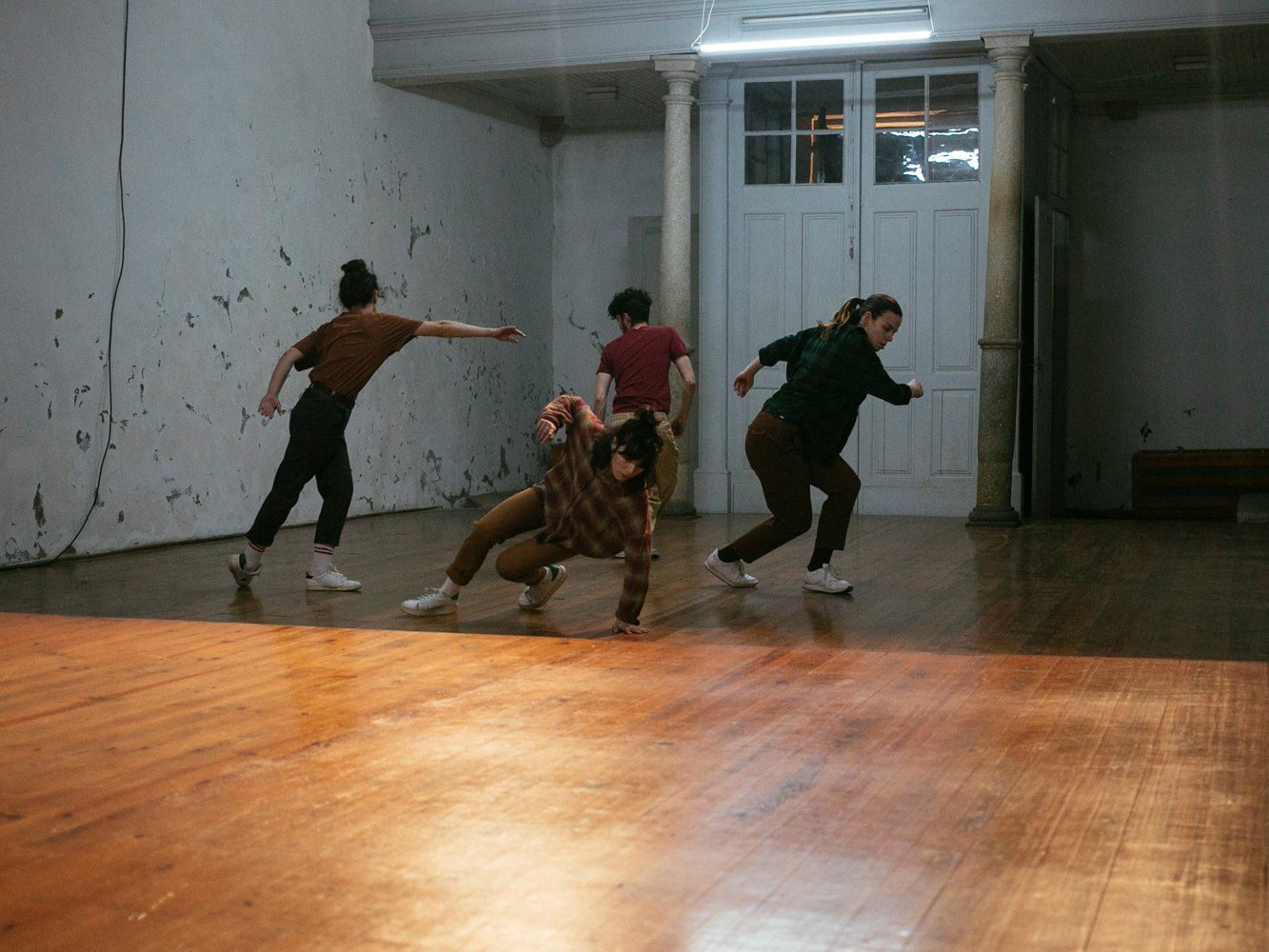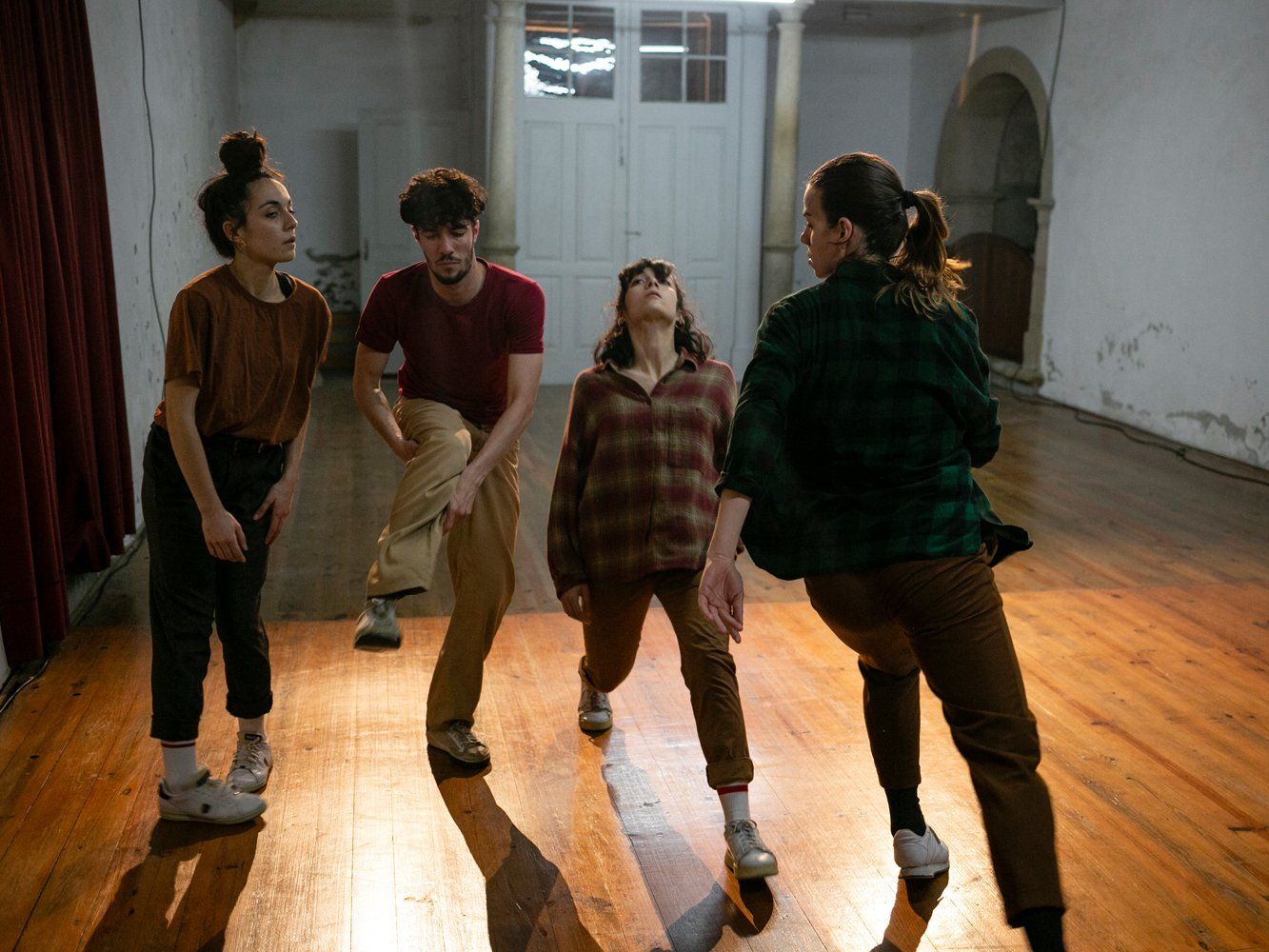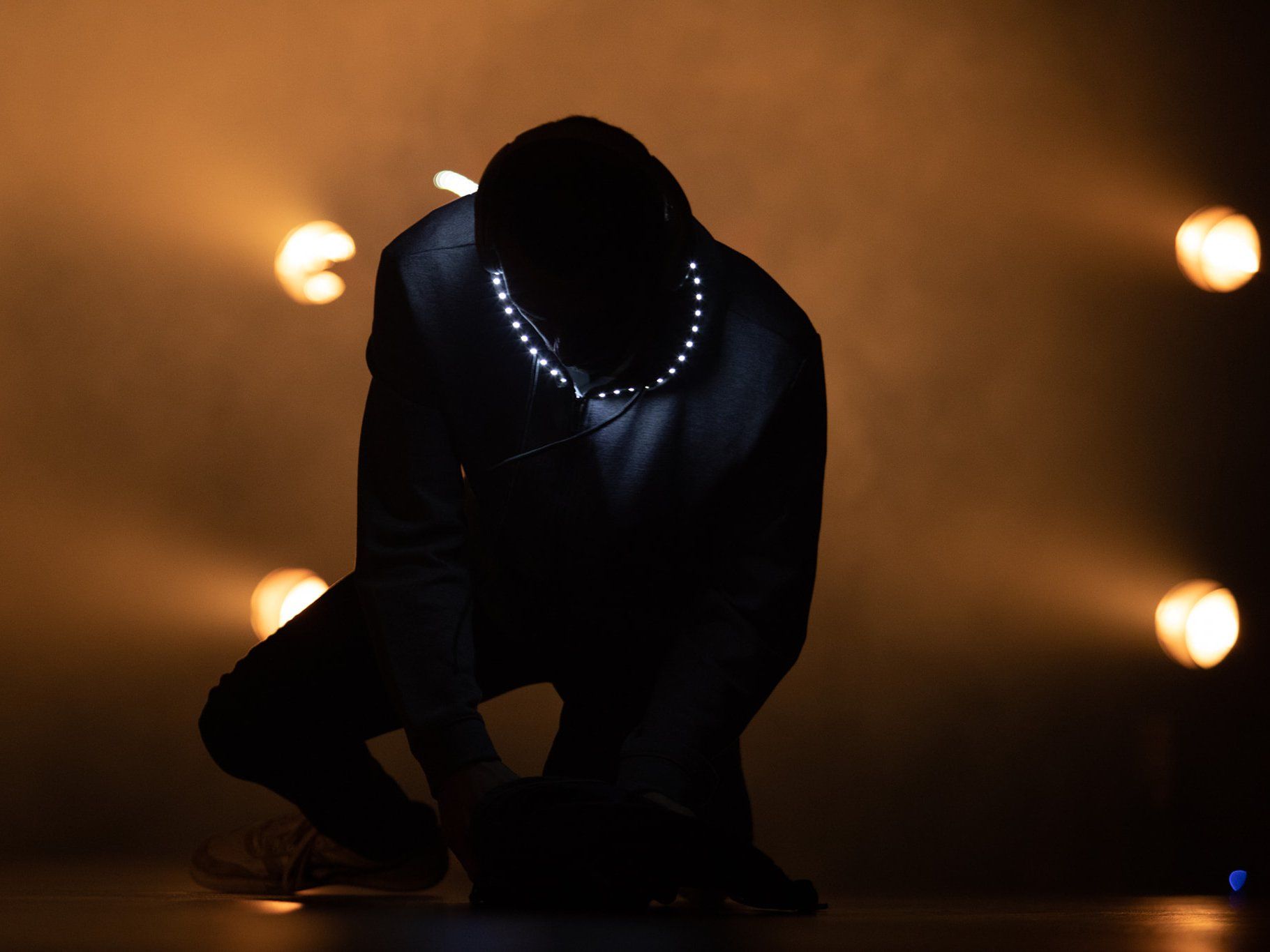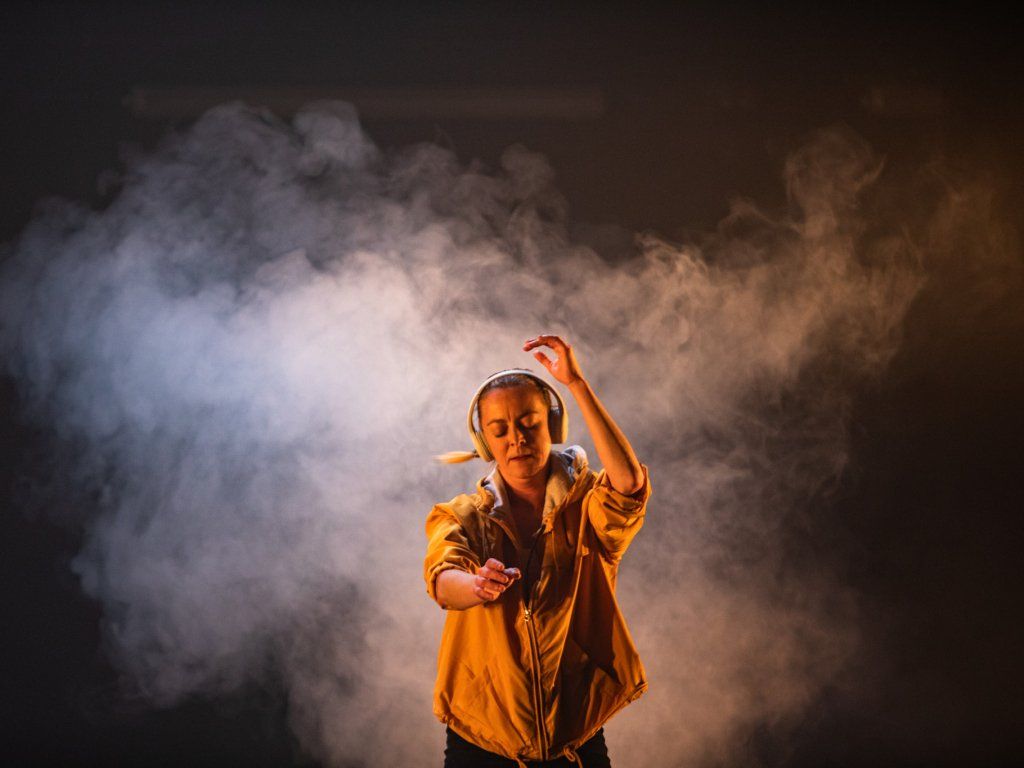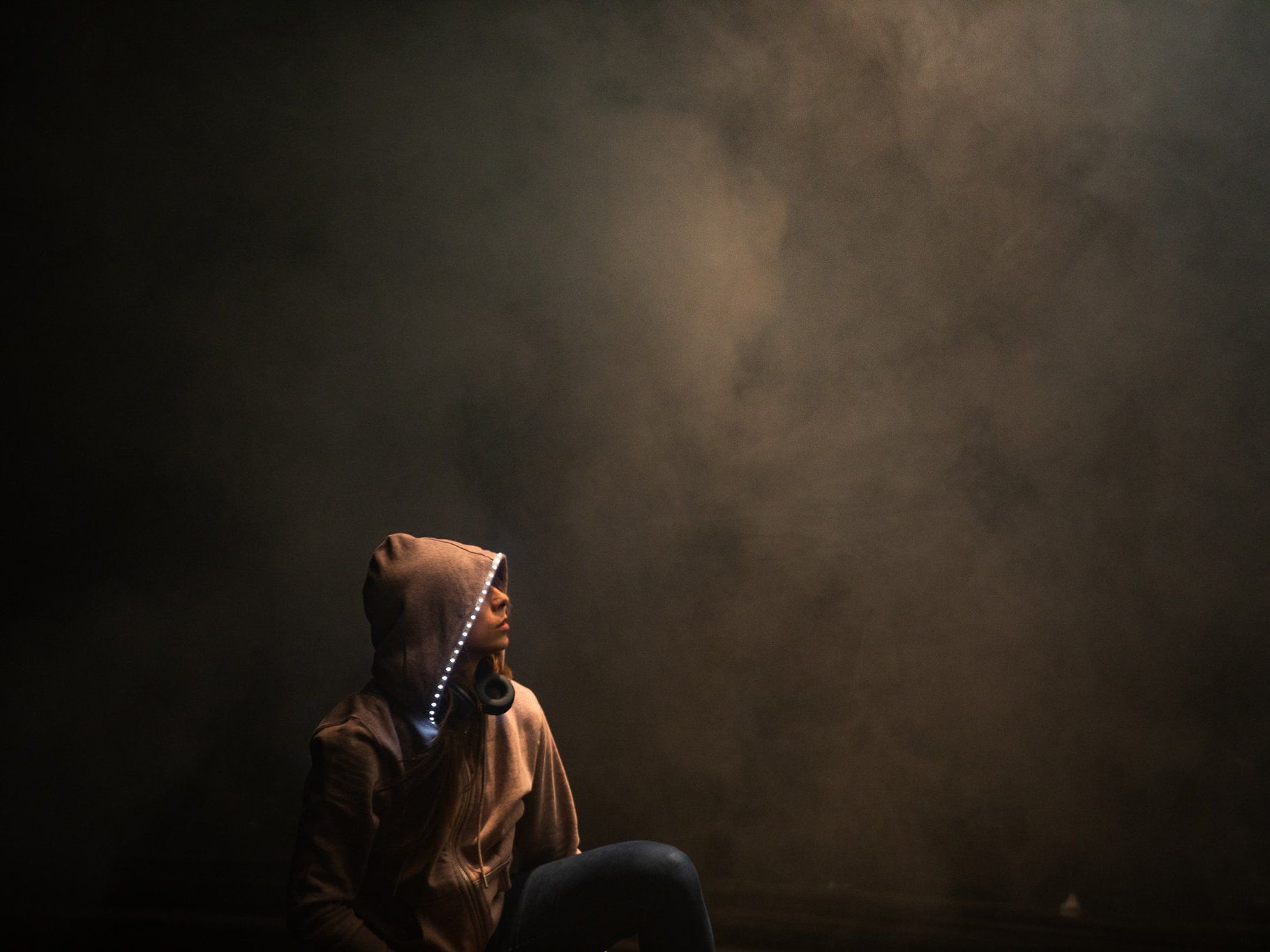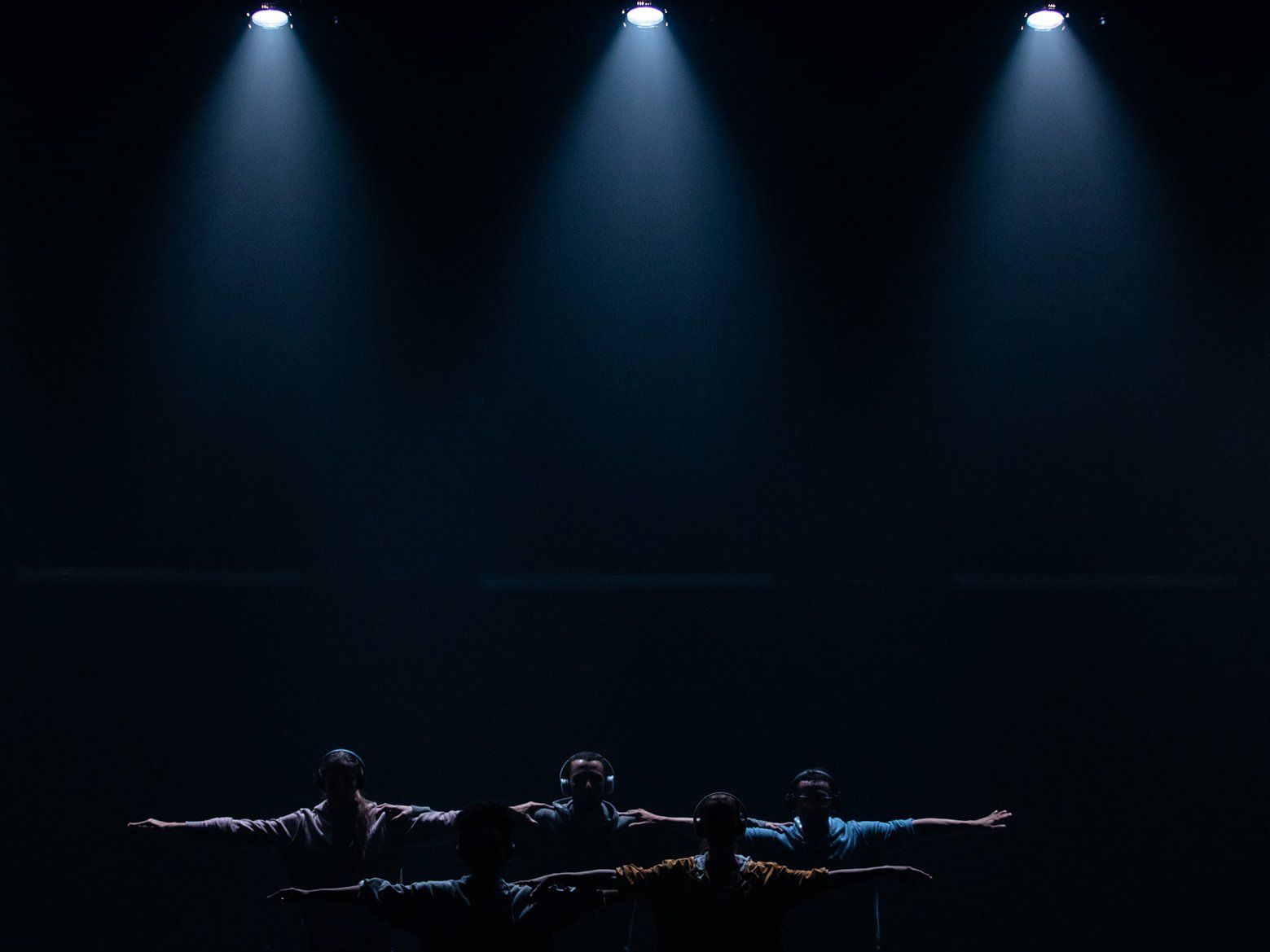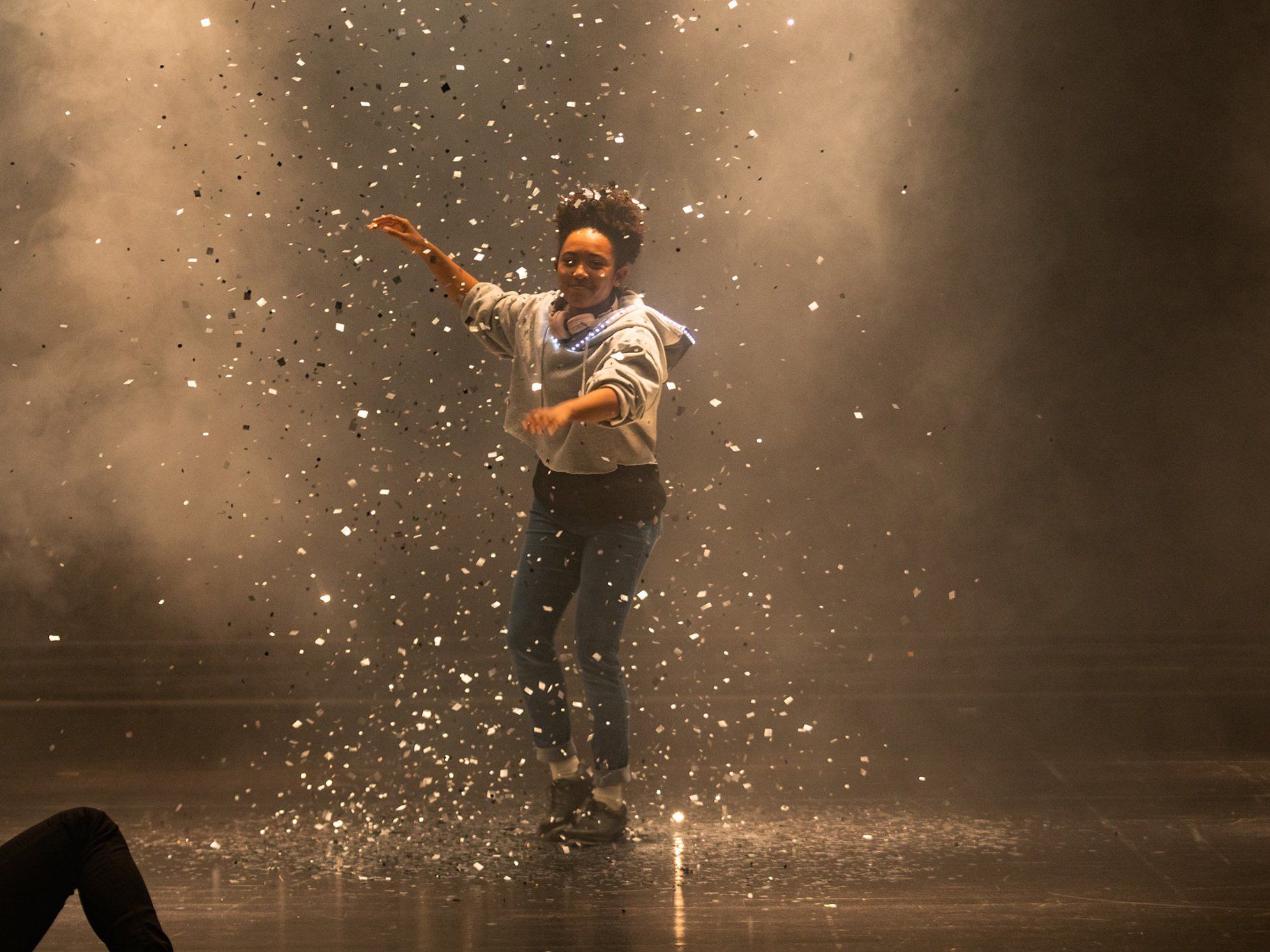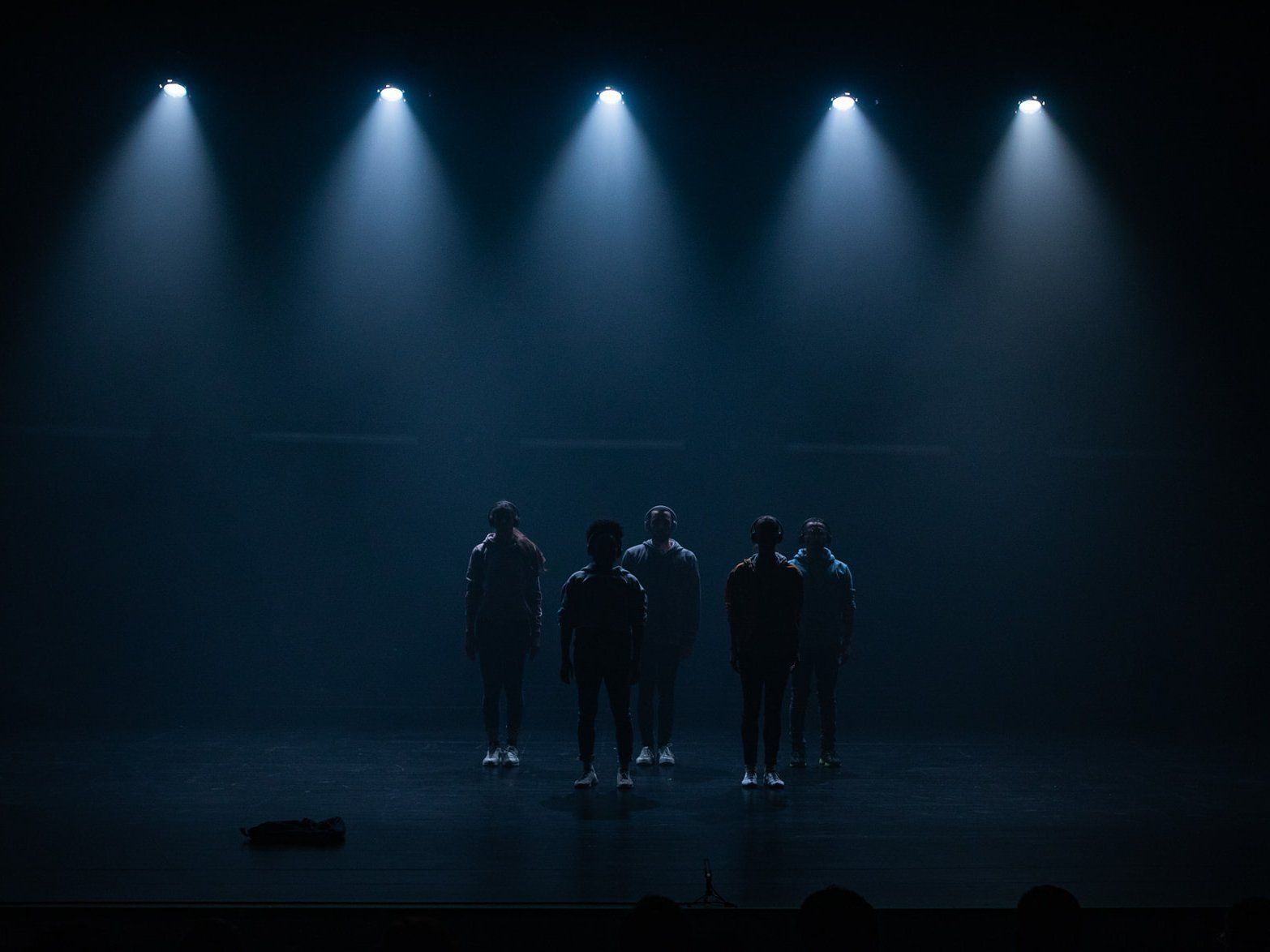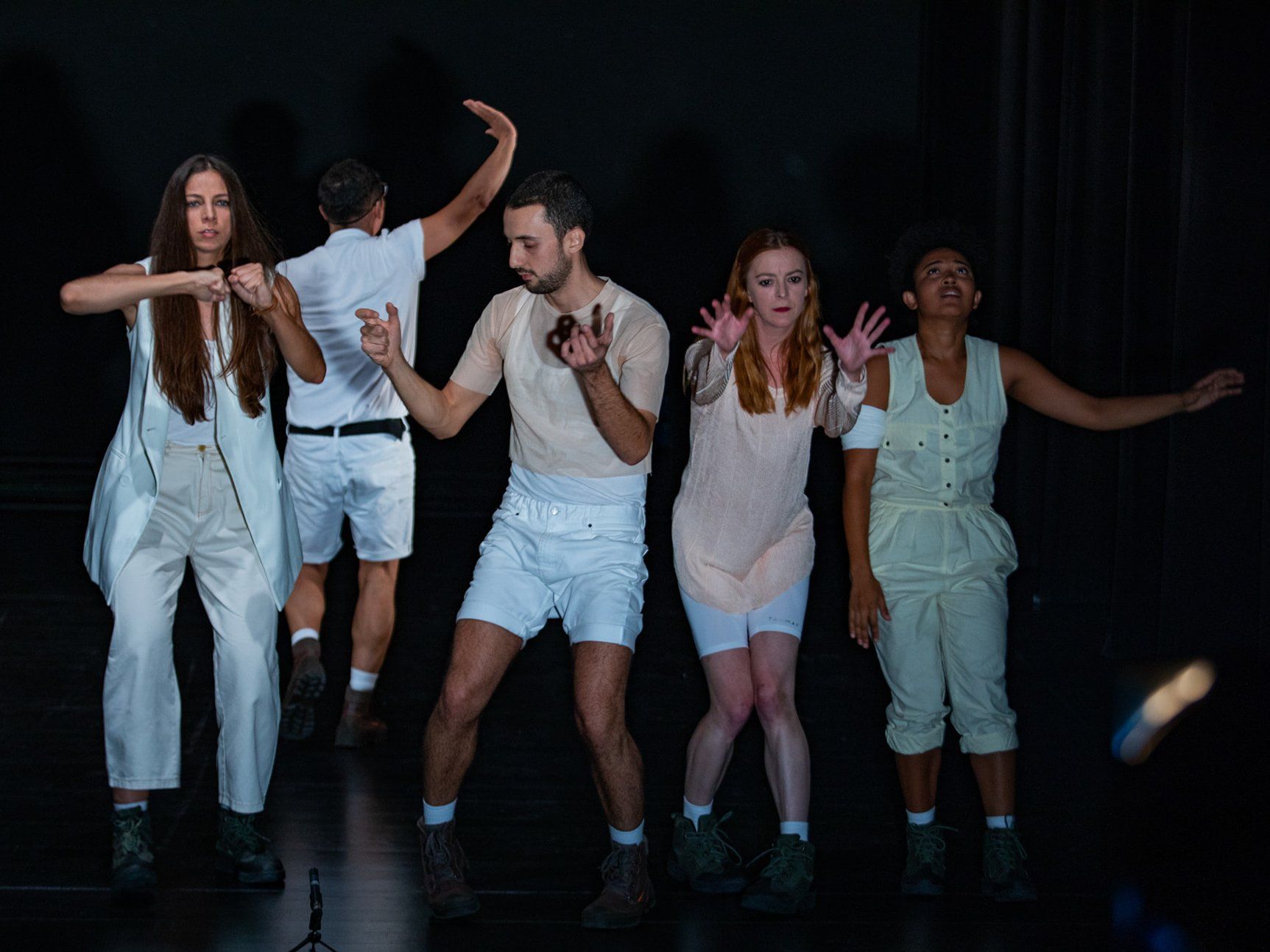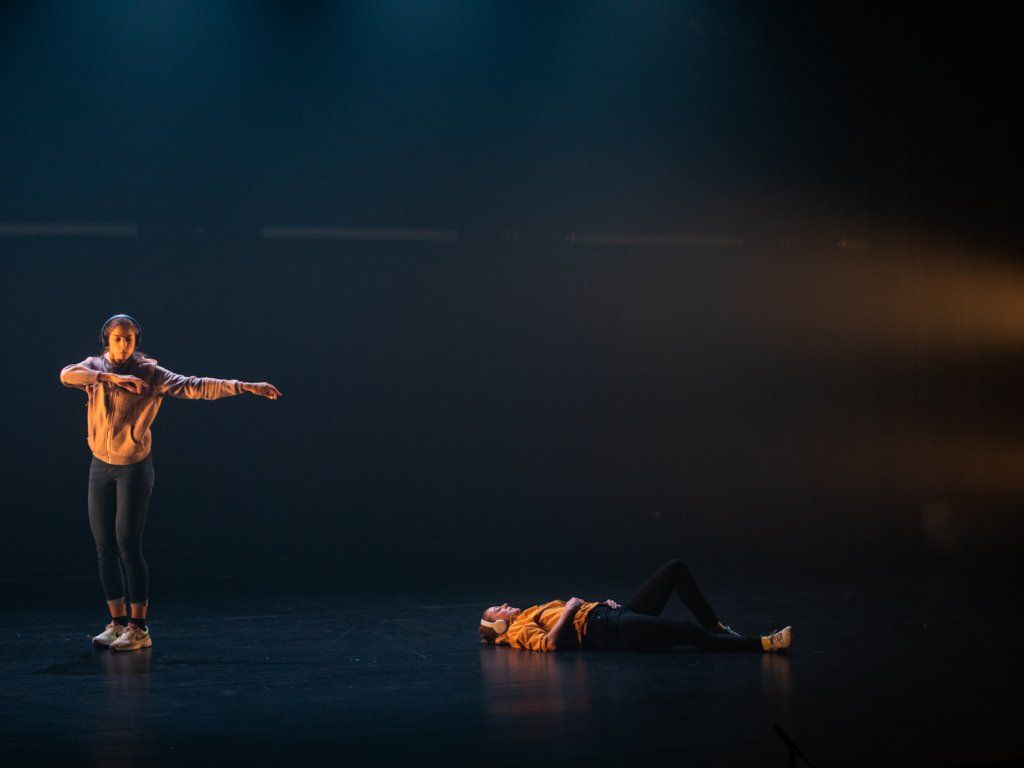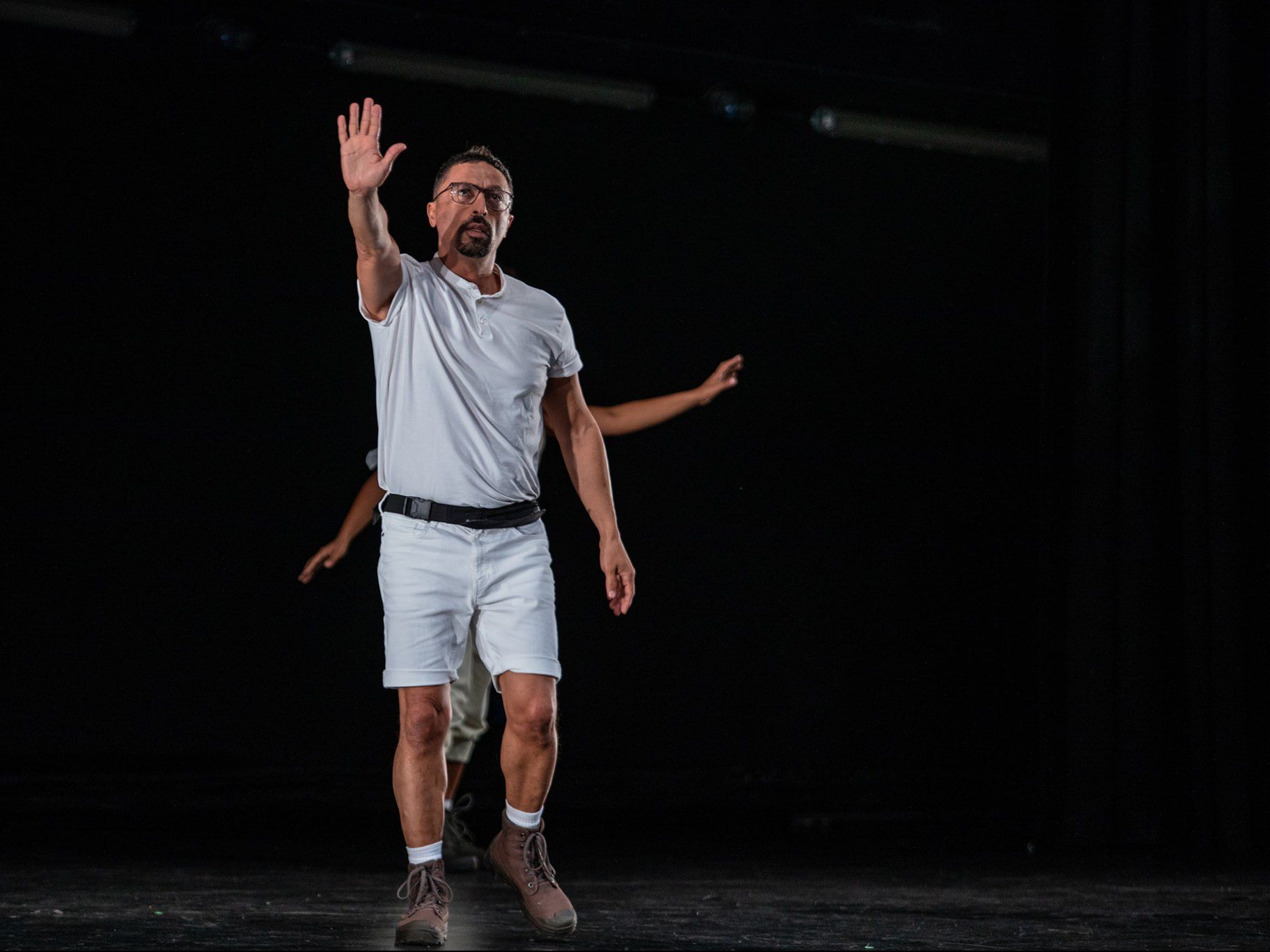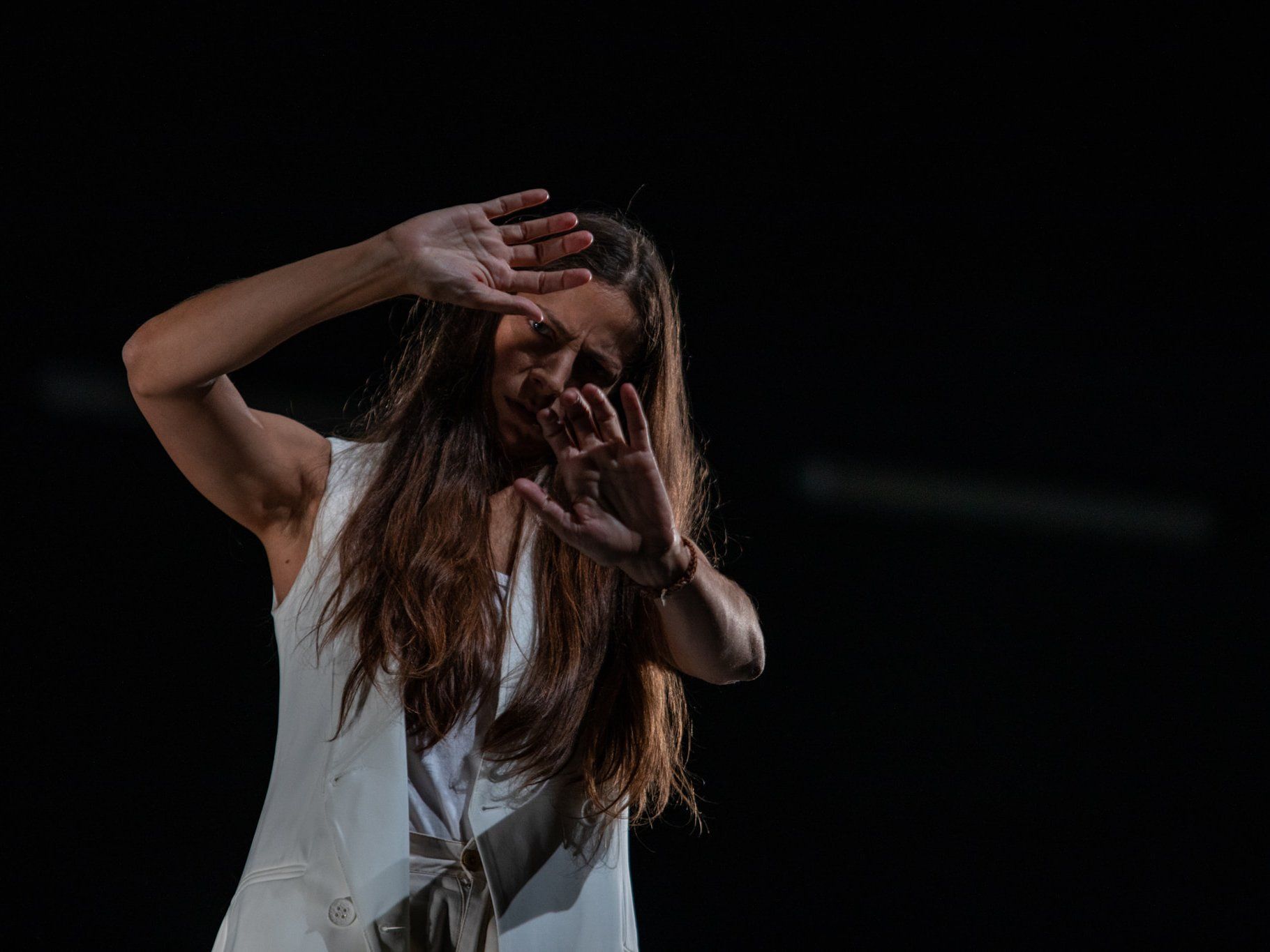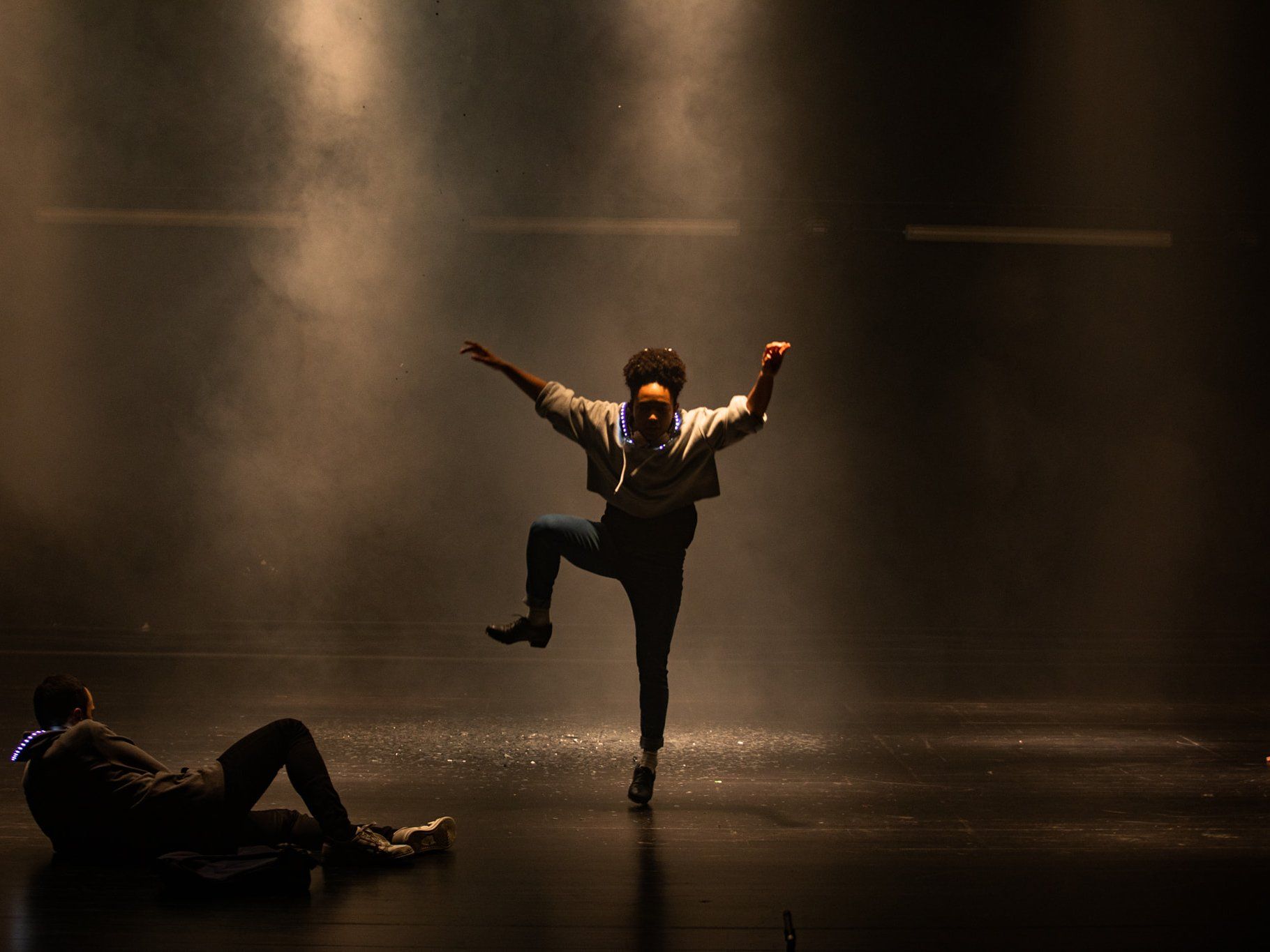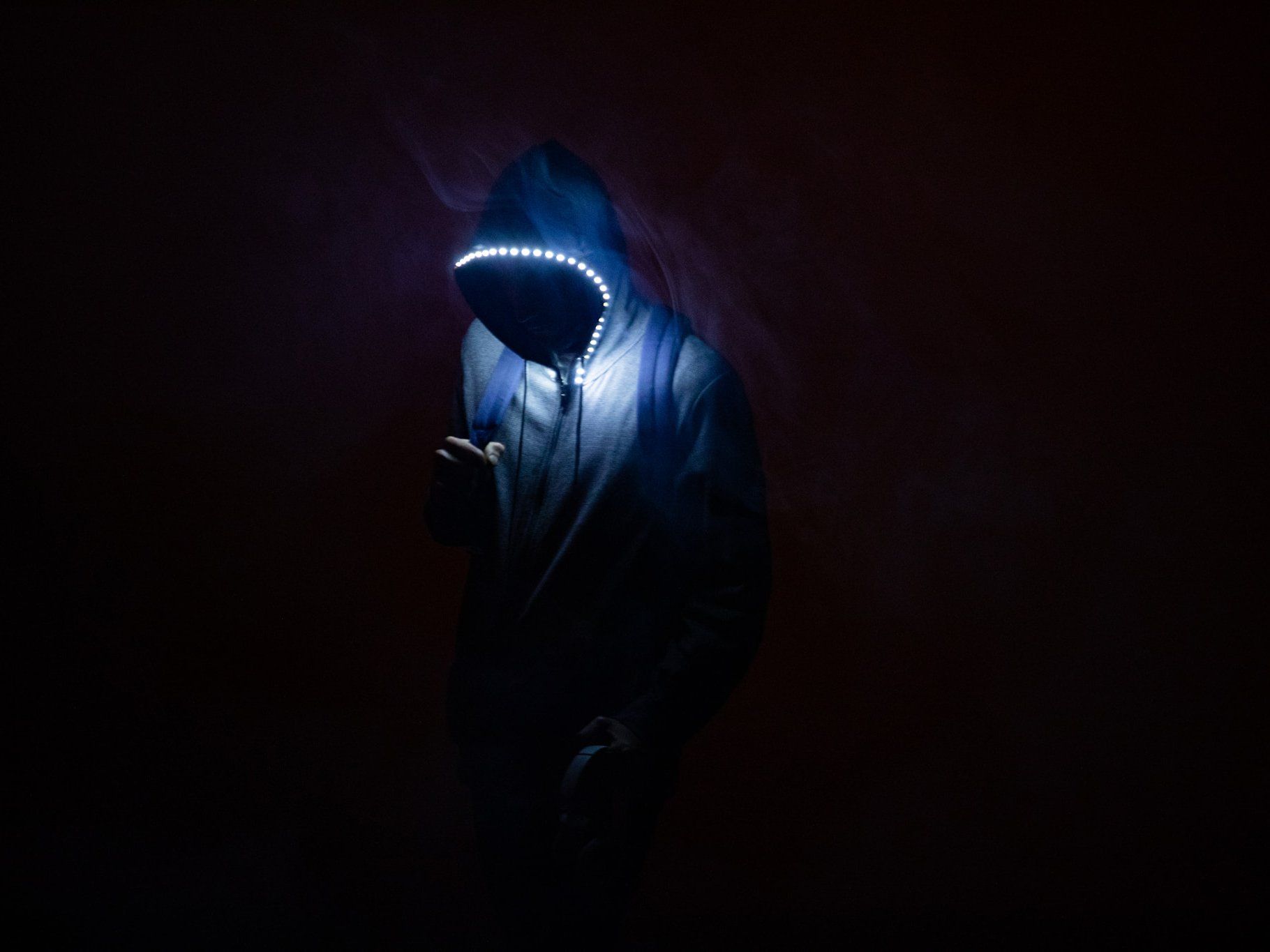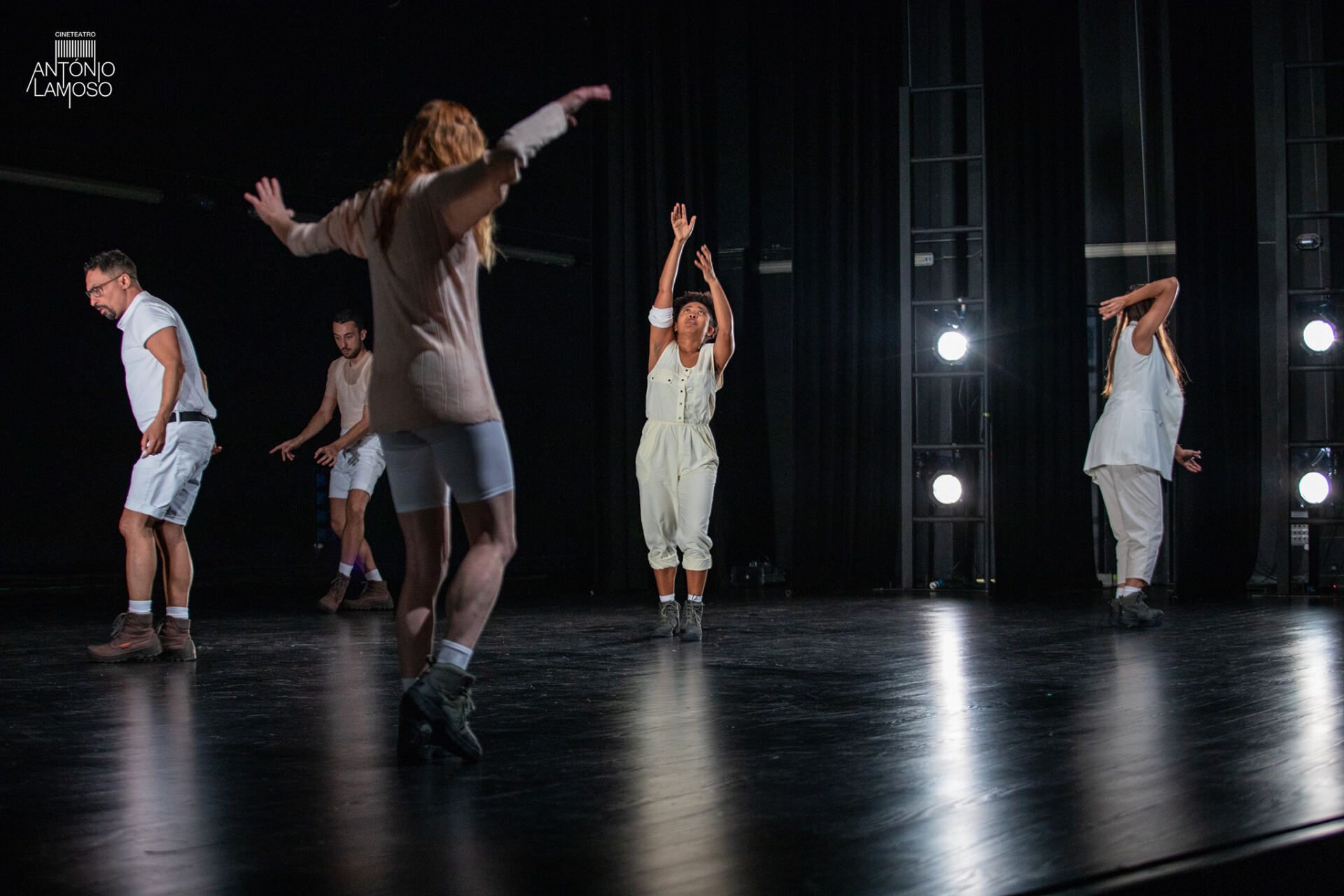€UROTRA$H
Inspired by Ballet Contemporâneo do Norte‘s mission of experimentally re-invent its programatic and organizational structure, and following the curating programs designed by Dinis Machado and Mariana Tengner Barros in 2017 and 2018 respectively, €UROTRA$H was a curating program conceived by Rogério Nuno Costa, guest curator for the year 2019. The program consisted in a wide and diversified platform for choreographic practice and reflection, where artists, researchers and other agents were challenged to envision a multifaceted idea of Europe, imagined as a historic, philosophical and aesthetic concept. As George Steiner explains in The Idea of Europe (2004): “Europe is the place where Goethe’s garden almost borders on Buchenwald, where the house of Corneille abuts on the market-place in which Joan of Arc was hideously done to death.”
The urgency of a cross-disciplinary reflection on these contradictions and tensions (cultural, social, political, economic and religious), which for centuries have contributed for both the withdrawal and unification of a certain idea — contested by some, embraced by others — of (pan-)European cultural identity, has recently gained a new critical impetus boosted by the so-called “refugee crisis” and the resurgence of nationalist movements. Looking after a hybridization of the choreographic practice with methodologies and discourses coming from other artistic and scientific fields, collaborators were challenged to foment critical elaborations able to re-design a pluralist and multicultural (e)utopia through art and its social and political potentialities, creating and presenting performative, conferential and educational activities driven by the will to “be part of”, and about solidarity and hospitality, the travel and the exotic.
As a laboratory for the experimentation of new approaches to the production and presentation of artistic objects, the program brought forward an analytical framework able to test the hypothesis of an ethic-as-aesthetic identity for the company, one that could present itself as mutable, hollistic and de-hierarchized, sharing authorships and agencies, and ultimately foreseeing the possibility of an “experimental” company. Throughout the year and in many locations of Santa Maria da Feira’s municipality, the program has launched 4 thematic series of activities corresponding to 4 ideas of Europe as defined by Georges Steiner: a group of 8 dance workshops (EUROPA ENDLOS), three site-specific performances (AGORA), one cycle of talks/lectures (CAFÉ CENTRAL) and two stage dance pieces (EUROSHIMA). A fifth and last idea of Europe, titled ATHENS, JERUSALEM, will happen in the form of an online publication to be launched until the end of 2020.
Europe has been, is walked. […] The cartography of Europe arises from the capacities, the perceived horizons of human feet. European men and women have walked their maps, from hamlet to hamlet, from village to village, from city to city. More often than not, distances are on a human scale, they can be mastered by the traveller on foot, by the pilgrim to Compostela, by the promeneur, be he solitaire or gregarious. […] Europe has no Death Valley, no Amazonia, no ‘outback’ intractable to the traveller.
GEORGE STEINER
EUROPA ENDLOS was an educational program thought for audiences of all ages without any experience in dance. As a complement to Ballet Contemporâneo do Norte’s dance productions, where the audience is invited to see dance, here the spectator is challenged to experience dance: its strategies, motives and modes of usage. The cycle consisted in a group of 8 thematic sessions organized in a straight dialogue with €UROTRA$H‘s main concepts and tropes.
Europa Endlos/Europe Endless (titled borrowed from a song in Kraftwerk’s 1976 album “Trans Europa Express”) set the tone for the sessions, proposing 8 experimental encounters with various trans-European choreographic narratives: more or less neighbouring, more or less distant, migrated or immigrated, borrowed or appropriated dances. Europe was turned here into a hybrid and questioning concept, expanding beyond its historical, geographic, cultural and philosophical borders. A crossed, trespassed, walked-through Europe.
The first three sessions (January, February and March 2019) introduced the participants to a less known historical-cultural variation of
Ballet; the so-called “character dances” were inspired by Hungarian, Ukrainian, Russian and Roma folkloric traditions, presenting an interesting yet problematic incorporation of the ethnic “other” into the Western canon. In April, the program initiates a new 3-session cycle, this time dedicated to the idea of
Contemporary; the geographic, historical and cultural limits of the “European” map are now crossed over and expanded towards choreographic paradigms from other continents, embracing dance and musical trends that have been inspiring the global pop, hip hop and street dance culture in recent years. From Brazilian
funk
and
passinho
to Angolan
kuduro
and Mozambican
marrabenta, the cycle suggested a renovated attention to the
Global South, specifically collaborating with dance professionals from Portuguese-speaking countries (Brazil, Angola and Mozambique) currently residing and working in Portugal. The two last sessions (November and December) approached the concept of
North. The focus was now to re-centre and to narrow the attention down to the Iberian historical context, looking at ancestral choreographic narratives — such as the Celt dances and other ethnographic manifestations originating in the North of Portugal, like
Vira
and
Malhão
— and other musical-choreographic genres that are central to the history of Galician-Portuguese folk.
Curation: Rogério Nuno Costa | Educators: Aleksander Vorontsov (Russia), Renann Fontoura (Brazil), Kilamú Killa (Angola), Catarina Panguana (Mozambique), Rute Mar (Portugal) and NEFUP – Núcleo de Etnografia e Folcore da Universidade do Porto (Portugal) | Production: BCN – Ballet Contemporâneo do Norte, Cineteatro António Lamoso | Artwork & Design © Jani Nummela | Pictures by © Diana Santos
Europe is made up of coffee houses, of cafés. These extend from Pessoa’s favourite coffee house in Lisbon to the Odessa cafés haunted by Isaac Babel’s gangsters. They stretch from the Copenhagen cafés which Kierkegaard passed on his concentrated walks, to the counters of Palermo. […] Draw the coffee-house map and you have one of the essential markers of the ‘idea of Europe’.
GEORGE STEINER
CAFÉ CENTRAL is the title of the conferential segment of
€UROTRA$H. Researchers and thinkers from various fields have suggested informal encounters with the audience, moderating open and unpredictable talks in and around the topics and sub-topics of the curating program and its “in-progress” materializations. The “Central Café” as a place of intellectual debate and political conspiracy, inhabited by
flâneurs, poets, metaphysics and writers, micro-unity of meaning that crosses all European latitudes.urope.
The first three talks (April 2019) took place in an old church in the small village of São João de Ver, in the outskirts of Santa Maria da Feira. Each talk set up a thematic dialogue with the ongoing site-specific performances (AGORA) that were about to premiere in the same peculiar space of the church. Three
ideas of Europe
were then discussed, through participatory talks between the program’s collaborators, the audience and guest researchers: Joclécio Azevedo and Jorge Gonçalves (performing arts), Luís Lima (literary studies) and Eduarda Neves (philosophy). The second phase of the cycle (October 2019) established a symbiotic dialogue with
EUROSHIMA, the two dance performances that were about to premiere in Cineteatro António Lamoso’s stage. Researchers and scholars specialized in the fields of feminism, post-colonialism/de-colonialism, anti-racism and queer studies (Andreia Coutinho, Laura Sequeira Falé and Maribel Mendes Sobreira, from FACA Collective, and Joacine Katar Moreira, from INMUNE – Institute of the Black Women in Portugal) met the audience around an open and unpredictable round table where a non-normative history of Europe was (re-)imagined
Curation: Rogério Nuno Costa | Educators: Aleksander Vorontsov (Russia), Renann Fontoura (Brazil), Kilamú Killa (Angola), Catarina Panguana (Mozambique), Rute Mar (Portugal) and NEFUP – Núcleo de Etnografia e Folcore da Universidade do Porto (Portugal) | Production: BCN – Ballet Contemporâneo do Norte, Cineteatro António Lamoso | Artwork & Design © Jani Nummela | Pictures by © Diana Santos
The streets, the squares […] are named a hundredfold after statesmen, military figures, poets, artists, composers, scientists and philosophers. […] The European schoolchild, urban men and women, inhabit literal echo-chambers of historical, intellectual, artistic and scientific achievements. Very often, the street sign will carry not only the illustrious or specialised name, but the relevant dates and a summary description. Cities such as Paris, Milan, Florence, Frankfurt, Weimar, Vienna, Prague or St Petersburg are living chronicles. To read their street signs is to leaf through a present past.
GEORGE STEINER
AGORA
was a group of three in-situ performances choreographed by Catarina Campos, Joclécio Azevedo and Jorge Gonçalves presented in an old church (São João de Ver, Portugal), sequentially and with the same cast: Carminda Soares, Maria Soares, Melissa Sousa and Renann Fontoura. The three choreographers were asked to design a site-oriented short performance inspired by the architecture and iconography of the church and the following quote by Aldous Huxley: “Europe is so well gardened that it resembles a work of art, a scientific theory, a neat metaphysical system. Man has re-created Europe in his own image”, in
Wordsworth in the Tropics (1929). Following that romanticization of a mythological Europe, the resulted performances reformulated the idea of
AGORA
as the birthplace of freedom (individual, political, sexual, etc.) and the democratic mission that substantiates the European project, urged to be re-thought and re-created in/by the contemporaneity. Each piece proposes a reflection about one or more “ideas of Europa” foreseen for a “presentified” future, at the same time questioning the artistic and research practices of the guest choreographers by the means of a site-specific dance performance — Dance as practice and thinking. The place of intervention (Old Church of São João de Ver), here devoid of its original function, is re-activated and enhanced as a “new agora”, an alternative sphere for public (therefore political) discussion — a quite radical one, around the importance of re-locating contemporary art in other centres..
Performances:
-
Impalpable IntentionsList Item 1
“Impalpable Intentions”. This performance focuses in the notions of immateriality and common imaginary that is produced within a temporary group of people, residing in the threshold between participation and contemplation, inclusion and exclusion.
Jorge Gonçalves
-
Transitory DispositionsList Item 2
“Transitory Dispositions”. This work represents an outworn rehearsal, a test of resistance and mental flexibility, based in a structure of repetitive actions that set up a hyper-saturated landscape of gestures. The performers inhabit their own body as a laboratory for a mechanical experimentation, risking the loss of meaning.
Joclécio Azevedo
-
At Least 77List Item 3
“At Least 77.” About the celebration of the 30th anniversary of the Berlin Wall’s fall. Key-concepts: Wall. Ego. Blind. The wall as am oxygen-less barrier that separates, distorts and damages, contrasting with both the strength and the weaknesses of each of the two realities created.
Catarina Campos
Choreographers: Catarina Campos, Joclécio Azevedo, Jorge Gonçalves | Dancers: Carminda Soares, Maria Soares, Melissa Sousa, Renann Fontoura | Technical Direction: Daniel Oliveira | Photography: Miguel Refresco | Design & Artwork: Jani Nummela | Curating & Documentation: Rogério Nuno Costa | Production: Ballet Contemporâneo do Norte | Support: Junta de Freguesia de São João de Ver, Paróquia de São João de Ver, Tuna Musical de Santa Marinha, mala voadora.
Long before Valéry’s recognition of the “mortality of civilizations” or Spengler’s apocalyptic diagnosis, European thought and sensibility had envisaged a more or less tragic finality. […] Long after what historians have called “the panic of the year one thousand”, prophecies of eschatological doom, numerologies which seek to fix its date, throng the European popular imagination. […] In a secular, intellectualised format, a “sense of an ending” is explicit in Hegel’s theory of history as it had been in Carnot’s momentous formulation of entropy, of the inevitable extinction of all energy. […] It is as if Europe, unlike other civilizations, had intuited that it would one day collapse under the paradoxical weight of its achievements and the unparalleled wealth and complication of its history.
GEORGE STEINER
EUROSHIMA
was the last segment to be presented within the scope of the program
€UROTRA$H. Two
cartes blanches were given to conceive two stage performances to be shown sequentially in the Cineteatro António Lamoso (Sta. Maria da Feira, Portugal):
Expedição
(“Expedition”) by Mara Andrade, and A Ideia de Europa (“The Idea of Europe”) by Cátia Pinheiro & José Nunes (Estrutura). Following the fifth and last idea of Europe equated by George Steiner, the two performances suggest an eschatological re-interpretation of a dystopian future for Europe, through contributions coming from the fields of geopolitics, philosophy and European studies.
Choreographers: Catarina Campos, Joclécio Azevedo, Jorge Gonçalves | Dancers: Carminda Soares, Maria Soares, Melissa Sousa, Renann Fontoura | Technical Direction: Daniel Oliveira | Photography: Miguel Refresco | Design & Artwork: Jani Nummela | Curating & Documentation: Rogério Nuno Costa | Production: Ballet Contemporâneo do Norte | Support: Junta de Freguesia de São João de Ver, Paróquia de São João de Ver, Tuna Musical de Santa Marinha, mala voadora.
Timeline
Ballet I
26.01.2019
EUROPA ENDLOS
Slavic Character Dances: Great Russia and Bessarabia, Caucasus & Ukraine. Teacher: Aleksander Vorontsov.
Ballet II
23.02.2019
EUROPA ENDLOS
Romani Character Dances: Gypsy Dances from Russia, Romania & Turkey. Teacher: Aleksander Vorontsov.
Ballet III
16.03.2019
EUROPA ENDLOS
Latin-American Character Dances (Cuba). Teacher: Aleksander Vorontsov.
Talk #1
16.03.2019
Café central
Ideas of Europe, with Joclécio Azevedo, Jorge Gonçalves and Rogério Nuno Costa.
Talk #2
30.03.2019
CAFÉ CENTRAL
Sidewalks, Passersby and Pathways, with Luís Lima.
Contemporary I
13.04.2019
EUROPA ENDLOS
BRAZIL: urban dances, hip-hop and funk coexisting. Teacher: Renann Fontoura.
Talk #3
13.04.2019
CAFÉ CENTRAL
The Herd Man, in Europe, with Eduarda Neves.
Premiere
13.04.2019
Rerun — Festival Contradança, Covilhã, September 2019
AGORA |
ἀγορά
Three in-situ performances by Joclécio Azevedo, Jorge Gonçalves and Catarina Campos, at Antiga Igreja de S. João de Ver, Sta. Maria da Feira.
Contemporary II
21.09.2019
EUROPA ENDLOS
ANGOLA: Kuduro/Afro-House. Teacher: Kilamú Killa.
Talk #4
12.10.2019
CAFÉ CENTRAL
Curatoria Activism, with Colectivo FACA (Andreia Coutinho, Laura Sequeira Falé and Maribel Mendes Sobreira).
Contemporary III
19.10.2019
EUROPA ENDLOS
MOZAMBIQUE: Marrabenta. Teacher: Catarina Panguana.
Talk #5
19.10.2019
CAFÉ CENTRAL
De-colonising as de-programming with Joacine Katar Moreira (INMUNE – Instituto da Mulher Negra em Portugal).
Premiere
26.10.2019
Rerun — Chão de Oliva, Sintra, November 2019
EUROSHIMA
Two stage performance by Mara Andrade and Cátia Pinheiro/José Nunes, at Cineteatro António Lamoso, Sta. Maria da Feira
North I
23.11.2019
EUROPA ENDLOS
Celt Dances. Teacher: Rute Mar.
North II
07.12.2019
EUROPA ENDLOS
Viras, Malhões and other Contradanças. Teachers: NEFUP – Núcleo de Etnografia e Folcore da Universidade do Porto.
TBA
2020
ATHENS, JERUSALEM
Online publication. More info soon!
